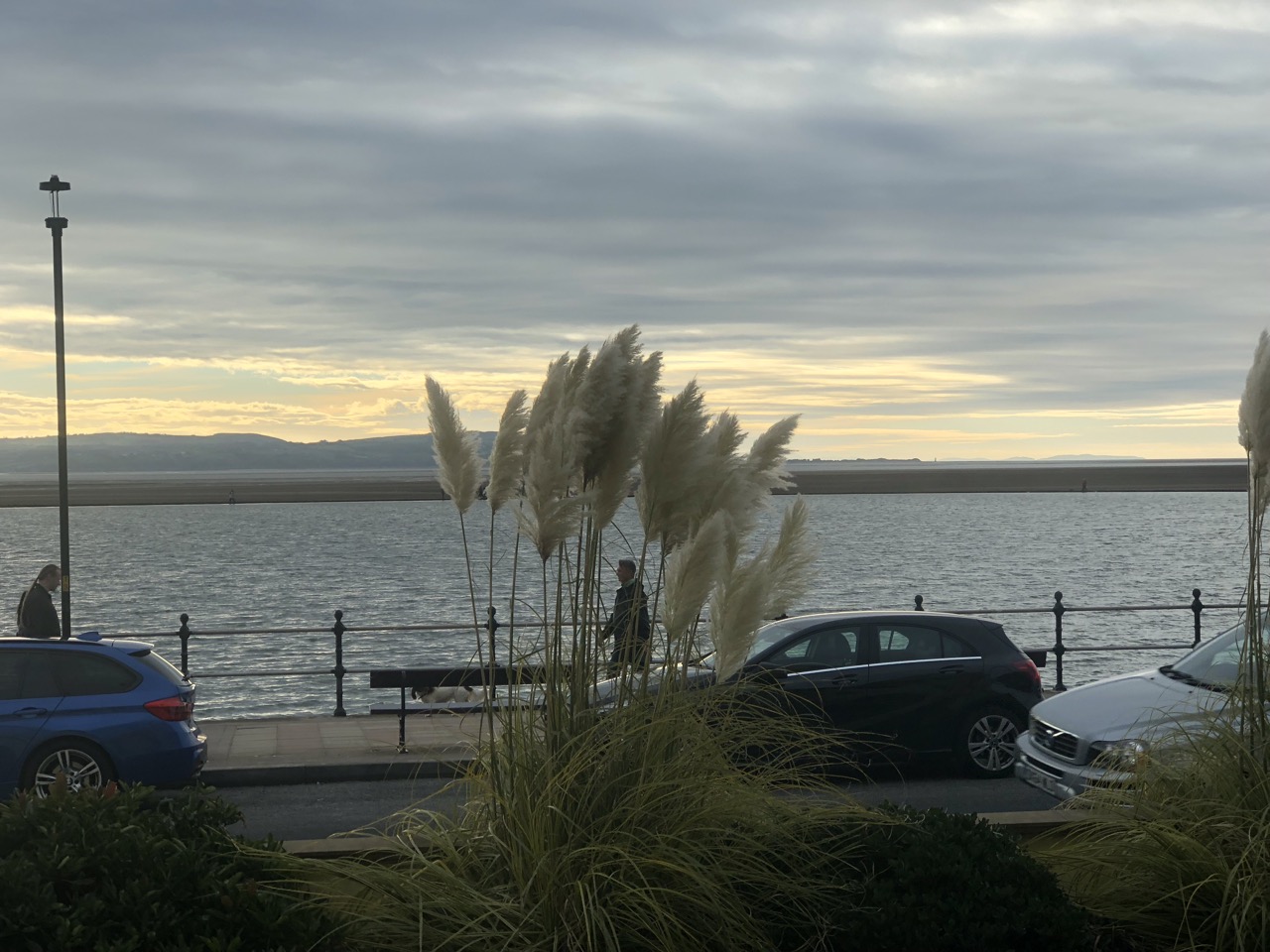I haven’t posted for a couple of weeks because things were pretty boring for a while, but it’s hotted up the last few days.
I had several goes at varnishing the starboard side of the brightwork, but rain/humidity and blistering sun at various times scuppered my efforts. I had managed to get 6 coats of varnish on and it was looking great, I decided to sand to a very smooth surface ( 1000 grit) and put the final coat on. I had almost finished this when unexpectedly the heavens opened and trashed a lot of my work. In the end I got away with everything except for the cap rail. A light rub down and a re-coating should sort that.
Next I planned to swing the boat around to face the other way, but first I had to fix the engine temp gauge and a few other minor engine jobs. I also finished off the locker tops. This was the start of my main three disasters of the week. I had bought some gelcoat to see if I could touch up some of the gouges we got on the passage over. Gelcoat is basically polyester resin coloured white. It’s not easy to mix a small amount as the ratios between the resin and the catalyst and huge, and I think I had a few tablespoons of resin which needed a few drops of the MEK catalyst. I ended up with too much gelcoat, I was only experimenting at this point to see if I could mix it and keep it workable long enough to fill the gouges, however it soon became apparent that the gelcoat was pure brilliant white and my boat isn’t anything like white, even when cleaned. I spread some gelcoat over a bit of card to get a feel for working it with a spatula, I should have had about 30 mins before it went off. I also filled a hole in the cockpit well you can’t really see. Now what could possibly go wrong, well the wind got up, the card covered in gelcoat started flying around the cockpit, me jumping around trying to catch it, and in the process getting my knee in the new gelcoat in the cockpit, didn’t help. End result was gelcoat on the teak, all over my clothes and in my hair. Also three days later it still hadn’t gone off, so was still a major hazard. It’s hardened now!
Onto the next simple job (Disaster number two), some of the screws I had used to fix the piano hinge to the seat locker top were too long and were sticking out under the locker top. I decided to get my power grinder out, and grind them off so they would hurt anyone in the future. All I can say is there’s more to grinding than meets the eye. For a while I had a very well ground boat surrounding very pointy screws. At least I now have a place to use some of the gelcoat. I’m so often reminded of the episode of father ted when he is up all night removing the little bump in the car that’s first prize in the raffle, and in knocking the bump out he ends up eventually with nothing but bumps.
Enough maintenance for now, let’s get back to the varnishing, feel reasonably safe there.
So I waited until the following morning when it was dead calm, and with Jim onboard to assist, I reversed out of the harbour, I was quite nervous doing this, it’s been a while since I have helmed this boat, I wasn’t sure how fouled the hull & prop were, and the boat doesn’t like reversing to start with, it was about 4 boat lengths to get out, with just a few foot either side of clearance between other boats. Anyway I impressed myself by doing it without any issue, slow and steady, keeping the engine in neutral most of the time seemed to reduce the prop walk a lot. Also the bow thruster helped keep the boat lined up. Spinning the boat around I reversed back into the berth without issue and I was able to tie up port side to. Now I can do all the varnish work on this side.
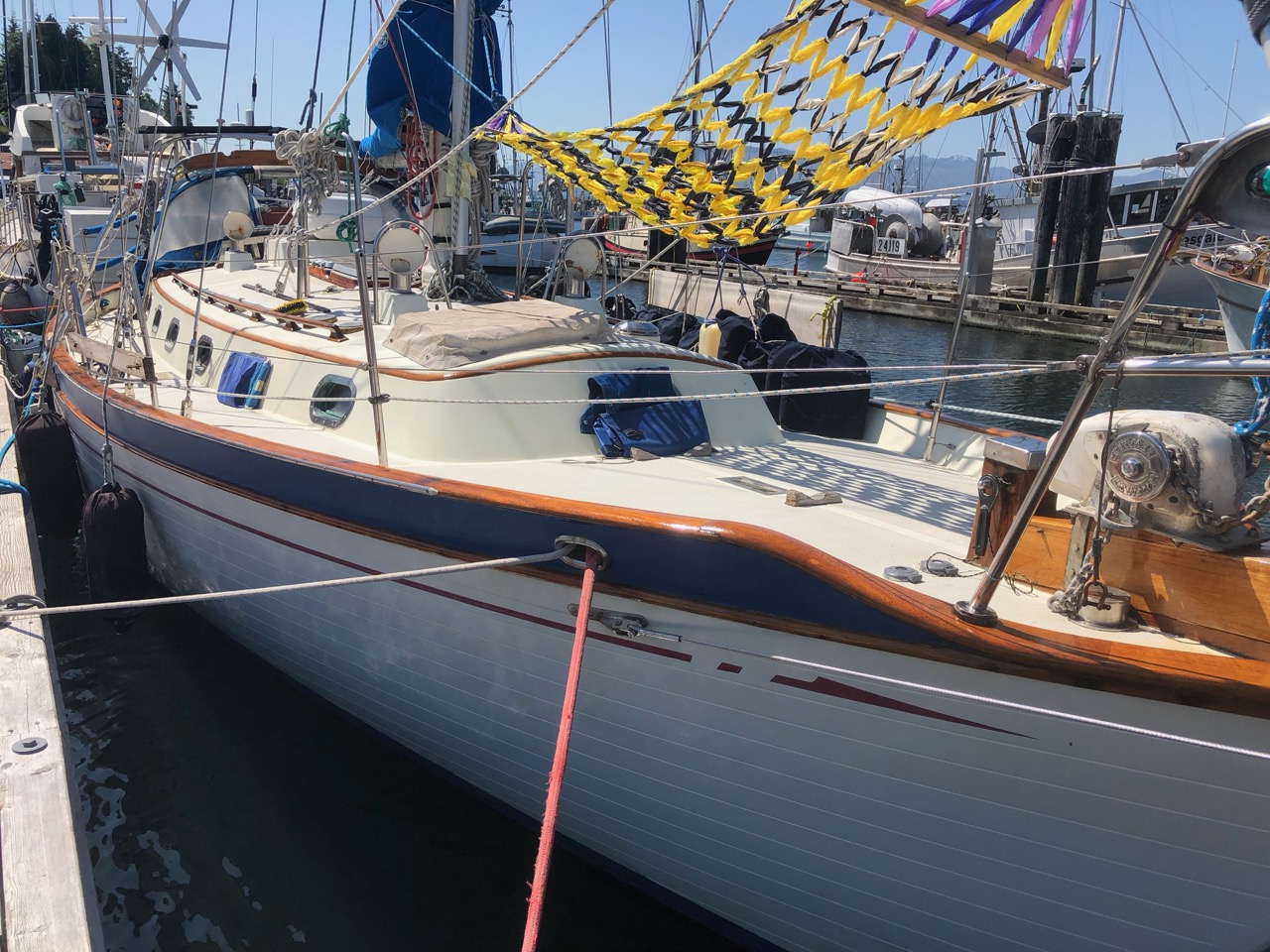
Before I got stuck in I decided to have a bike ride and explore the long coastal road called Kaleva Rd. this is a long run on the Eastern end of the southern side of the island. The are lots of homes along the route and plenty of quirky sights as you can see below.
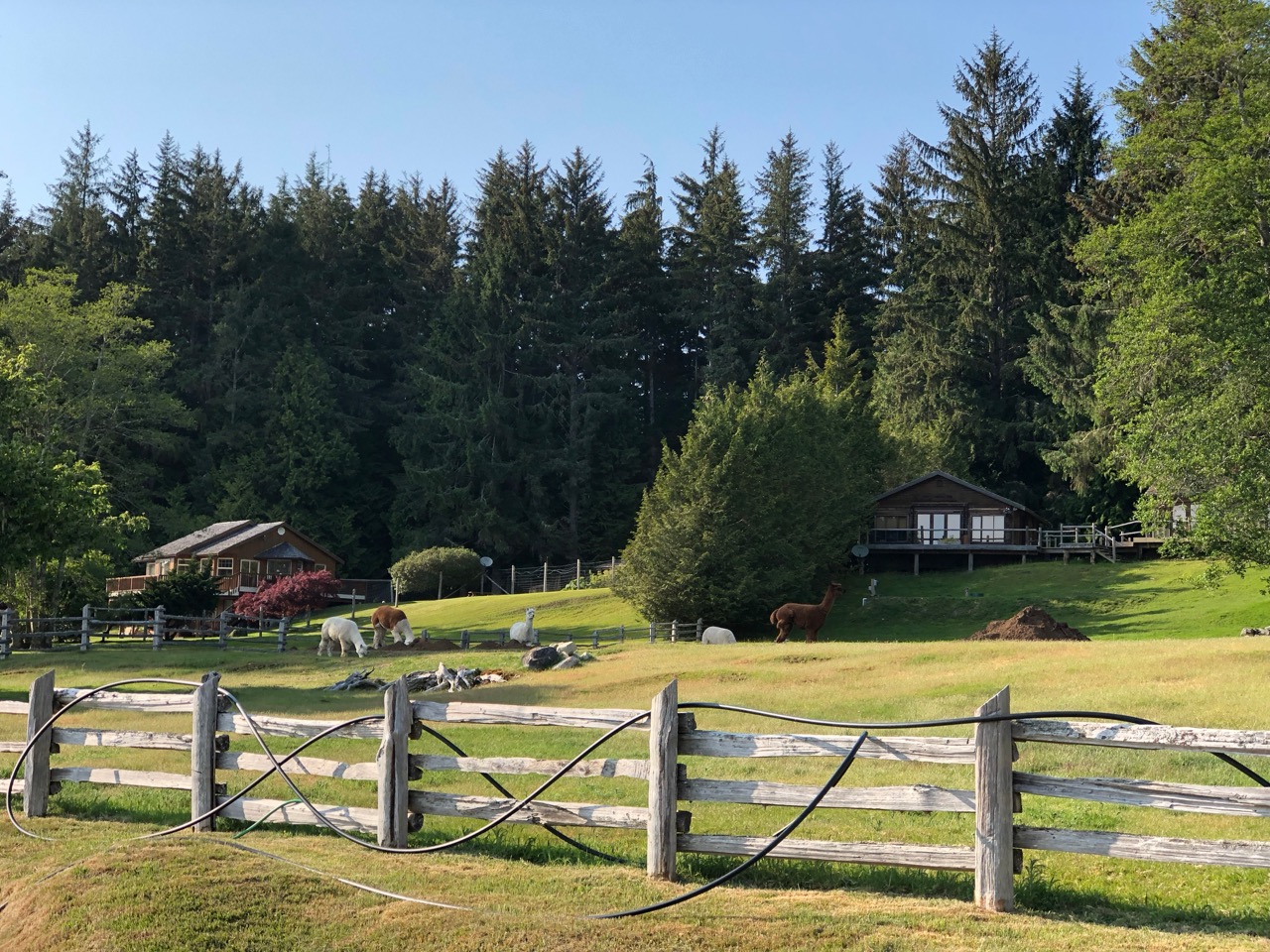
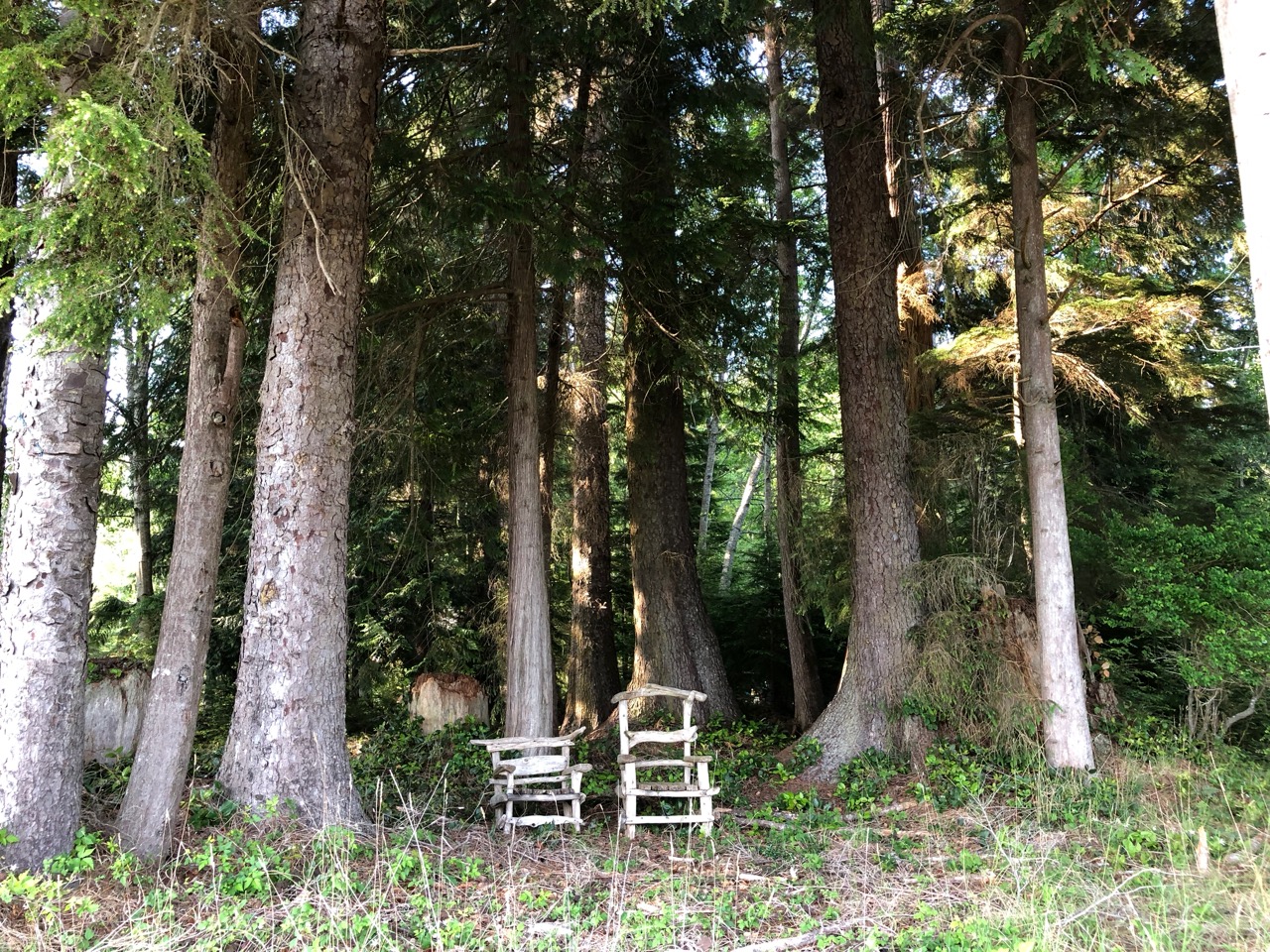
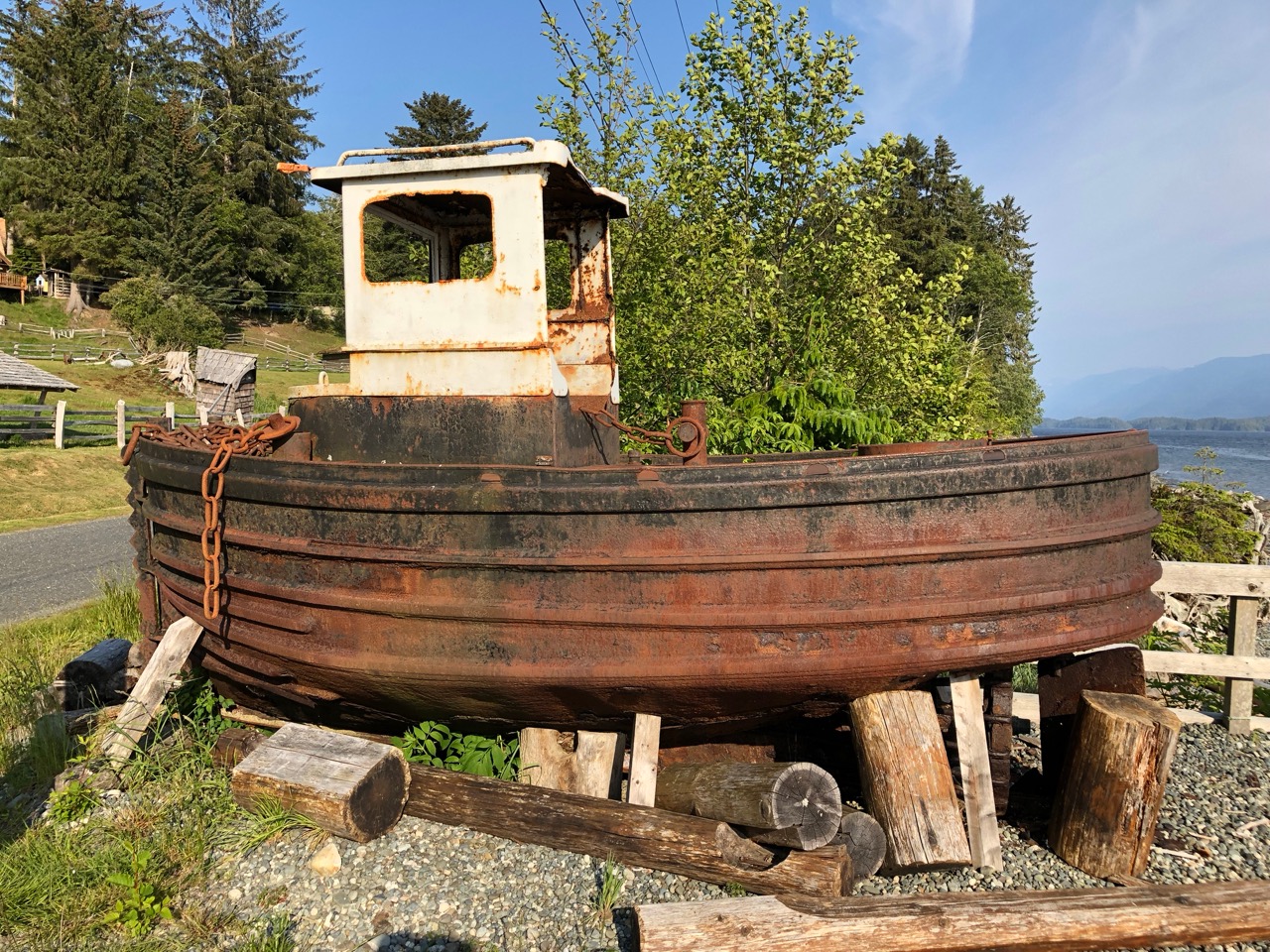
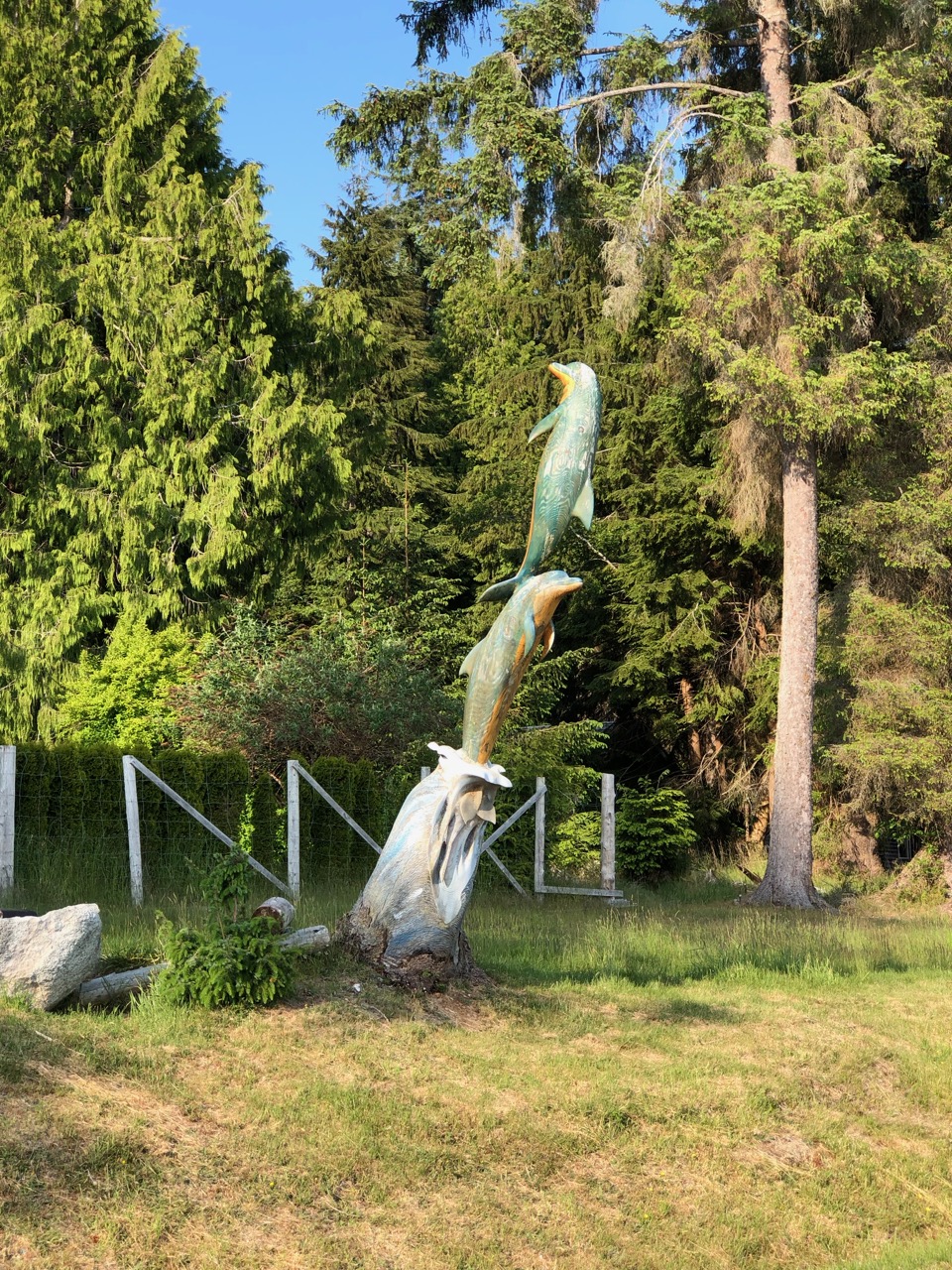
I have started looking into information about the Sea of Cortez, it looks fantastic, I’m getting excited about exploring the coast there.
A few days ago I spotted a Halberg Rassey yacht arrive, thinking this might be a European boat, I wandered over to their pontoon and spotted the Red ensign flying. After chatting with Sue & Andy on board, I learn they are Brits from Portsmouth, they have sailed here from the UK and arrived in Sointula from Japan, before that visiting Alaska, Borneo, Tioman, Anambas, Singapore, Malaysia and Thailand. They had been in most of the same ports as us and knew a lot of the people we had met. In one case we must have only missed them by a few weeks. So we have had a good natter, it’s been really interesting, especially as they have already done the South Pacific and so I can pick up a lot of info from them. Andy & Sue will be leaving soon and making their way down to the sea of cortez, arriving before us, but there’s a good chance we might see them there too. Next year they will leave Mexico and turn left back into the Atlantic whereas we will turn right and into the South Pacific.
Andy had a problem with his stern gear, in particular the bracket that houses his cutless bearing was damaged, and so he decided to haul out at the ways, just as I have decided to do. I went around to take pictures for him and to learn the ropes (no pun intended).
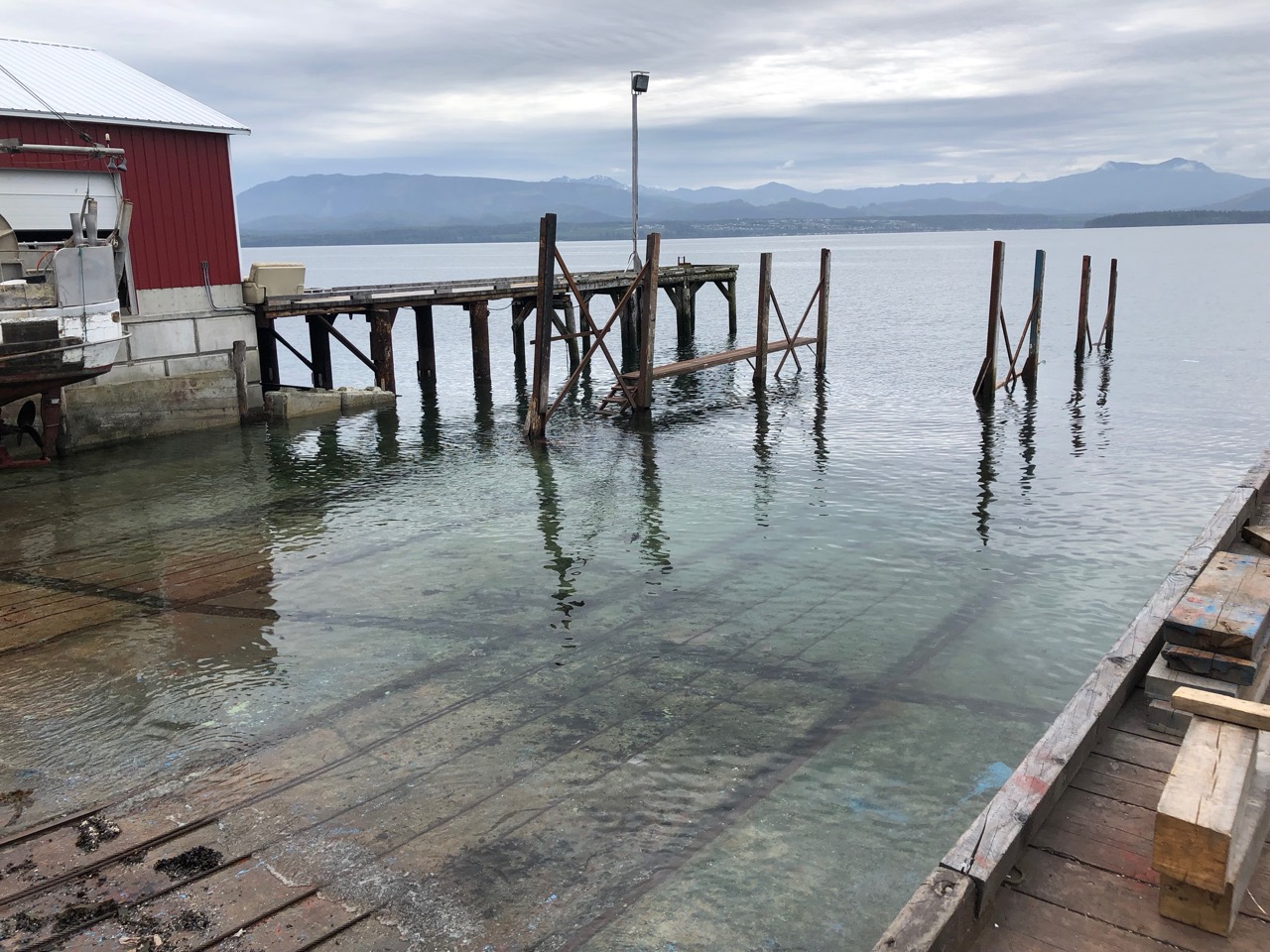
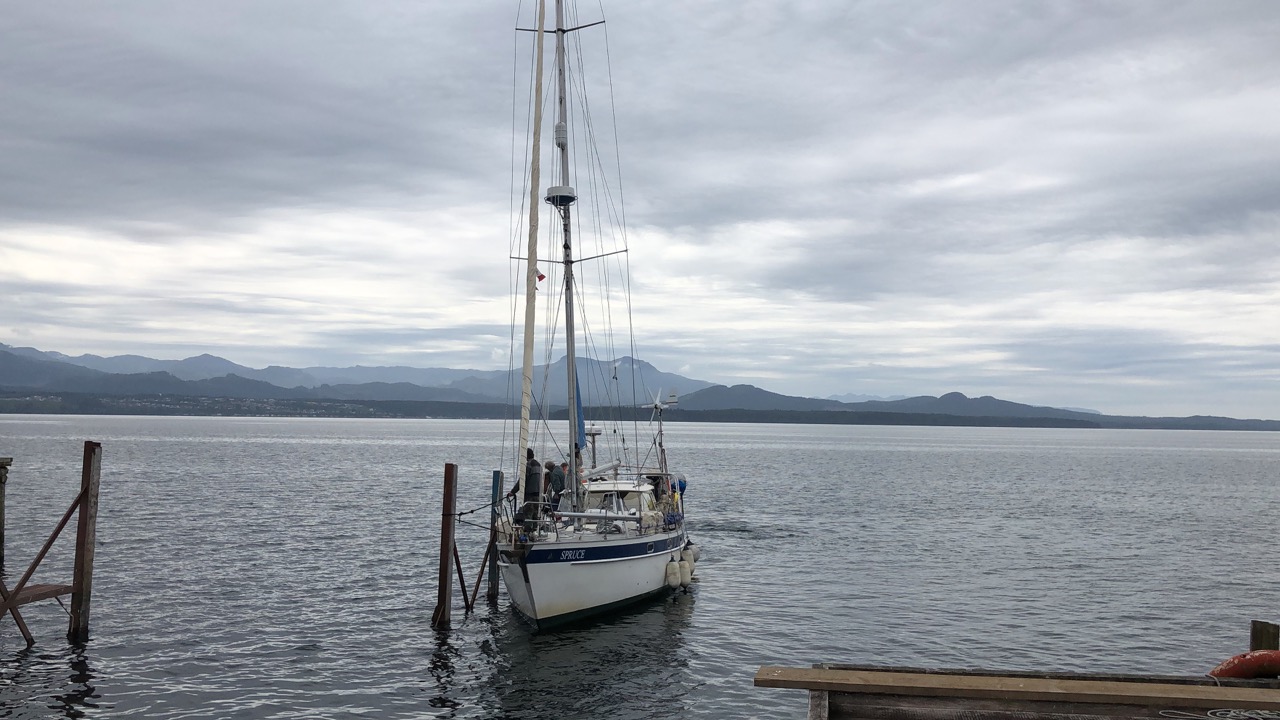
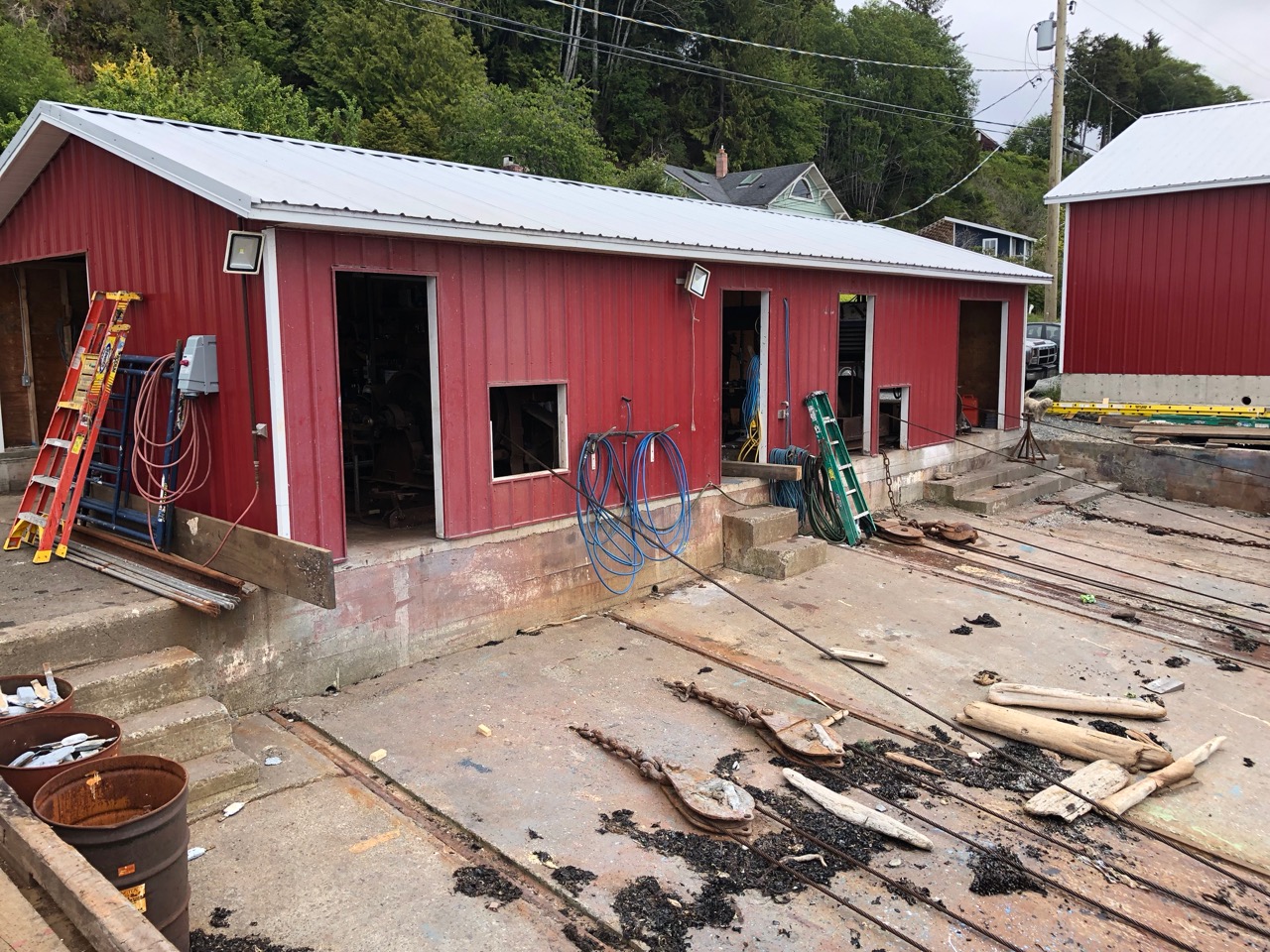

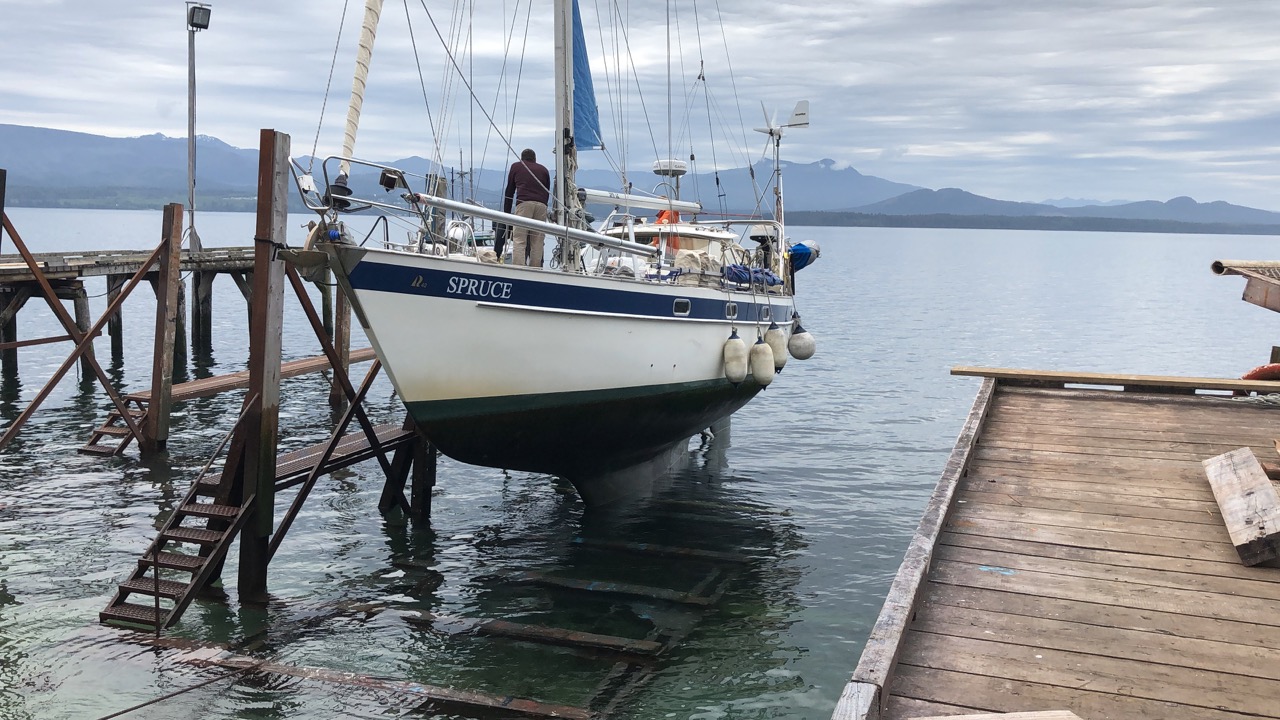
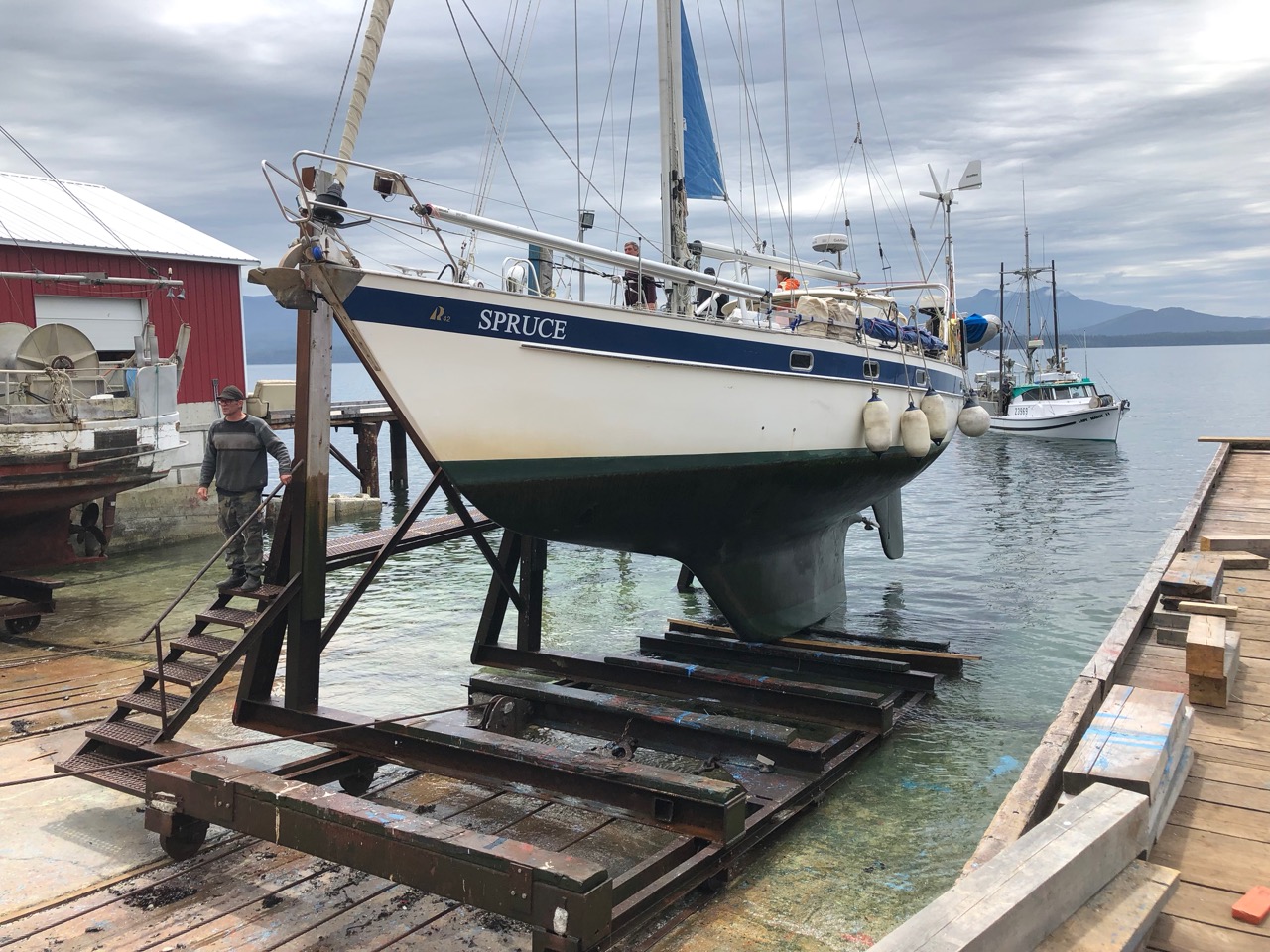
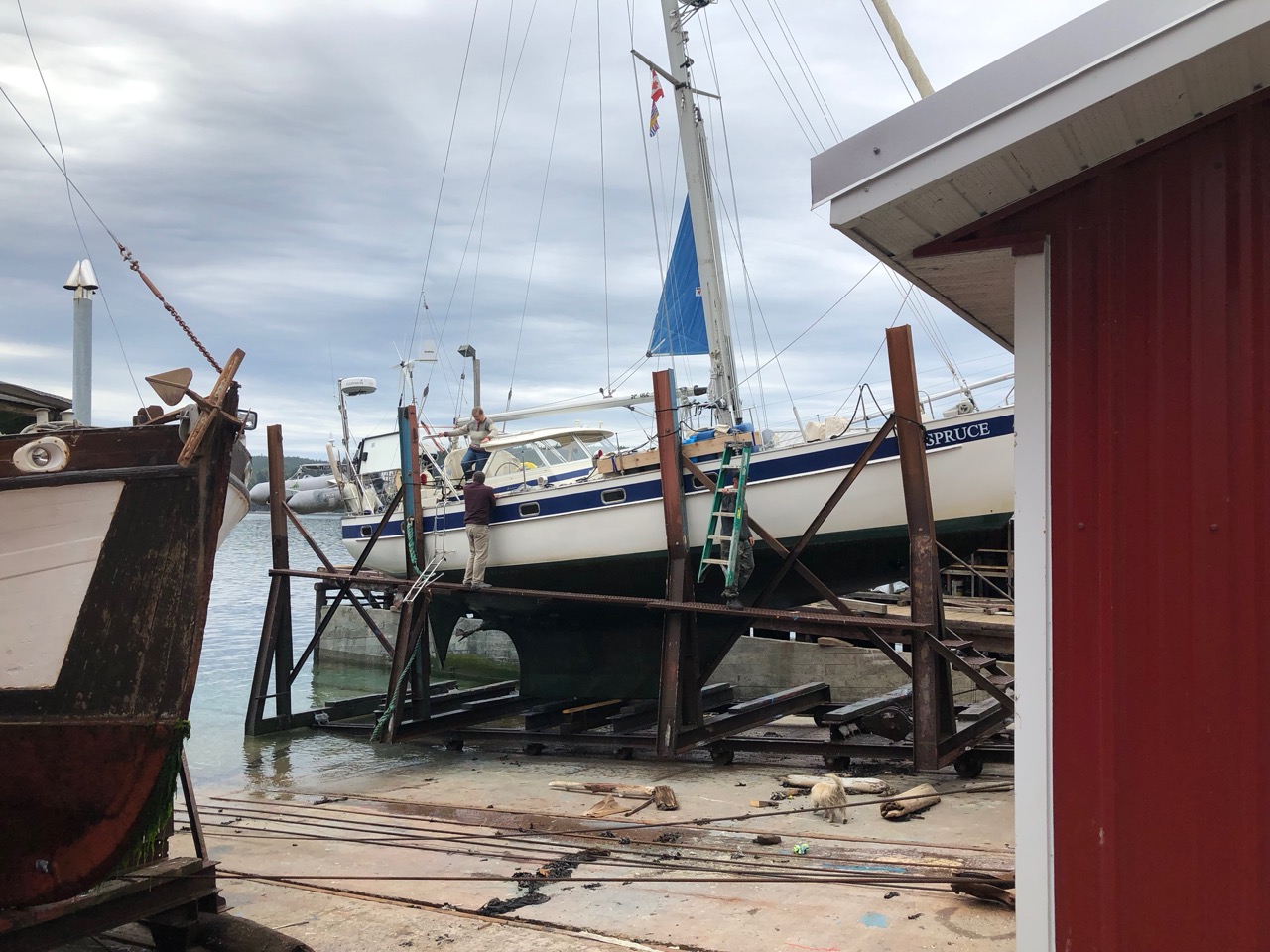
I have now bought a replacement radar, I went for the wireless furuno, which uses an ipad/iphone for displaying the radar output. This cost less than £1000 which is not bad as the wired ones tend to start around £1500 but require a display unit as well, which adds another £1000 and then your getting into all sort of connectivity issues. Another big factor for me is that I have the 12v at the mast already from the old radar so I don’t need to try and feed a new cable through the mast. I’m just waiting for it to arrive, we are saving on postage by waiting for someone who is passing through to collect it from Port Hardy and drop it off on this island.
Tonight I went with Andy & Sue to a concert in the athletic hall up the road. It was guitar and flute, most of the music was Spanish (Flamenco style) and South American performed by the Azuline Duo. It was wonderful, a great setting, lovely acoustics and a lovely appreciative audience
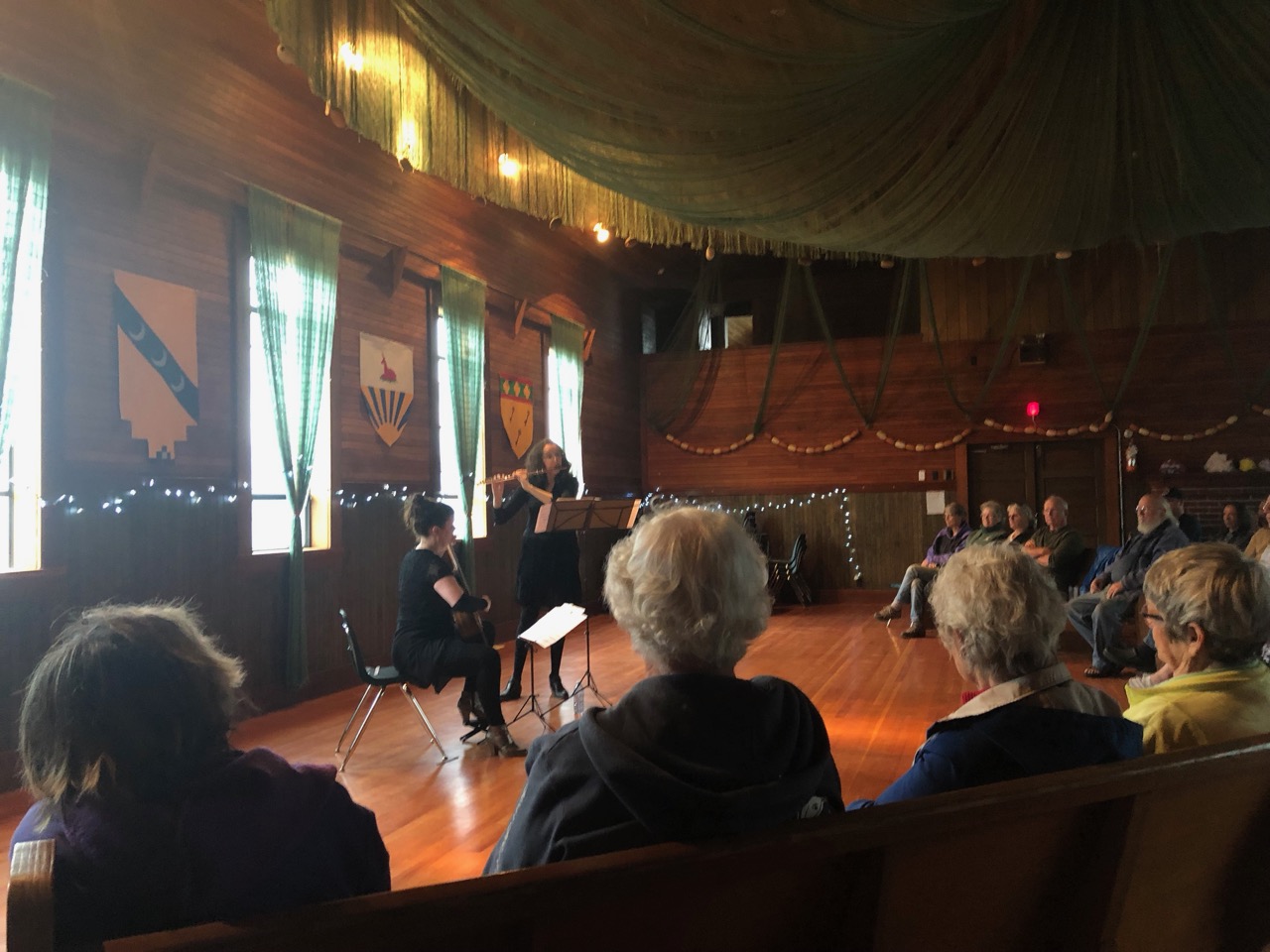

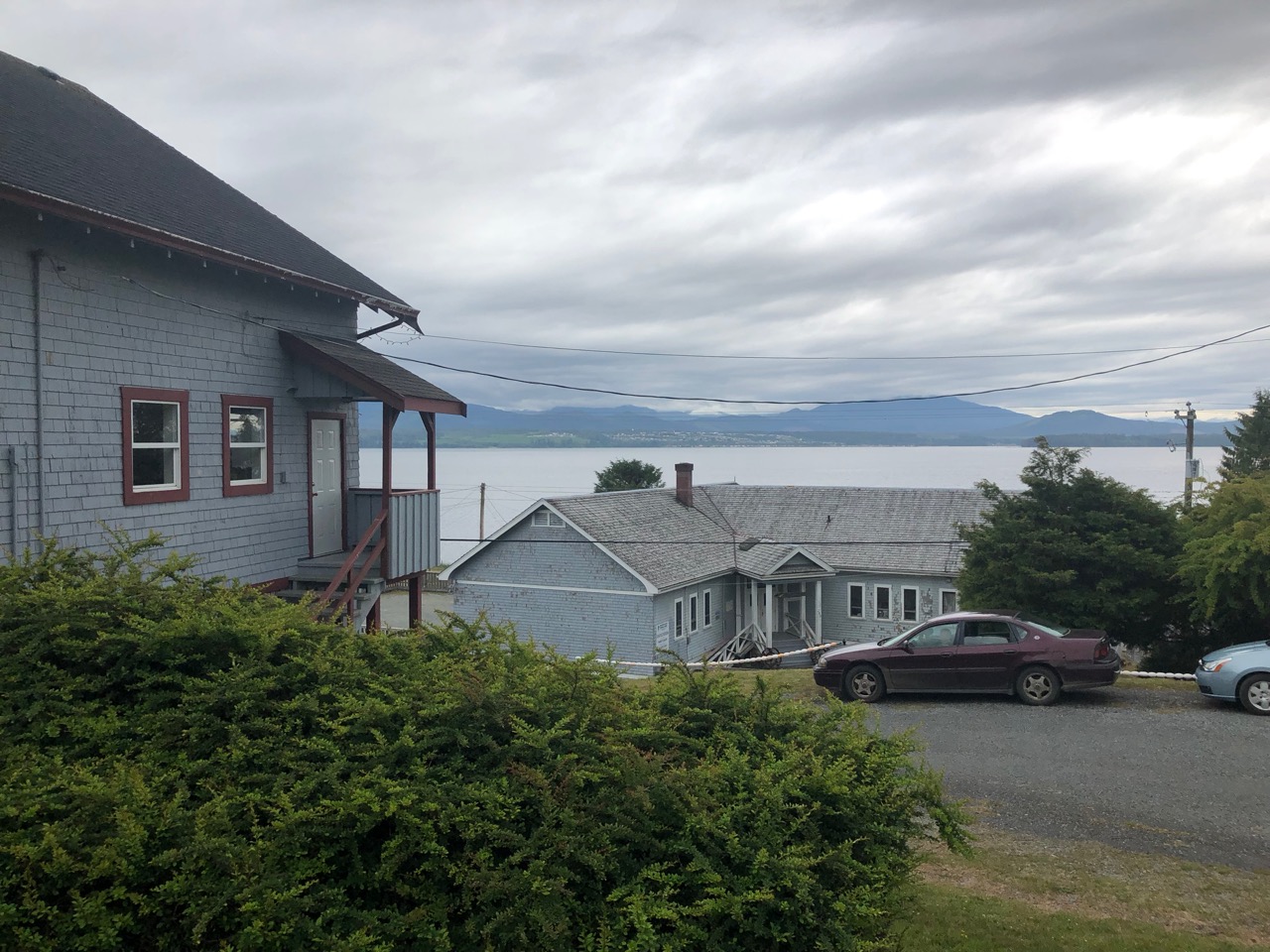
Today I stripped off all the varnish on the port side, tomorrow is sanding and sealing, then varnish, varnish and more varnishing all week. The hope is that I can haul out next week and get the bottom done. I fitted a new accumulator tank for the water and a new water pump for the deck wash this week, so all in all the boat’s pretty good right now.
It does seem though that I’m going to have to replace the hoses for the cockpit drains, as my third and final cock up this week was kicking over a bottle of Acetone in the cockpit well and not twigging what the smell was before half a litre had dripped onto the cockpit sole,removing a large chunk of gelcoat, before running of down the drains. This is a major pain, the hoses aren’t leaking yet, but acetone may or may not have damaged them, it depends what chemicals are used in the hose construction, and it may be that they will fail at some point, maybe tonight or maybe next year or maybe never. The thing is, when they fail, the boat will flood and probably sink. It’s not a bad idea to change them anyway, they are quite old.
Paul Collister

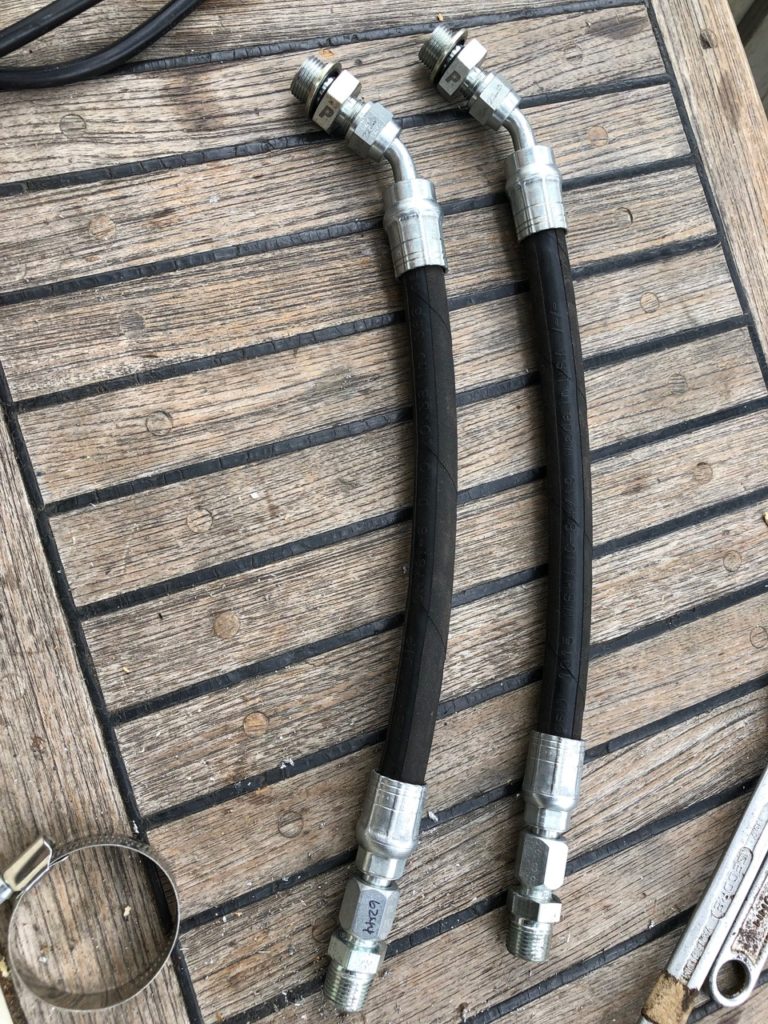
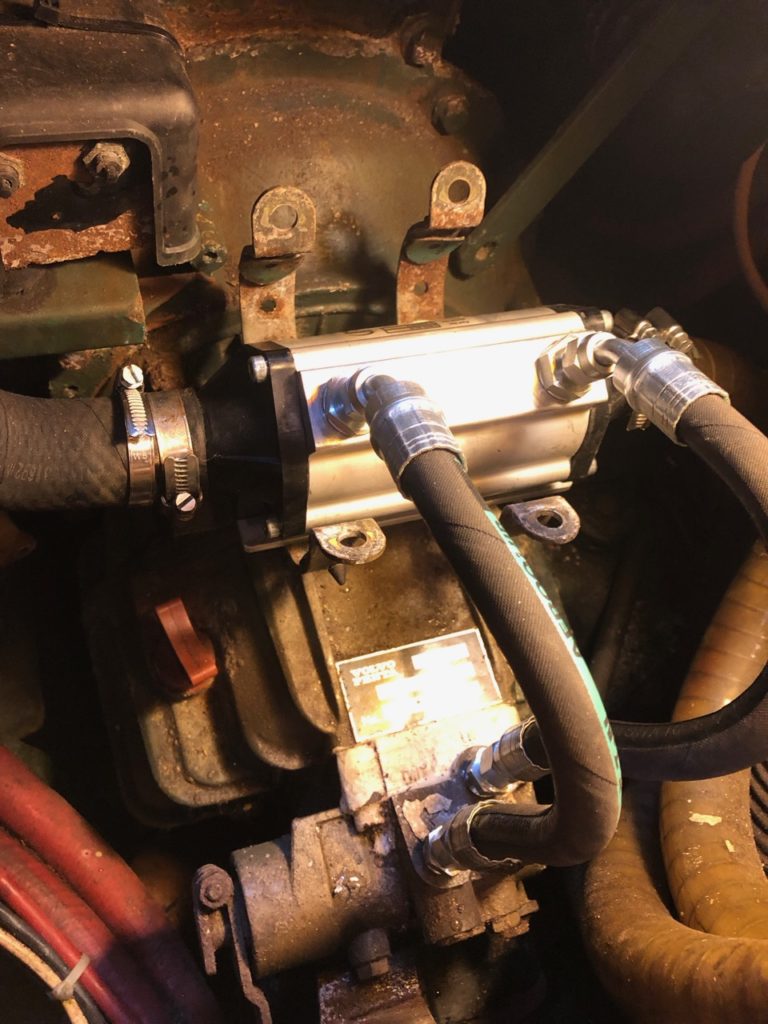
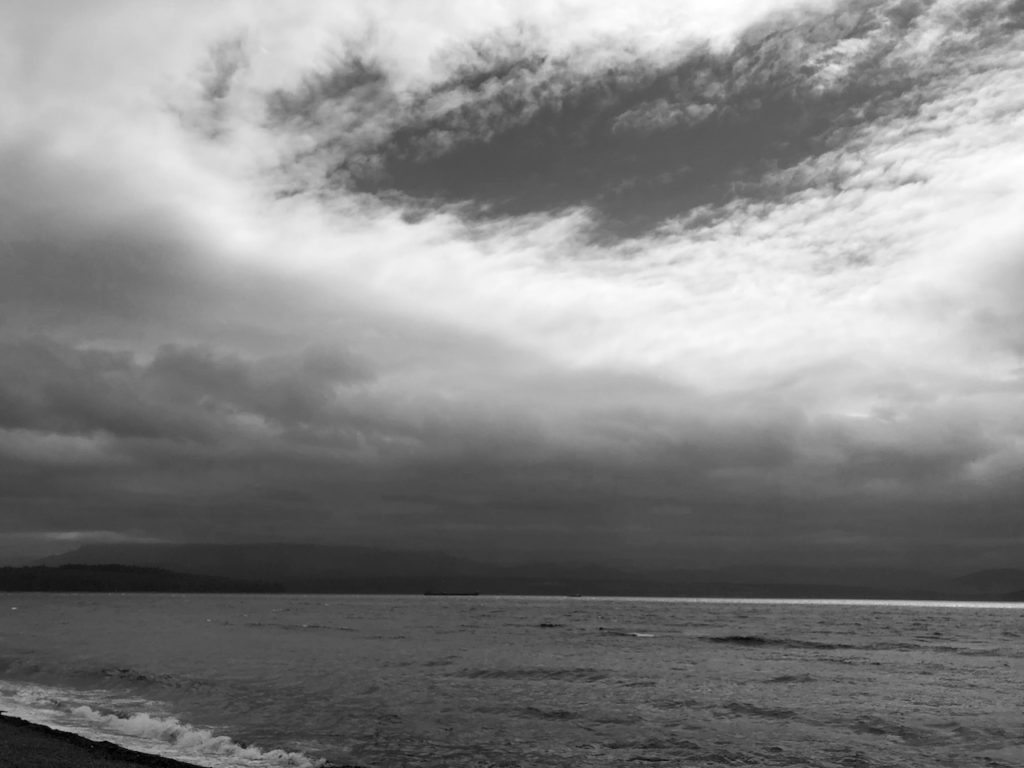
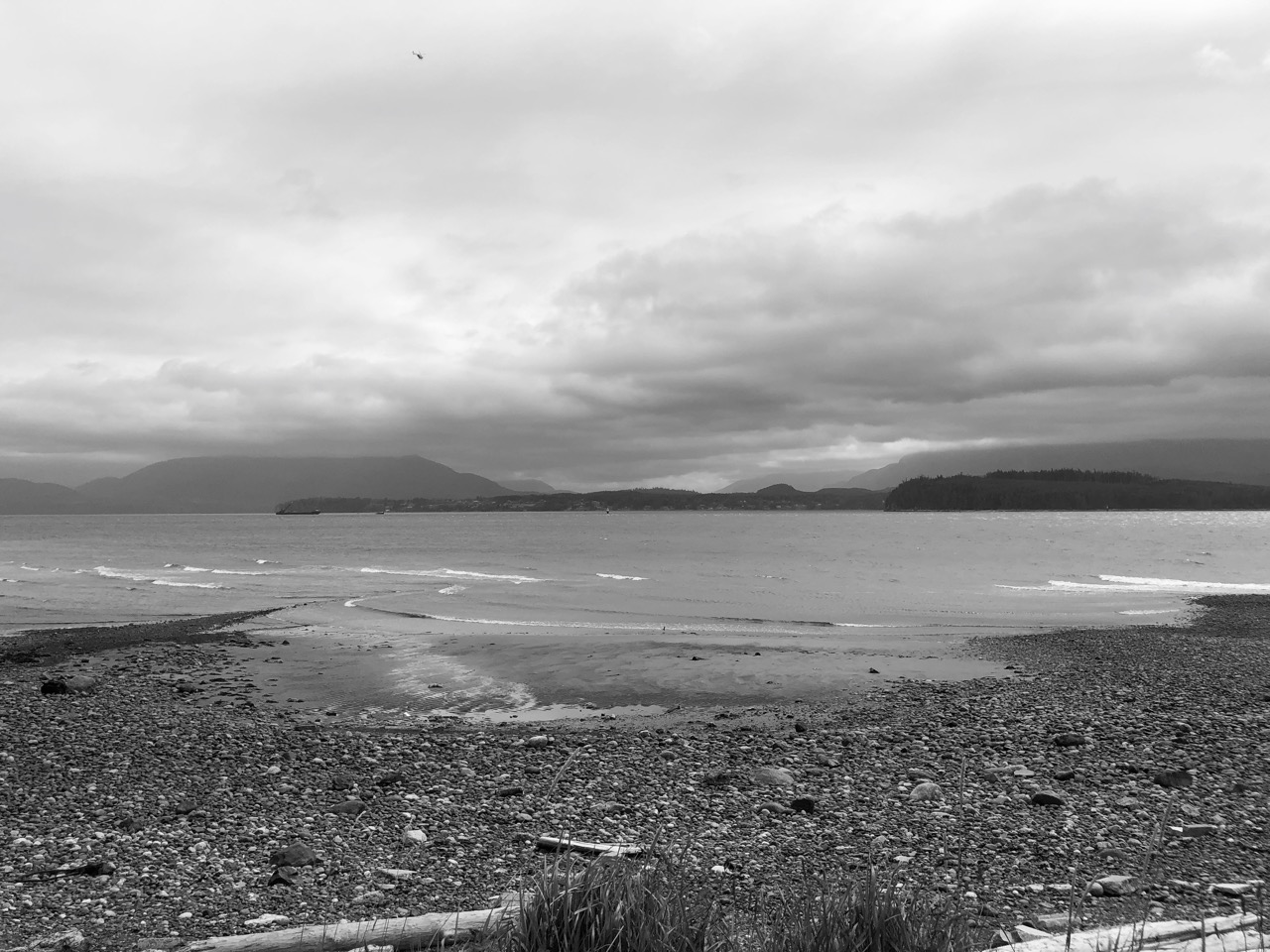
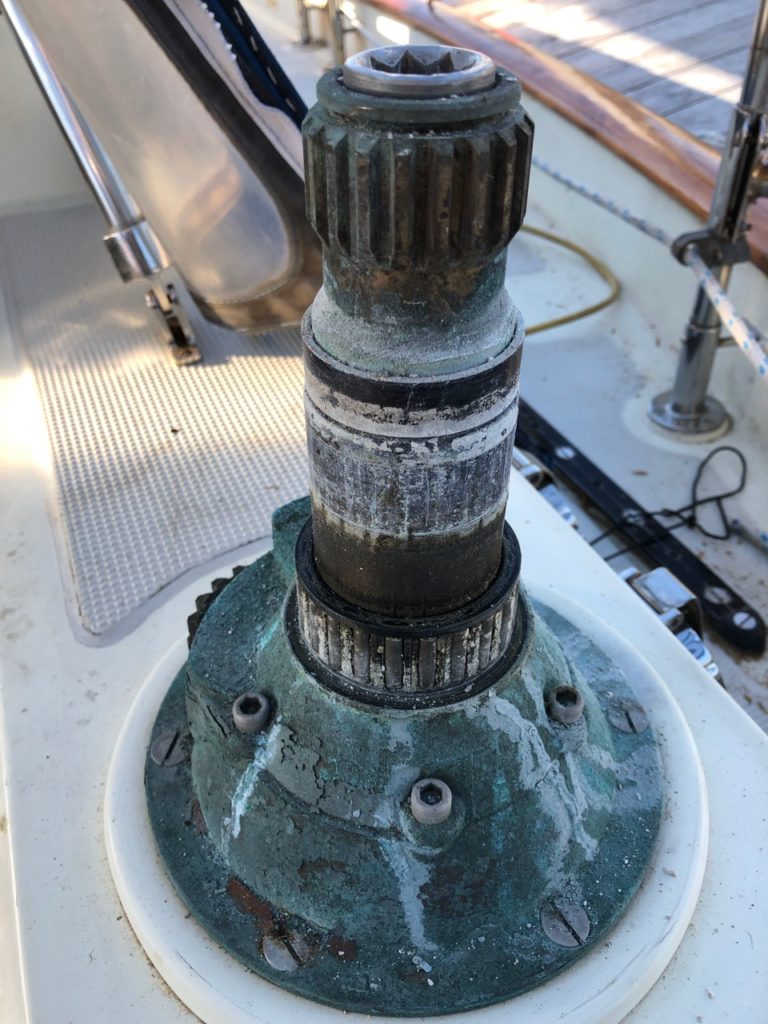
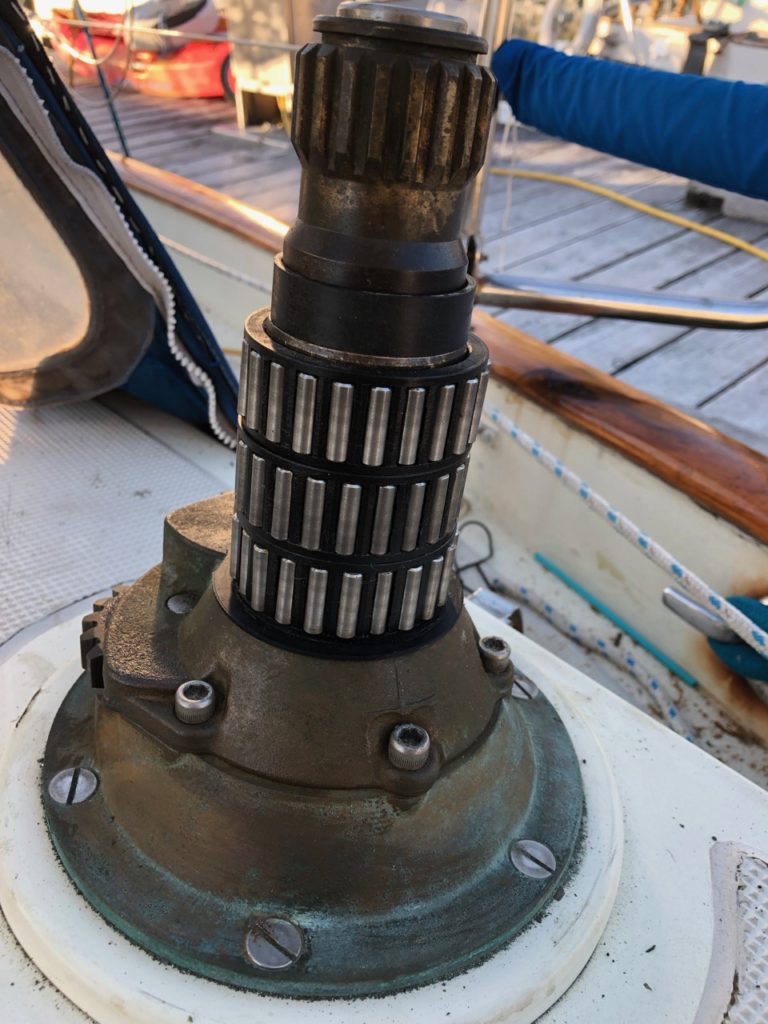
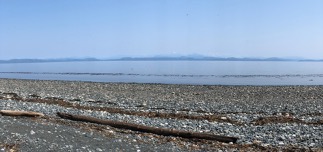
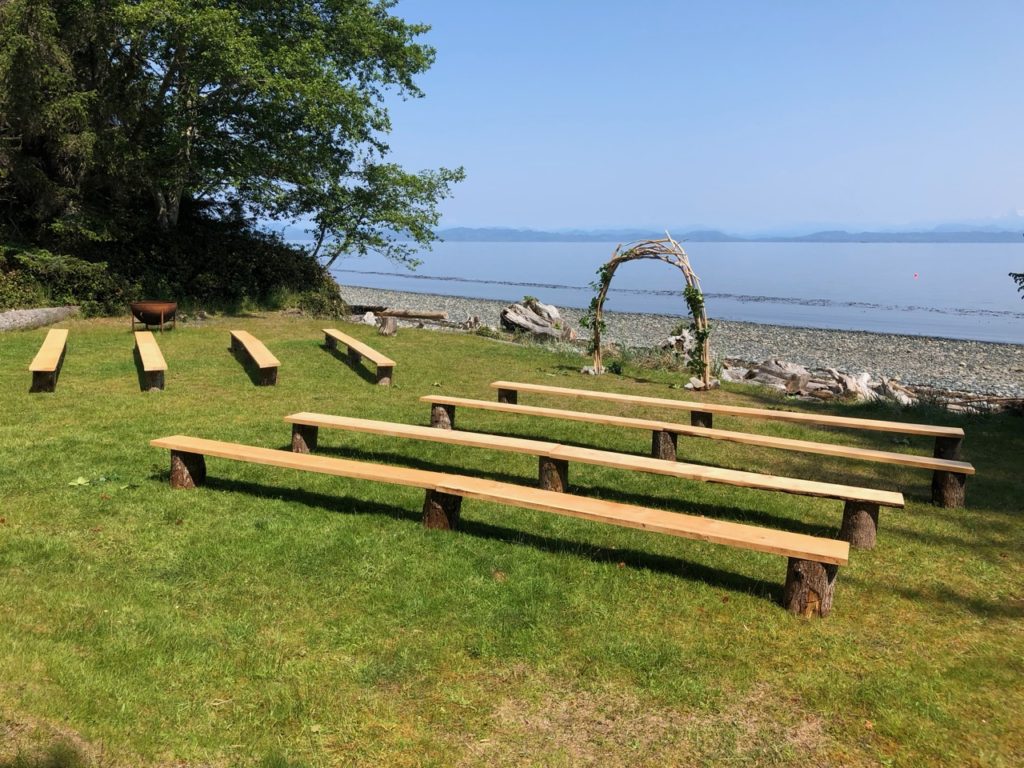
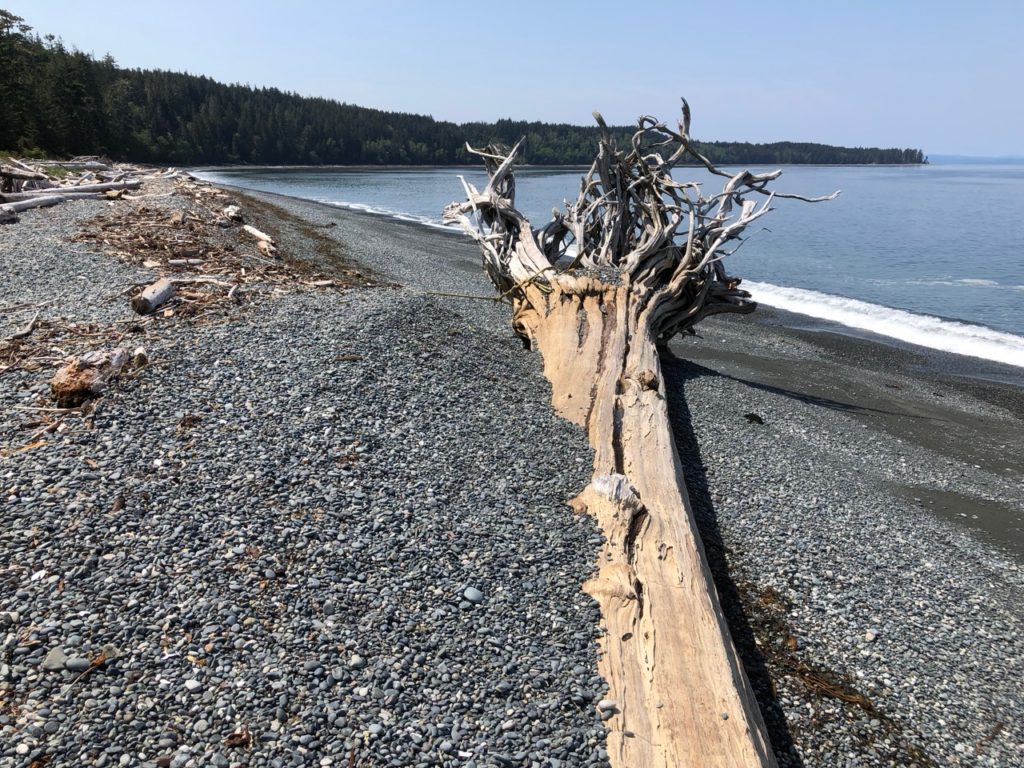
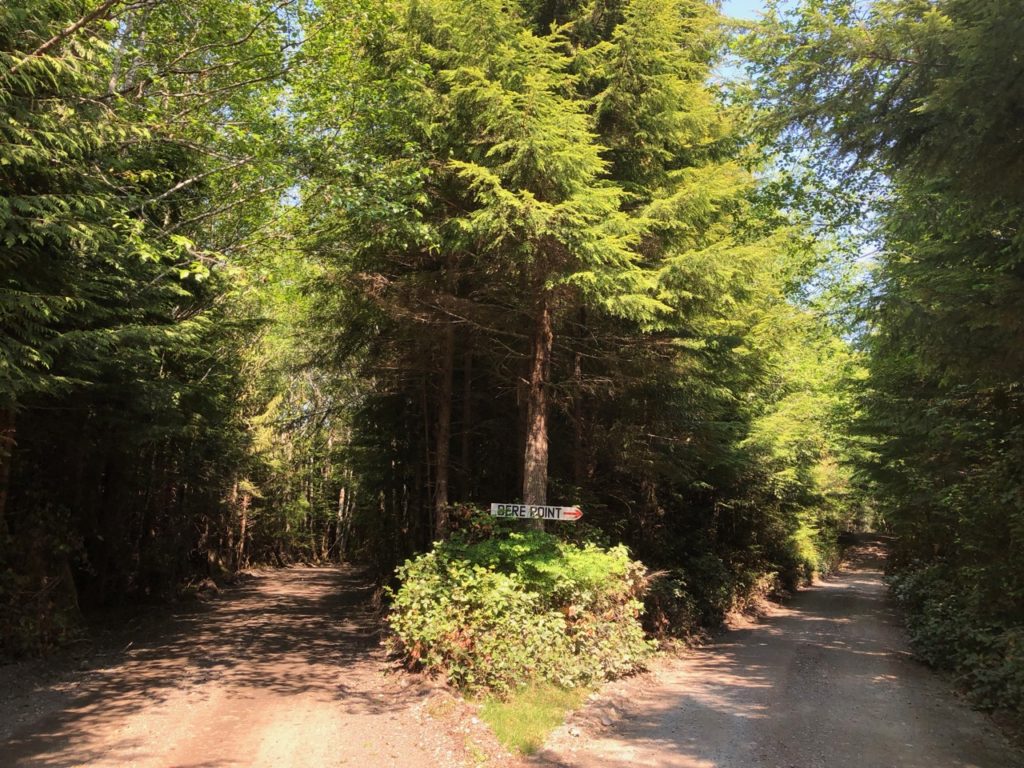
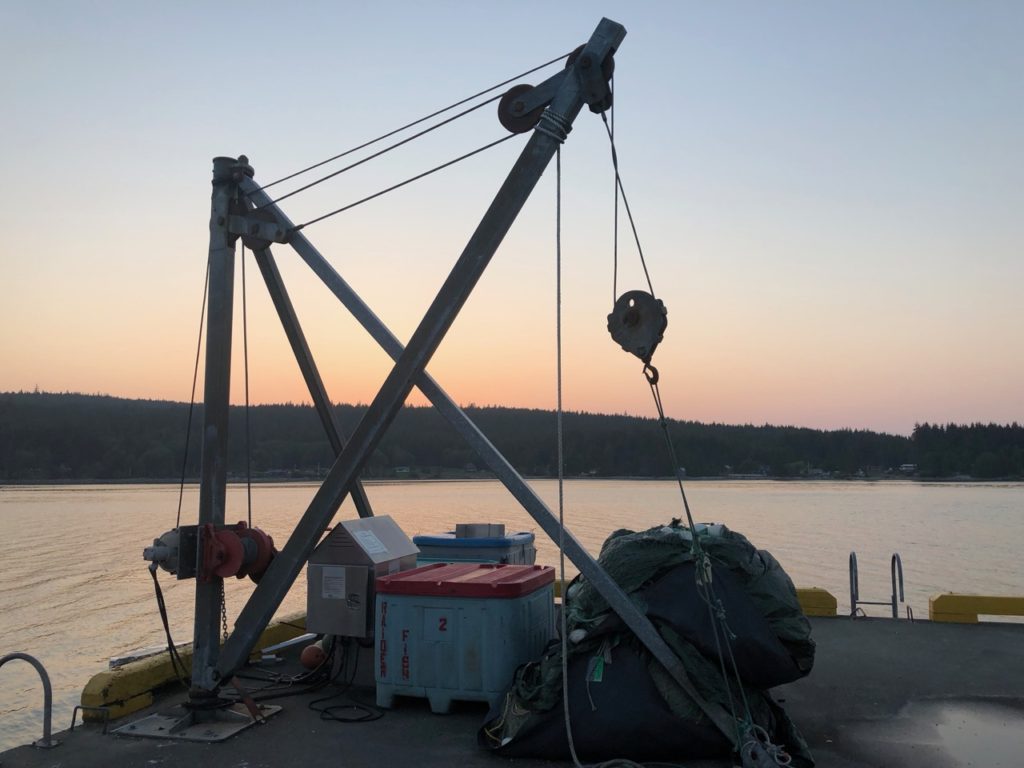
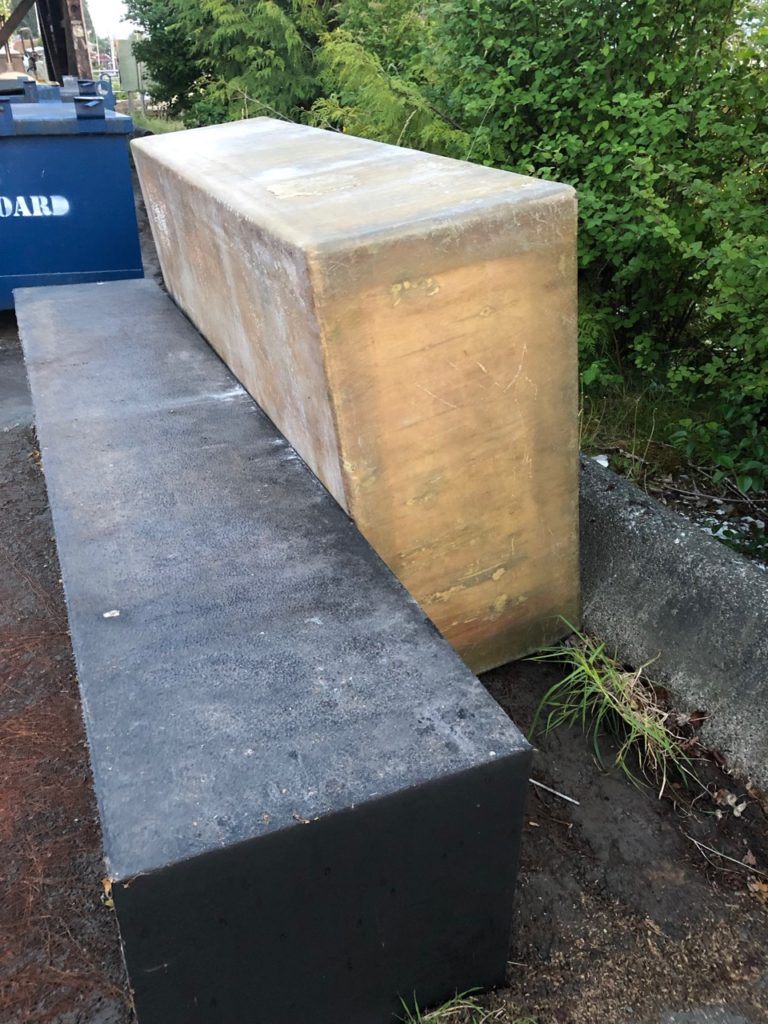
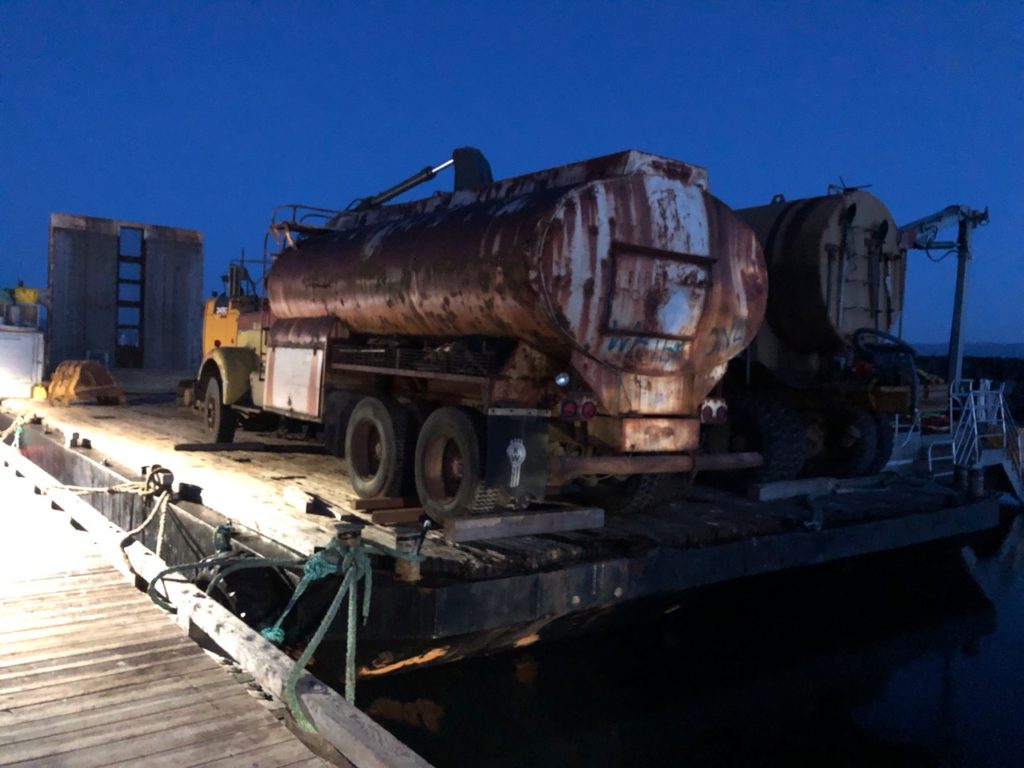

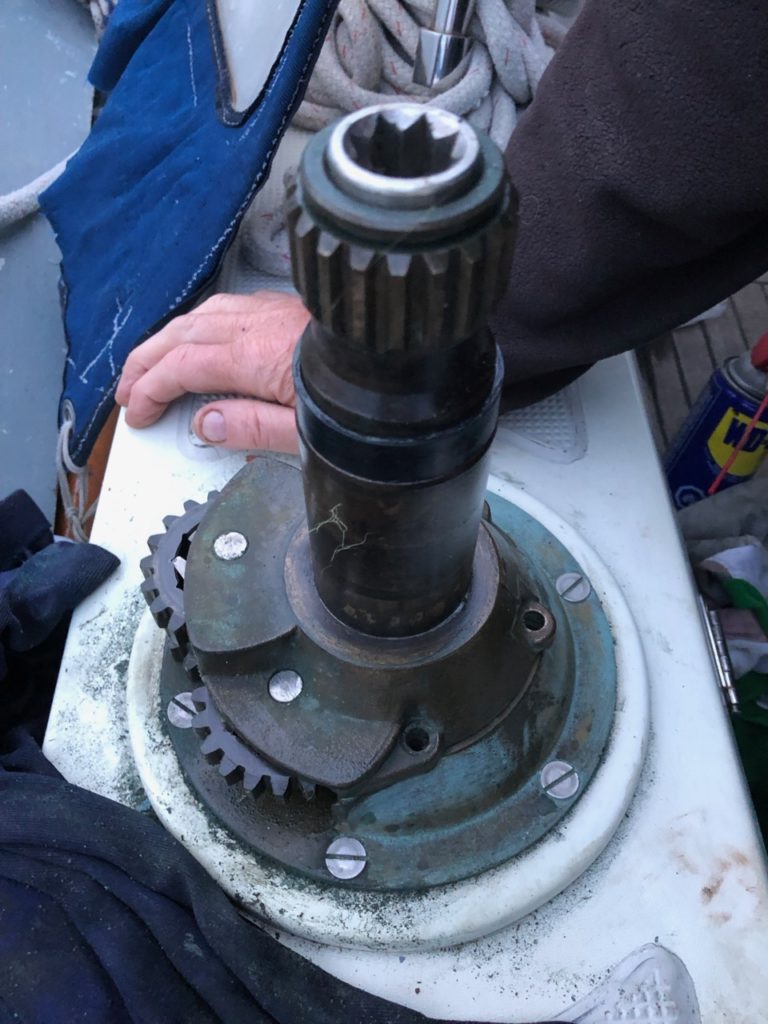
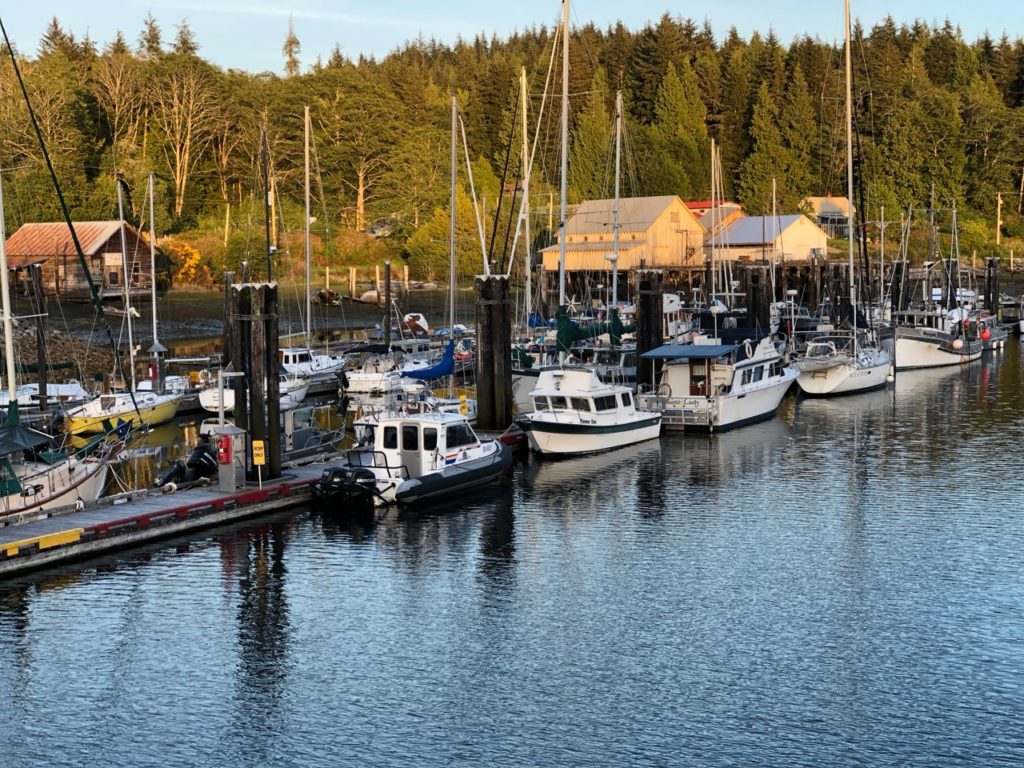
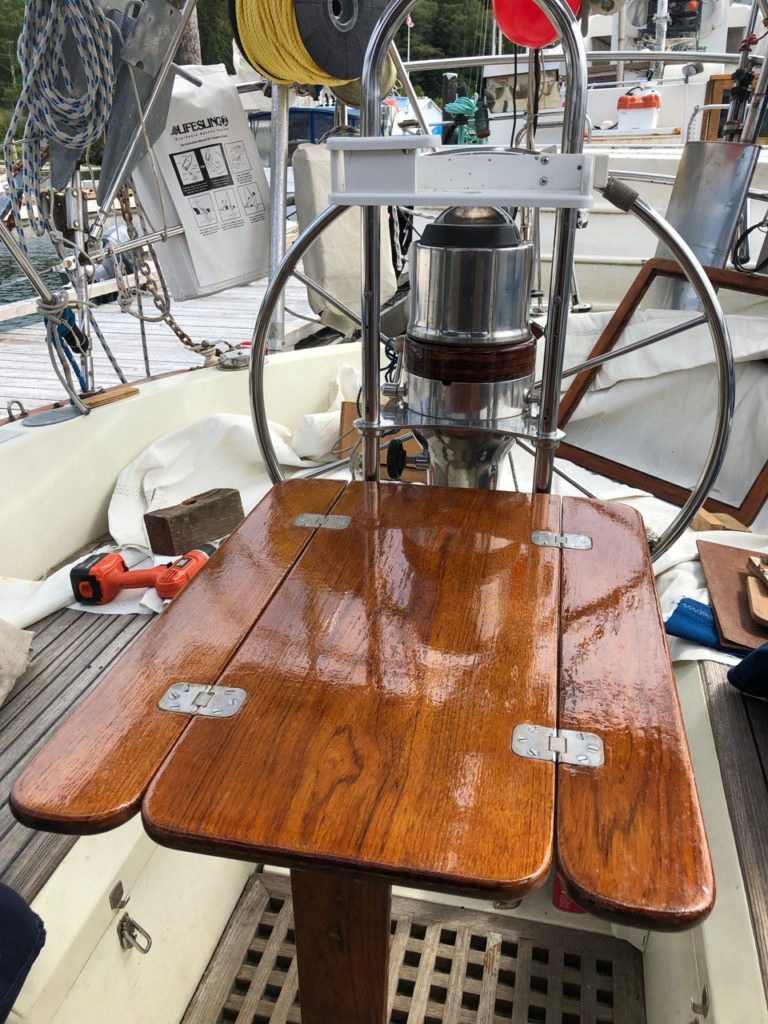
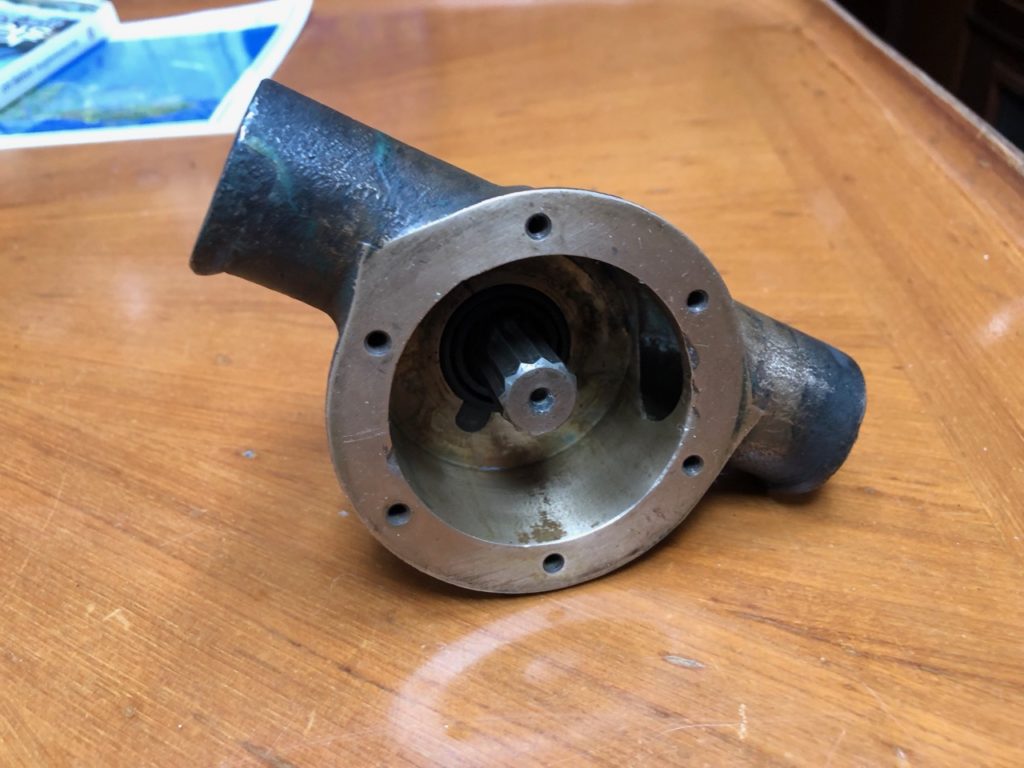
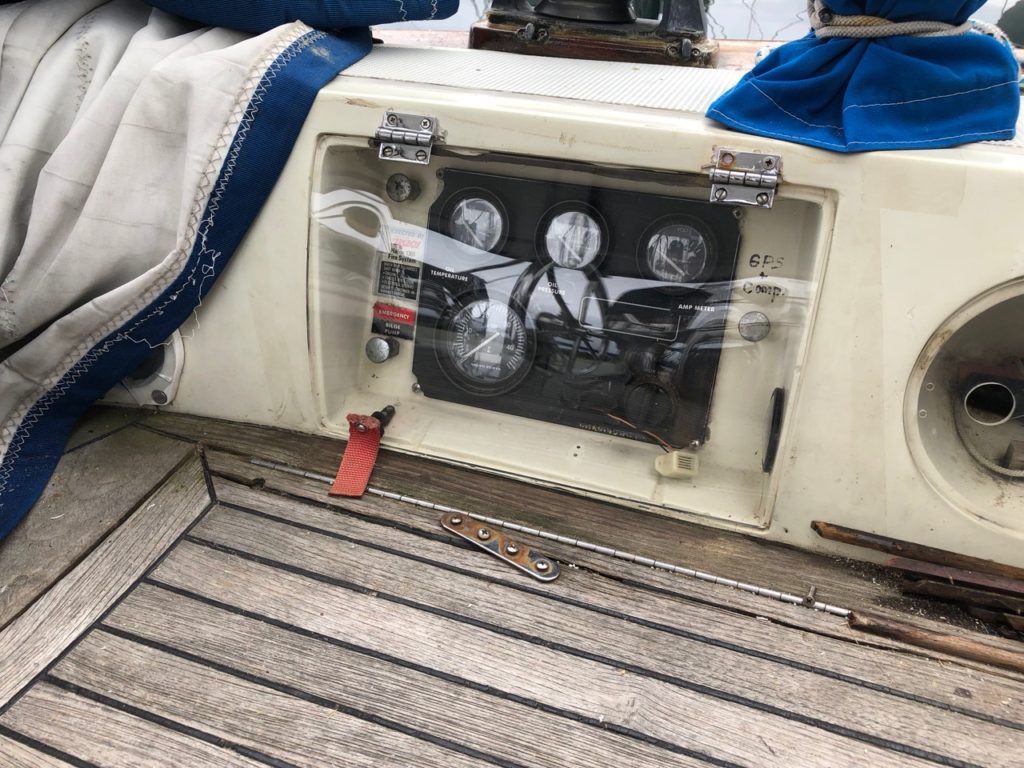
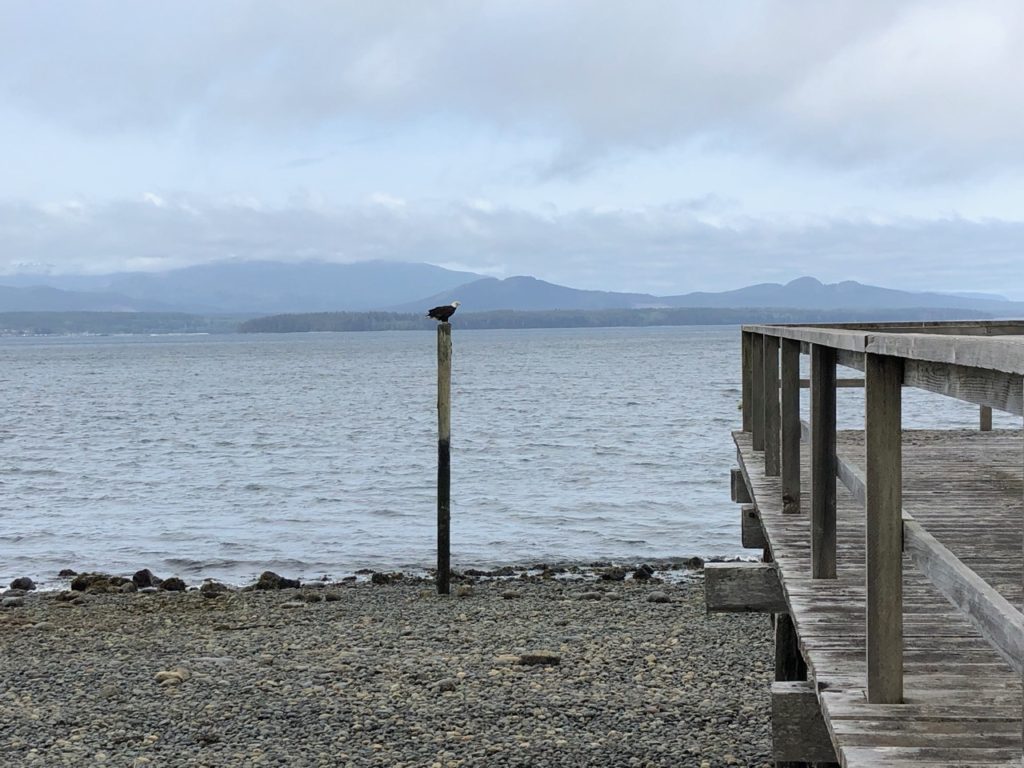
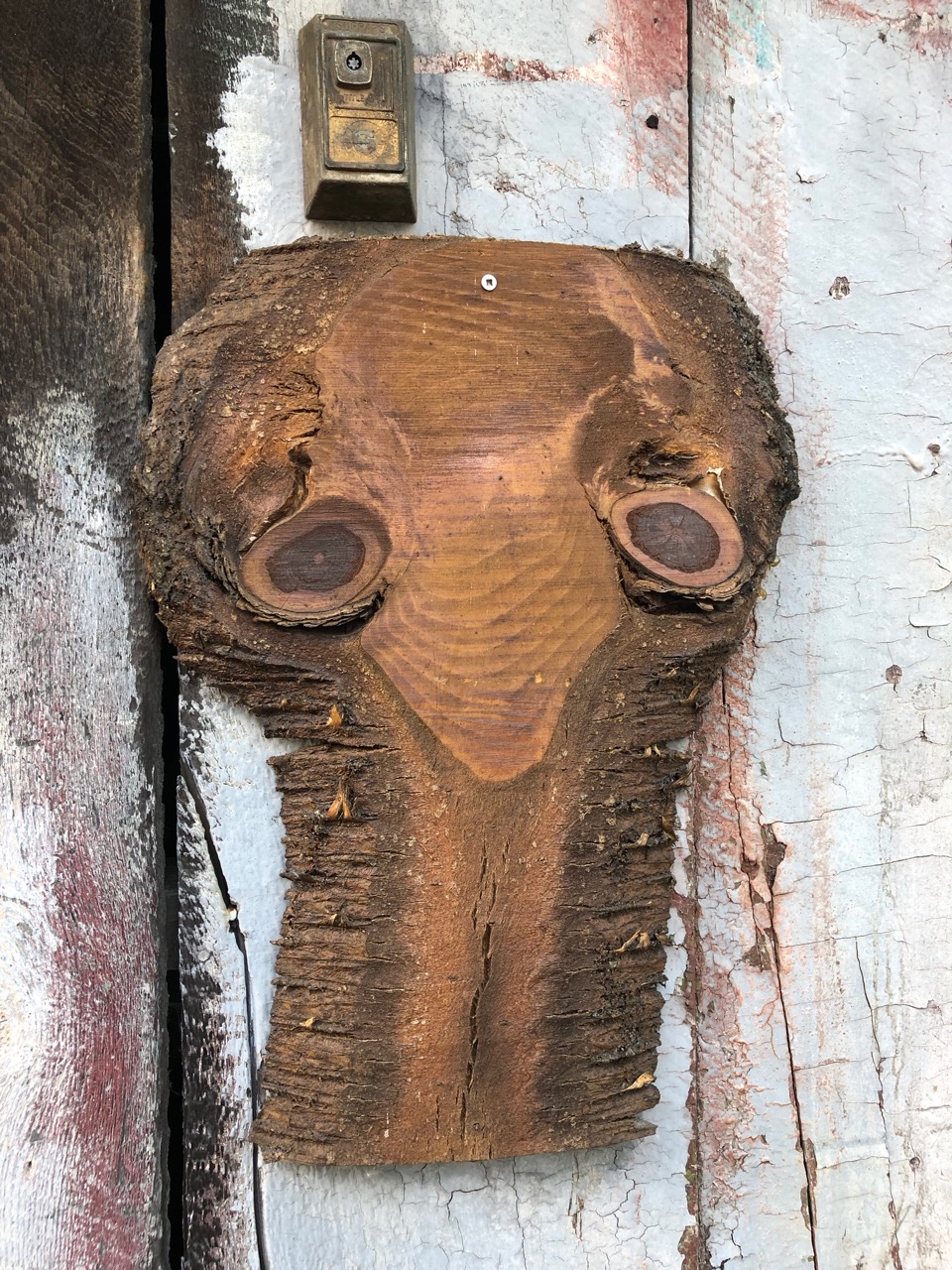
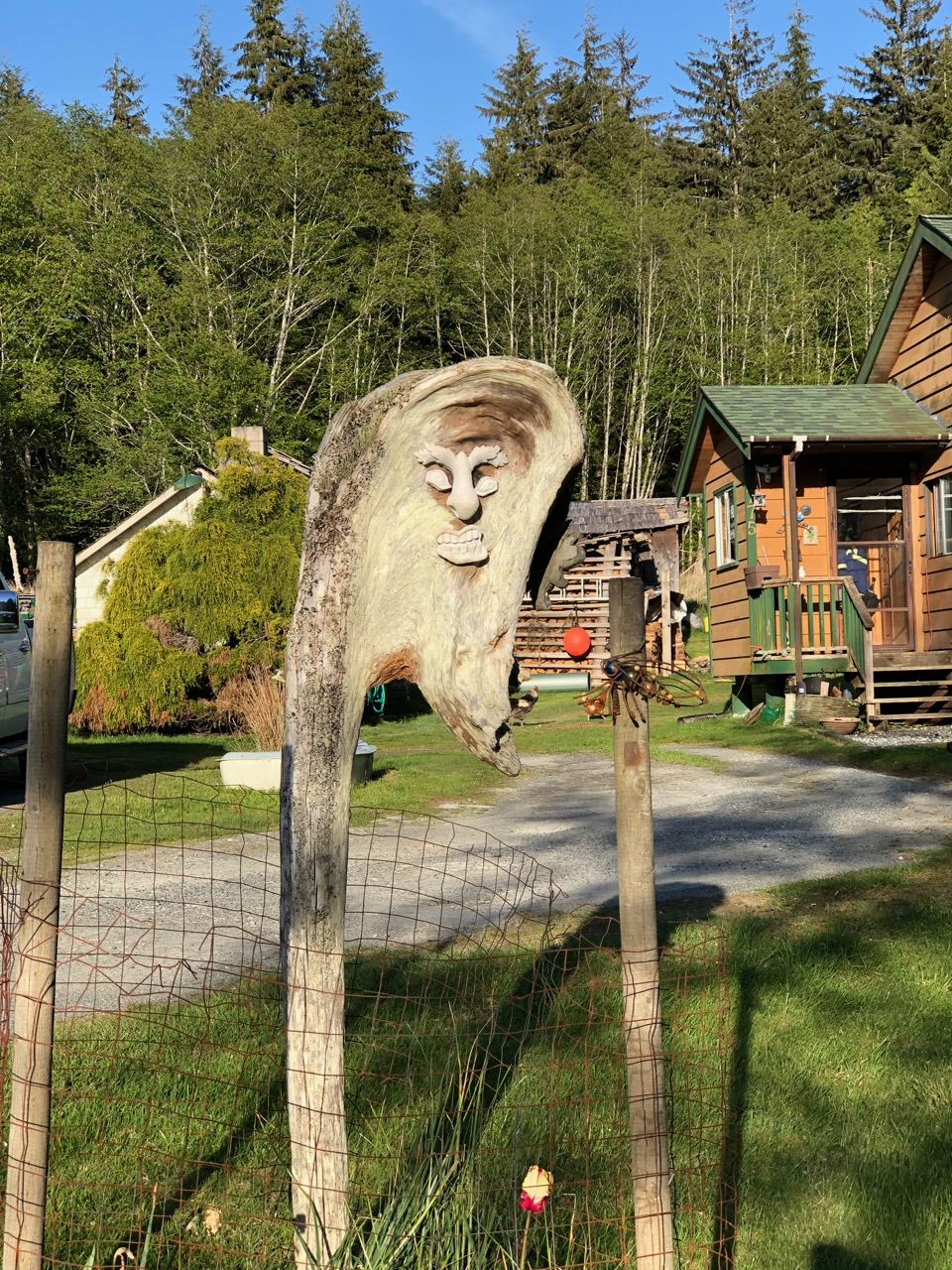
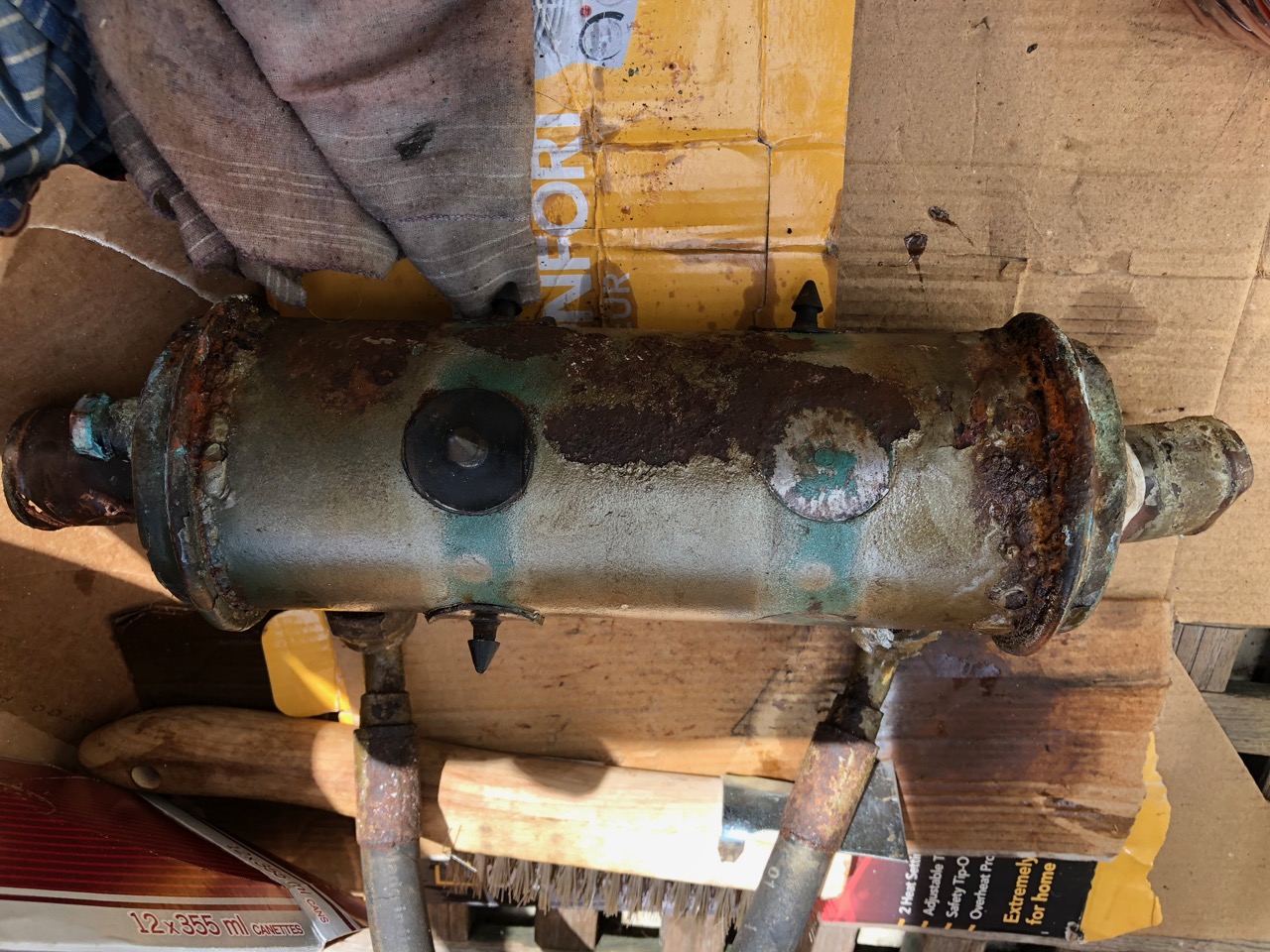
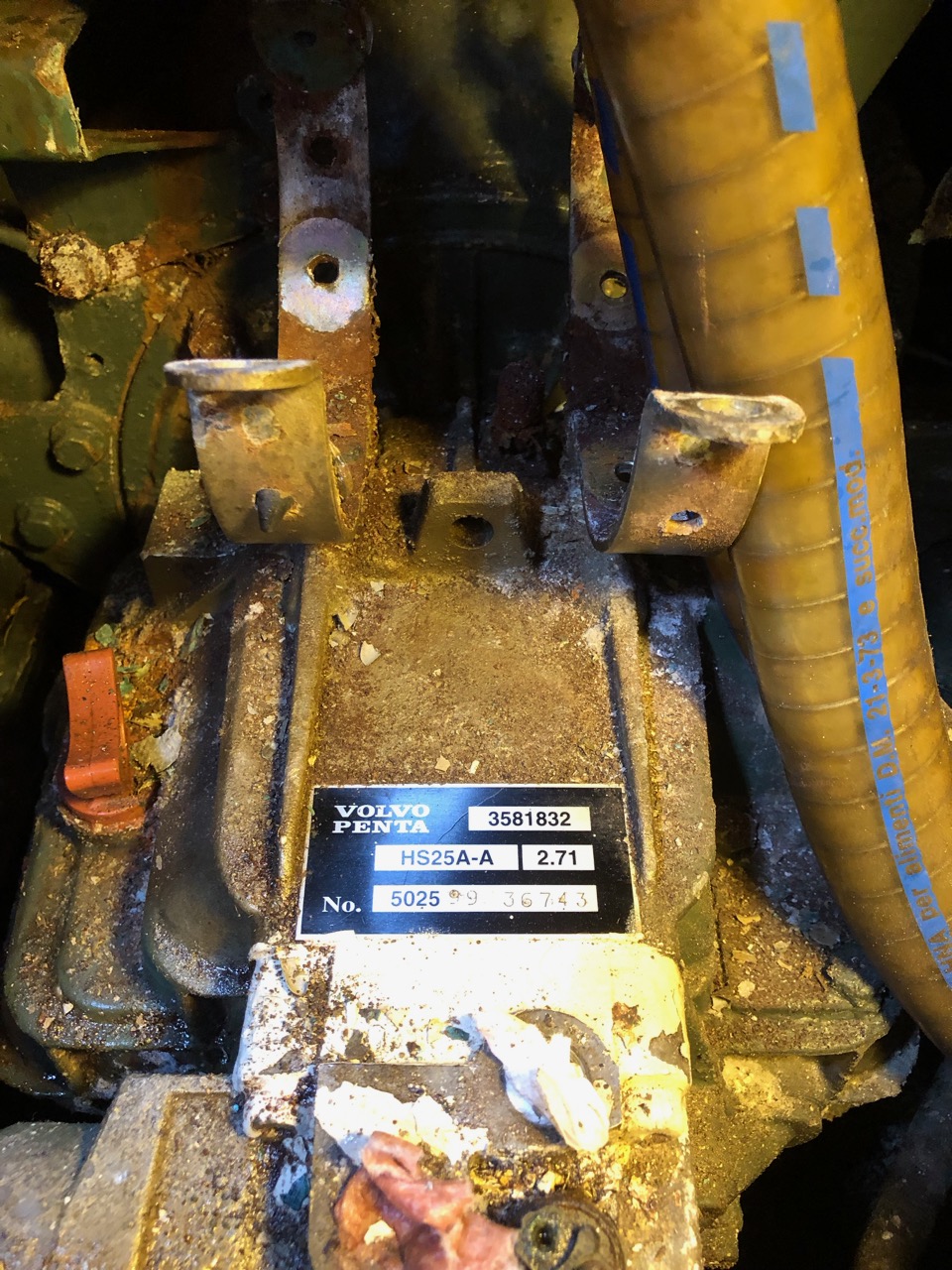

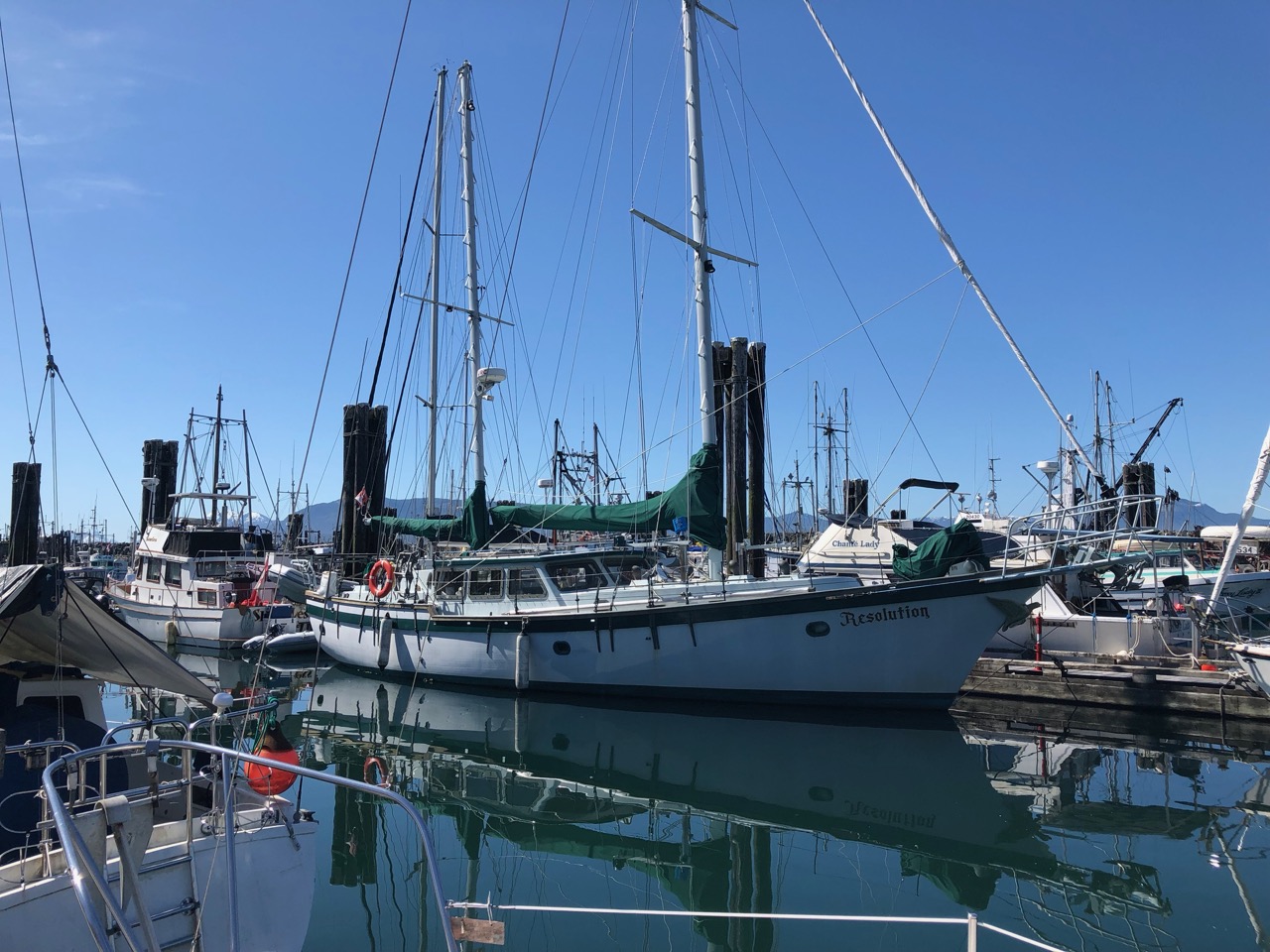
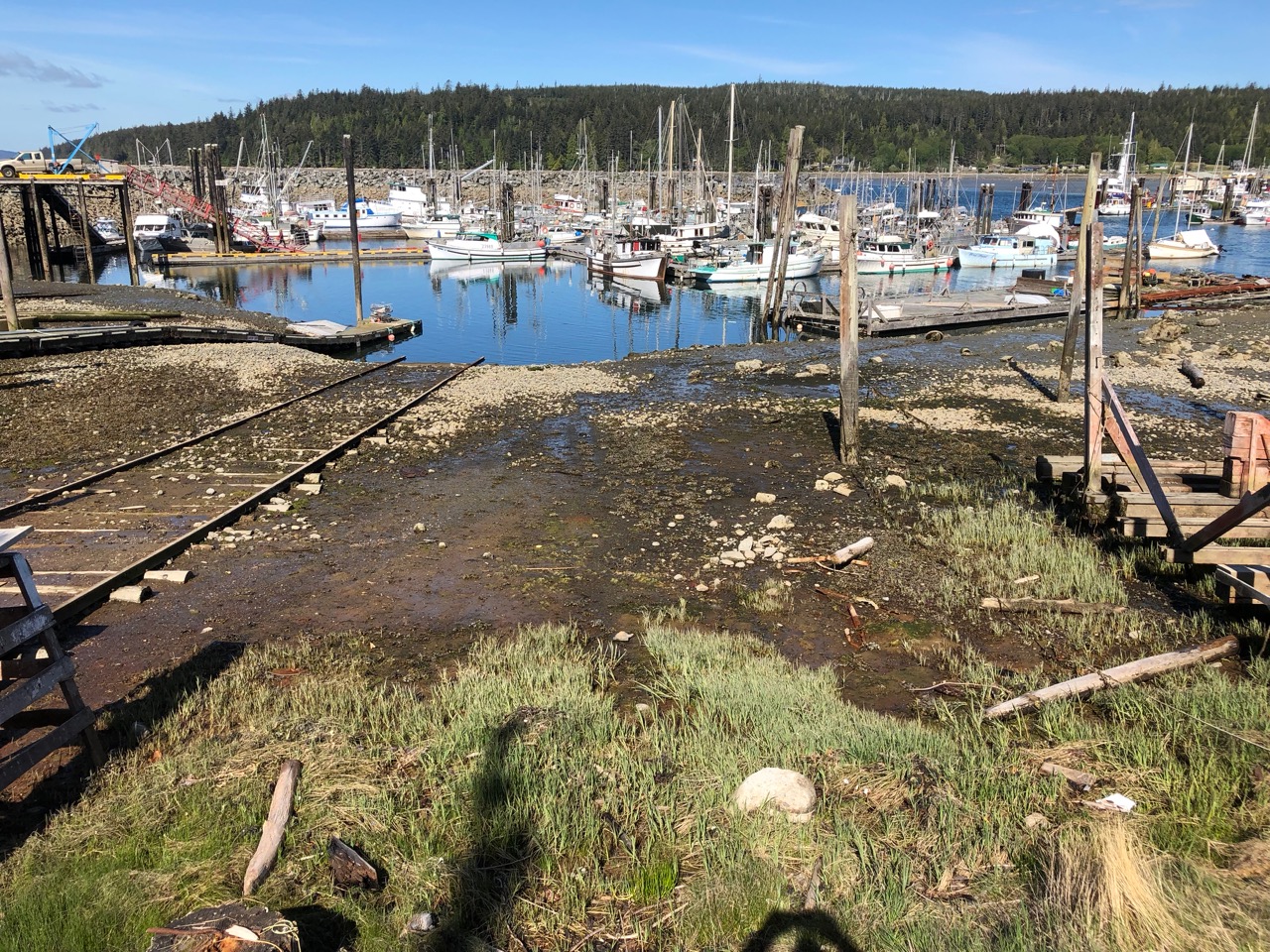
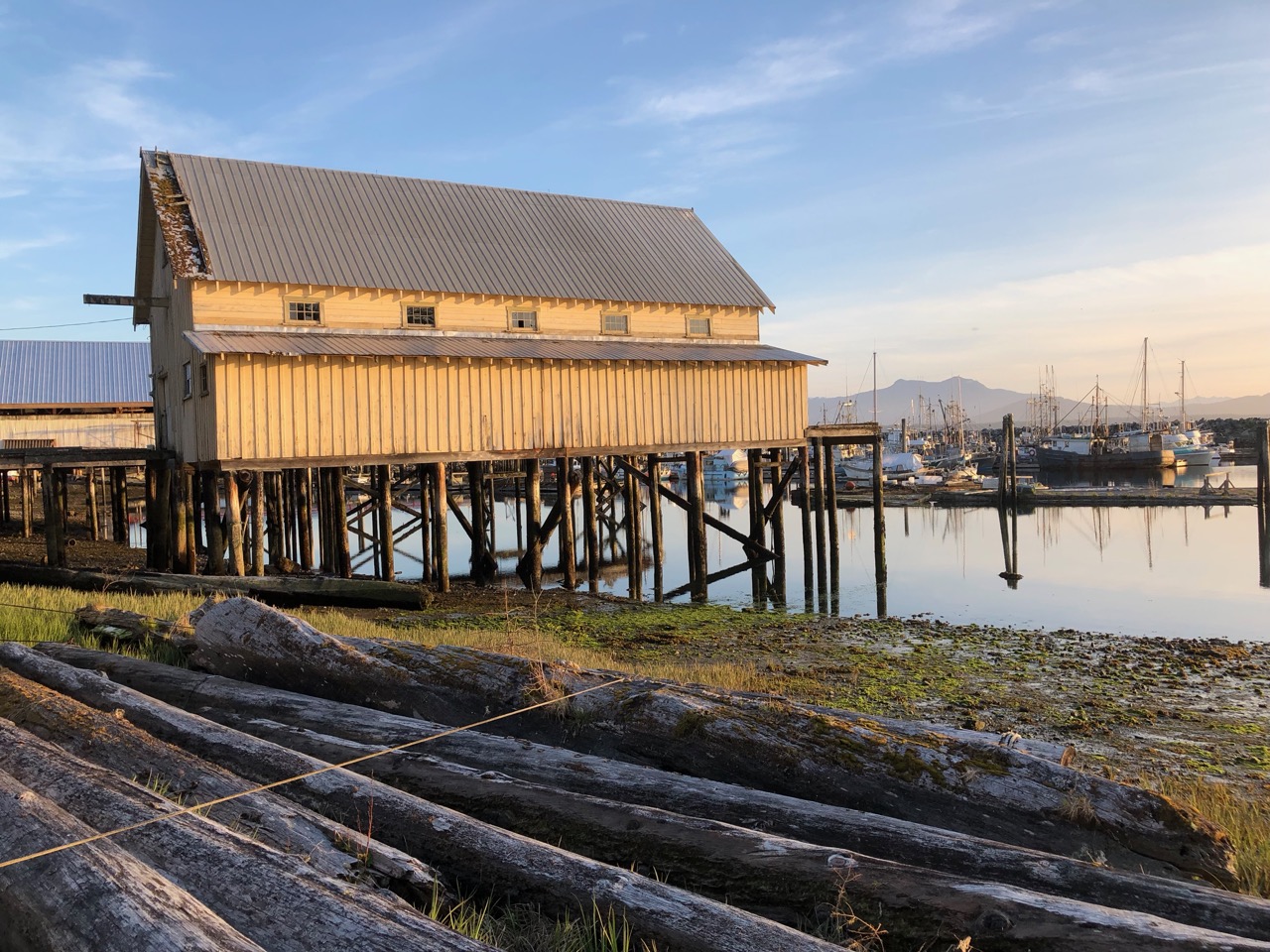
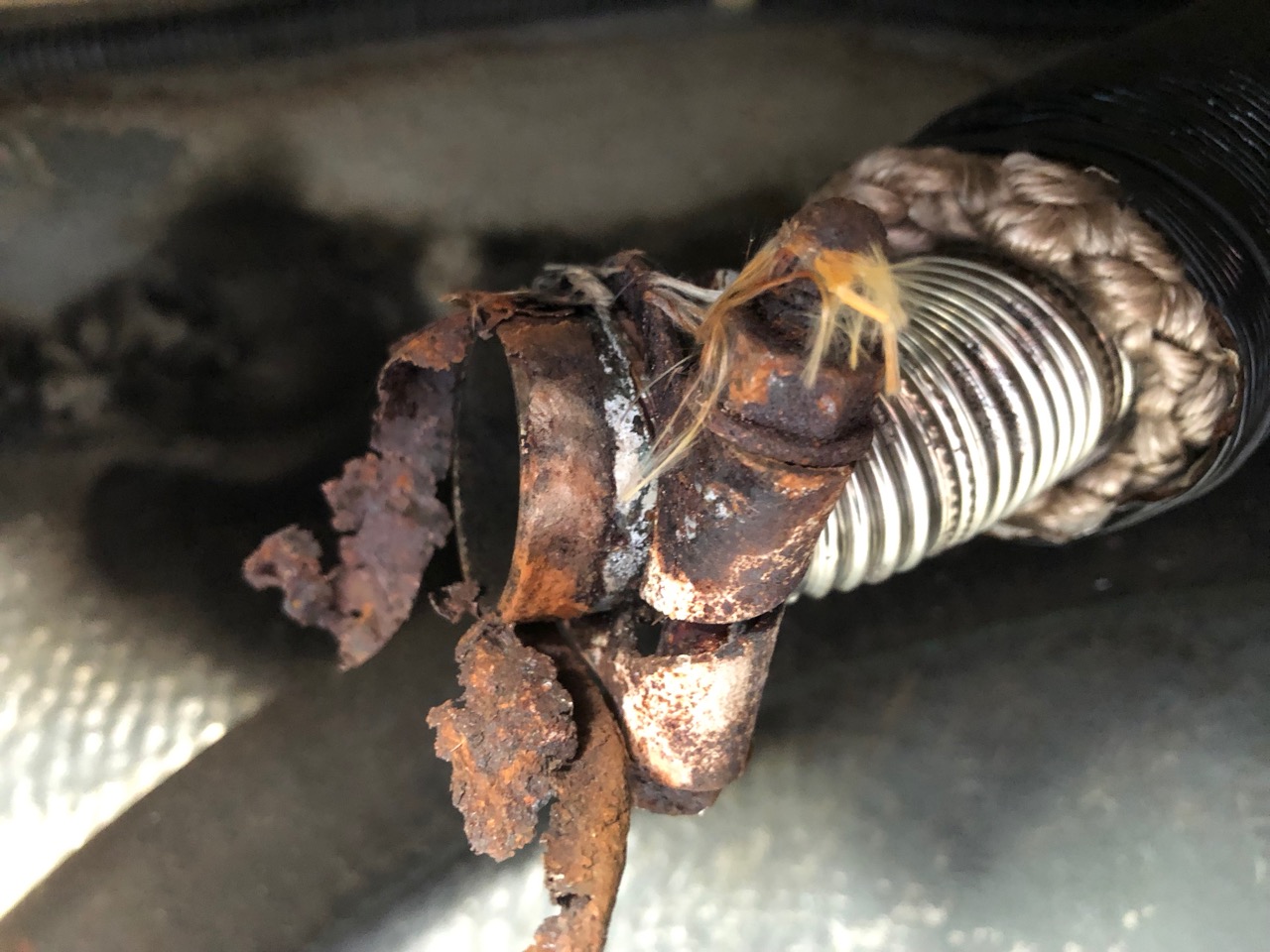
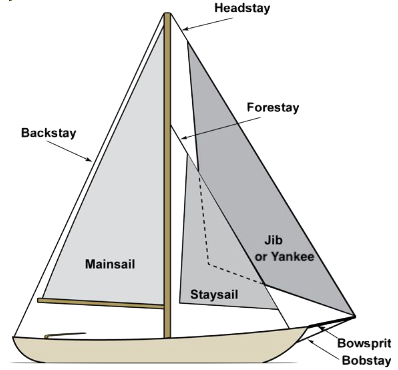

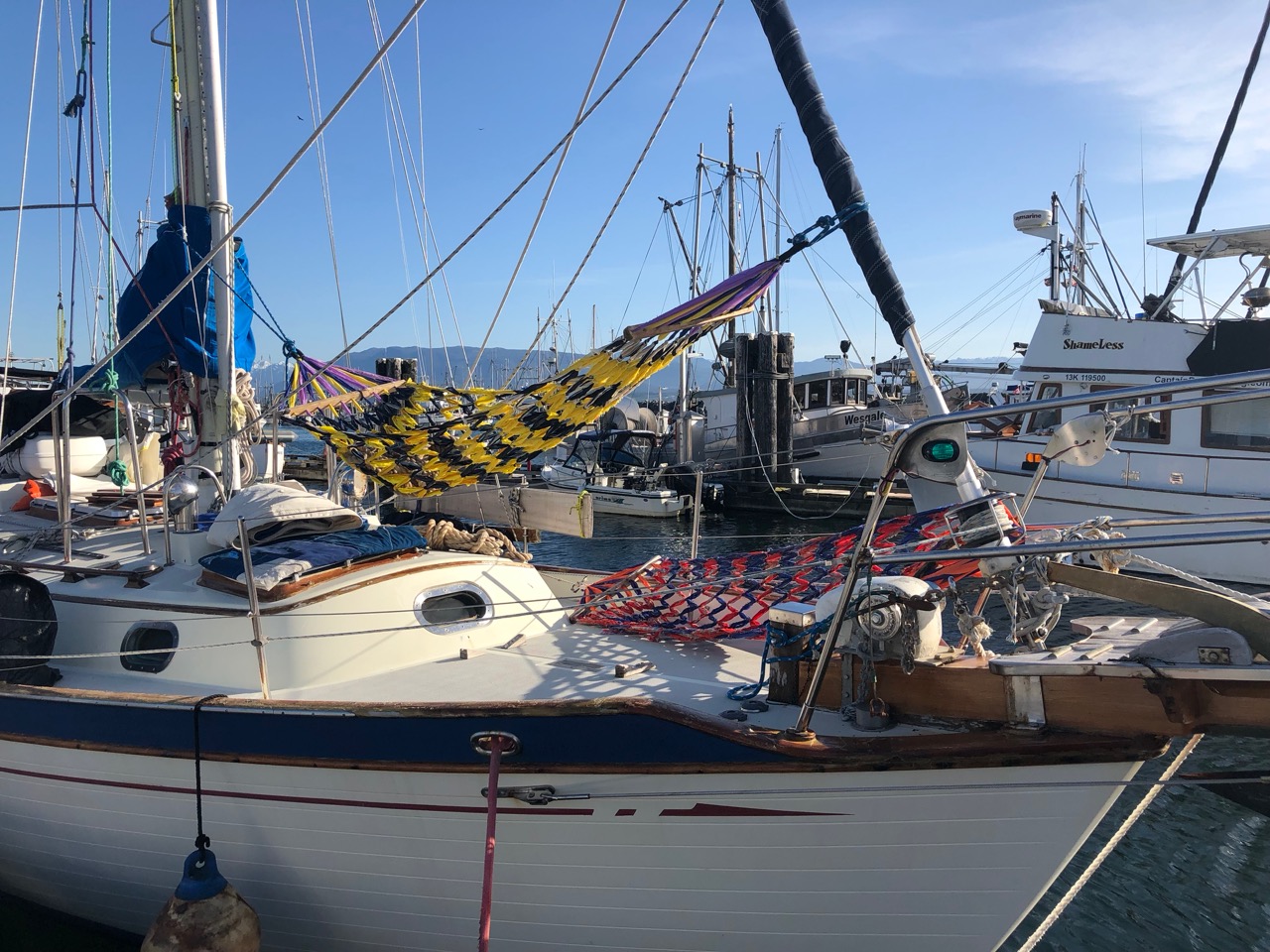
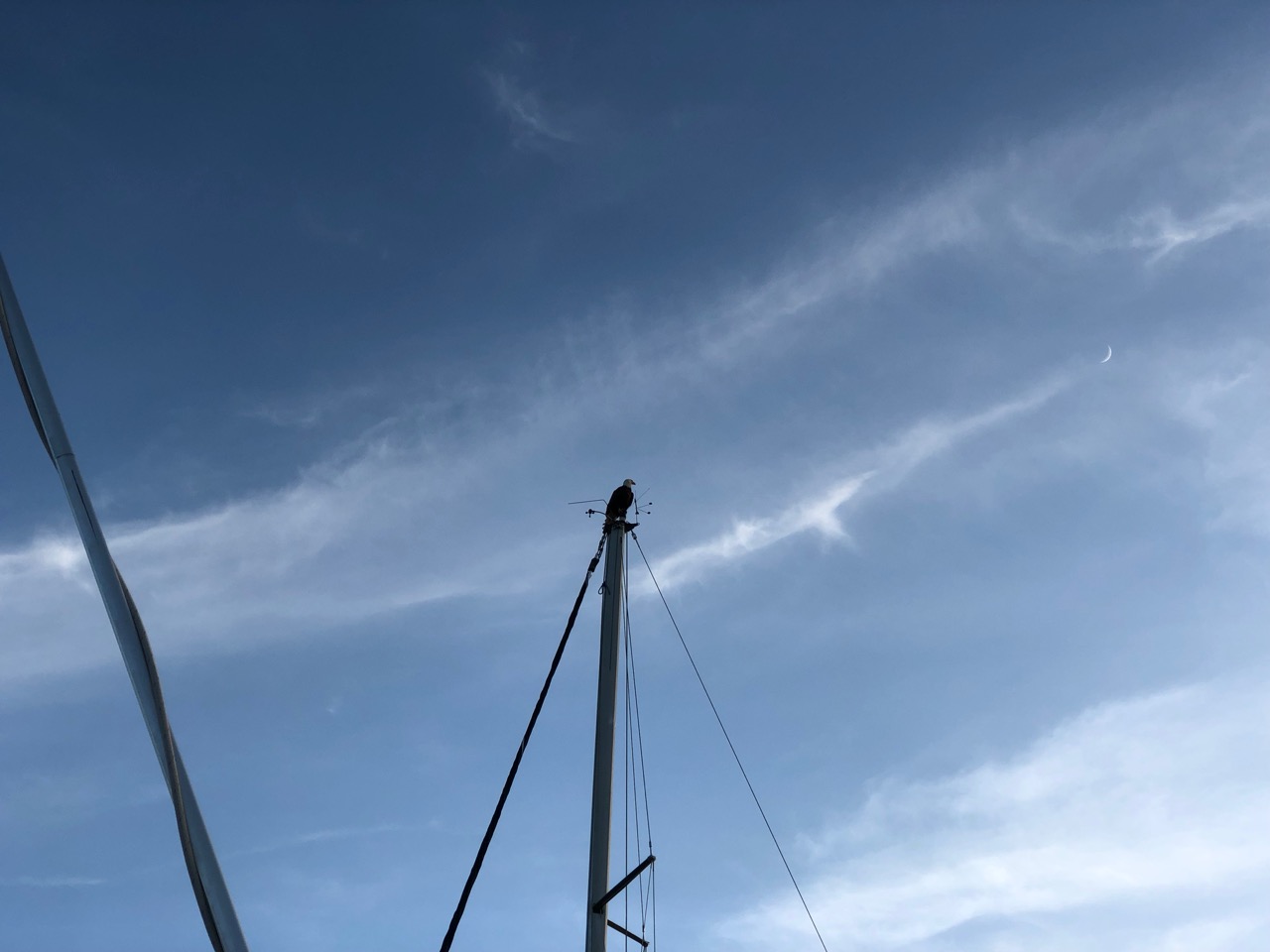


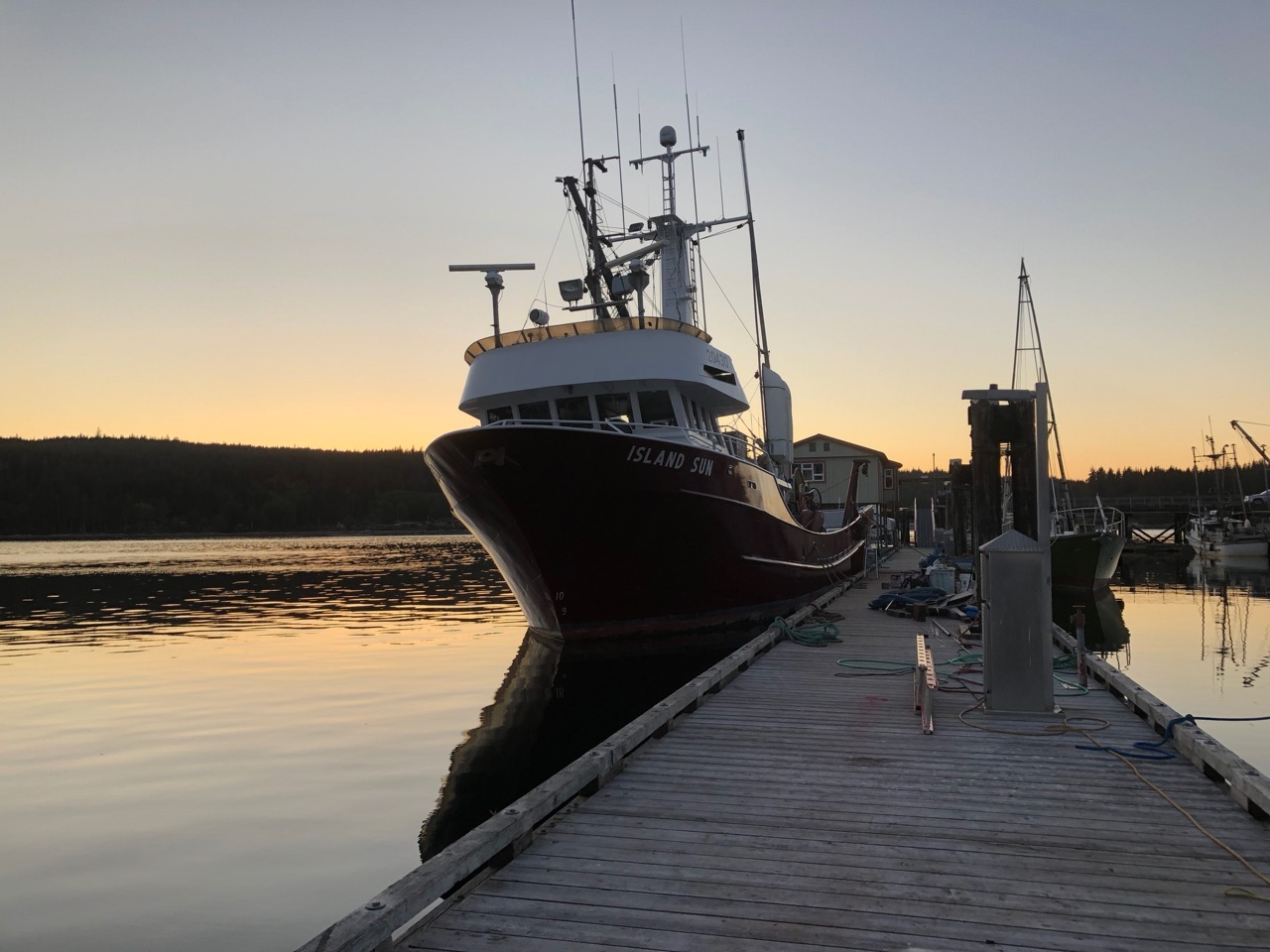
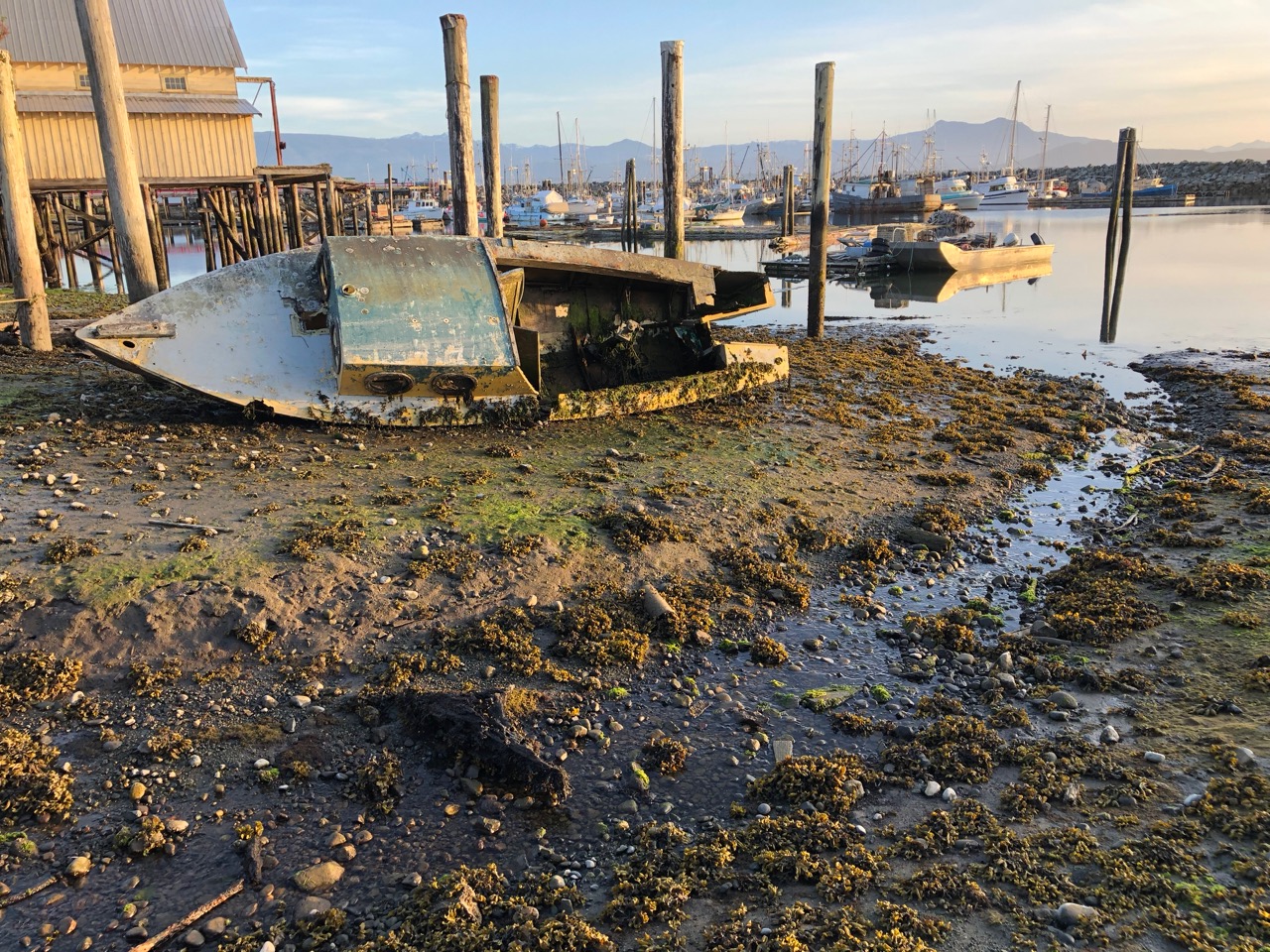
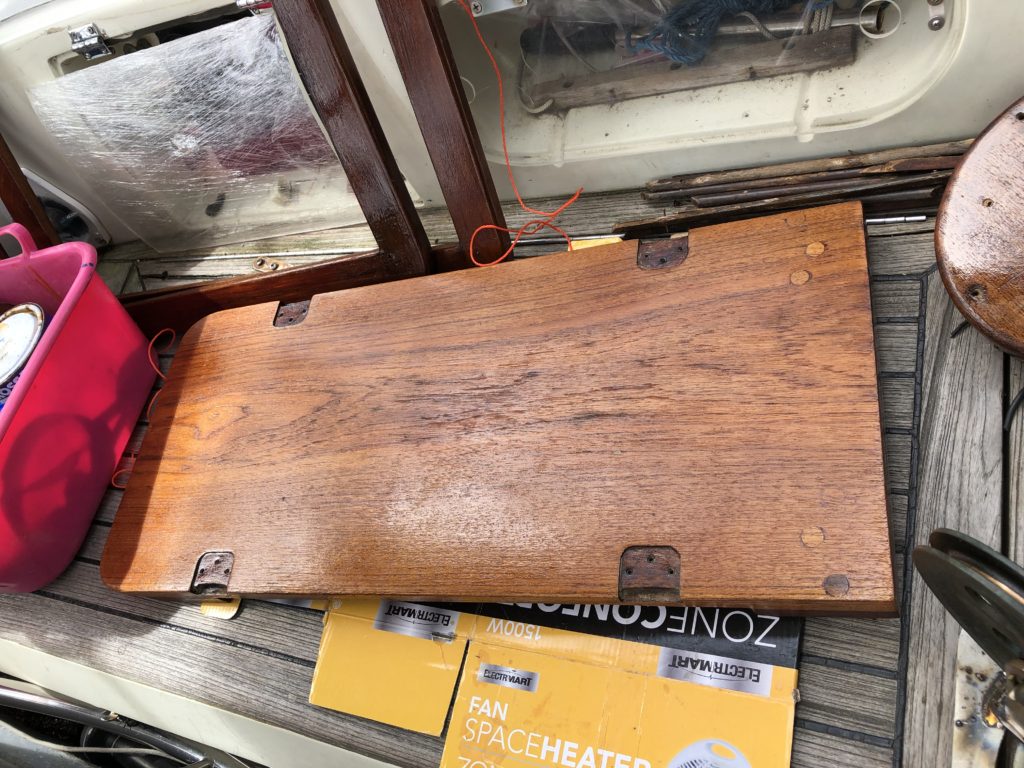
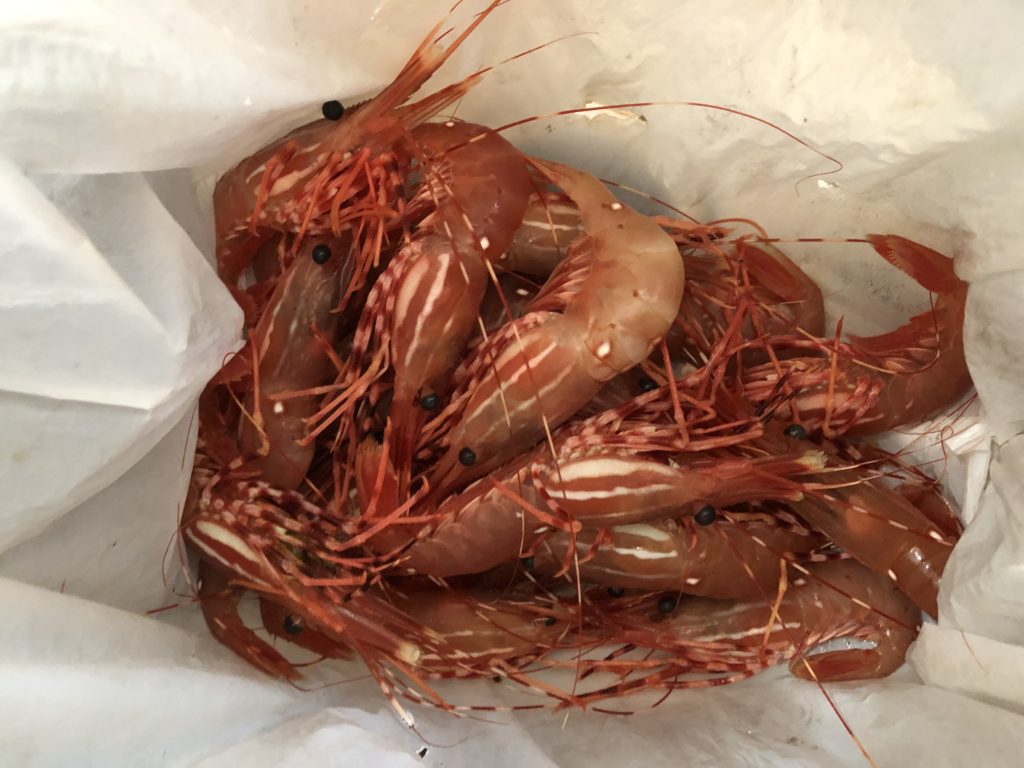
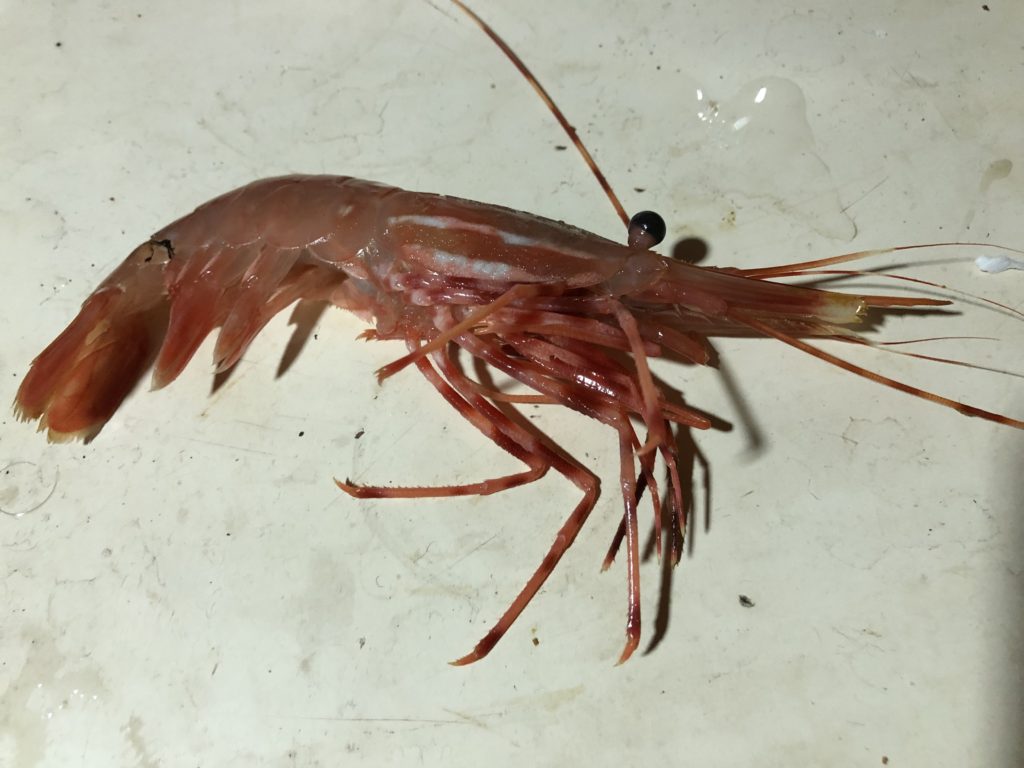
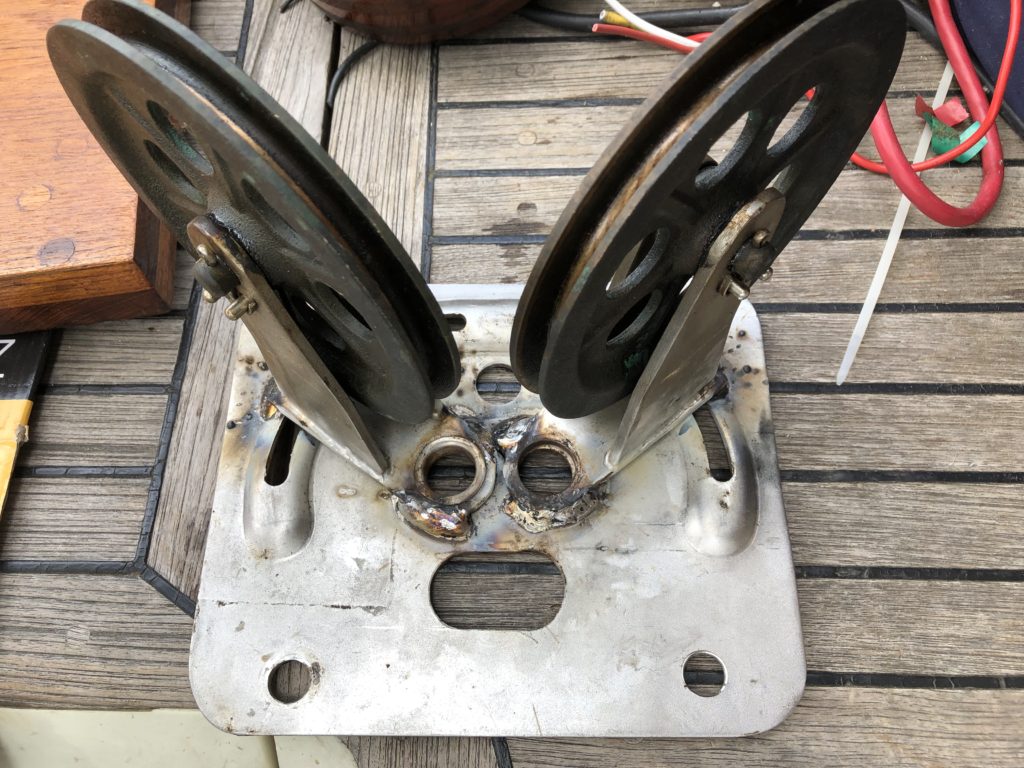
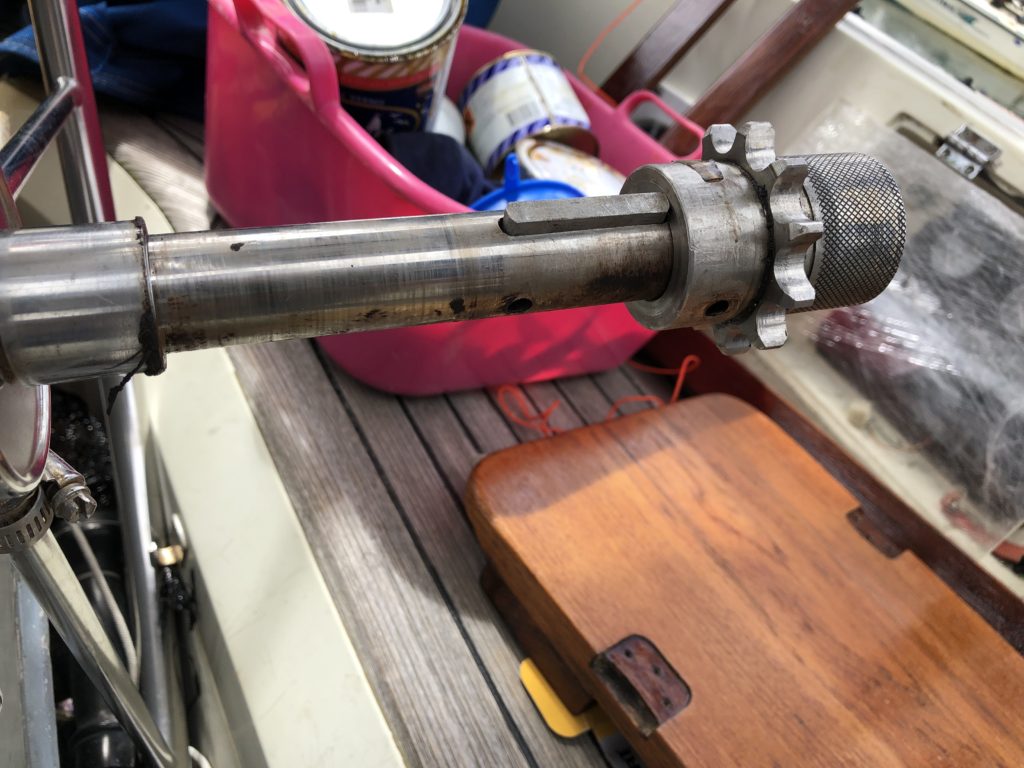
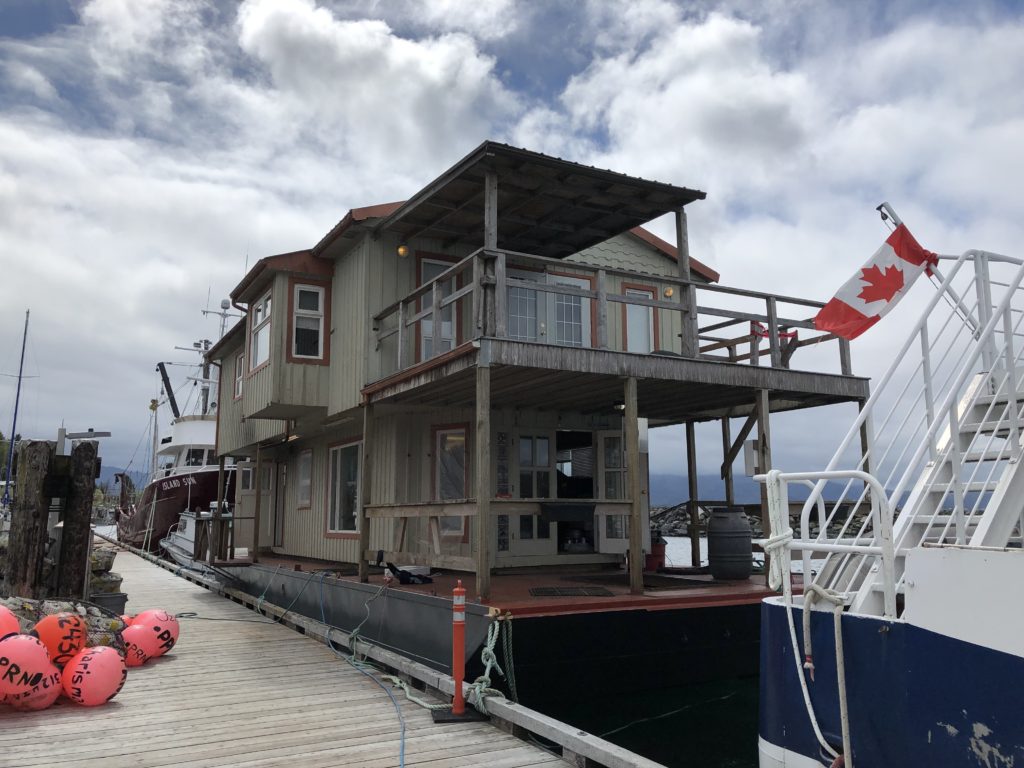
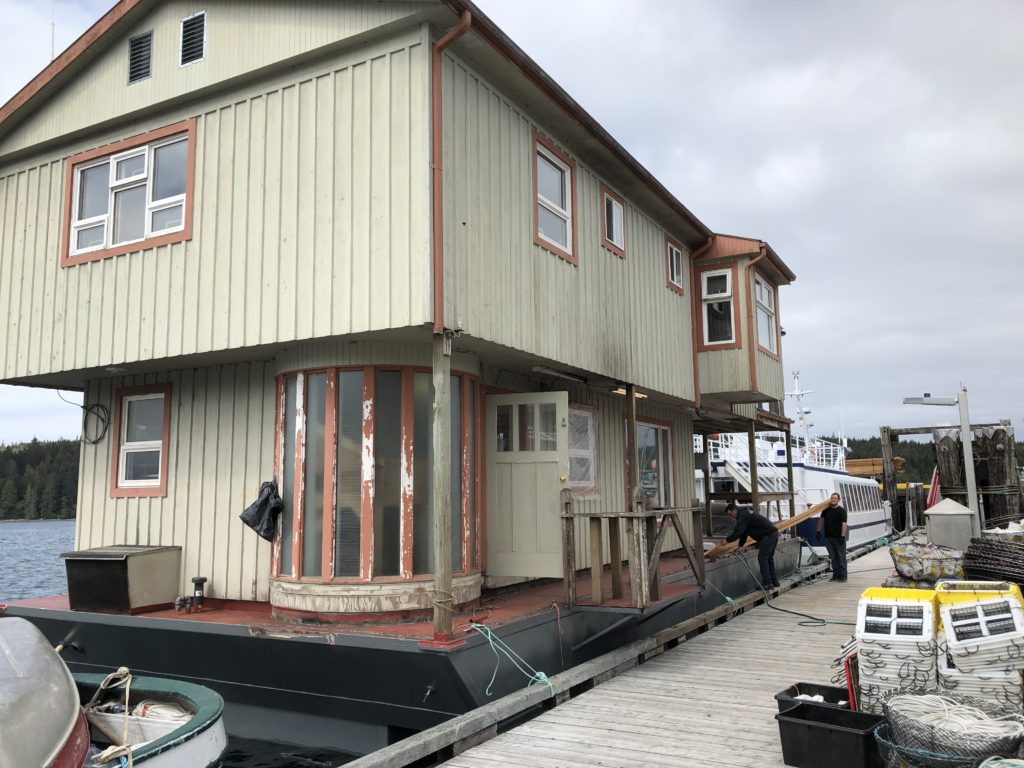
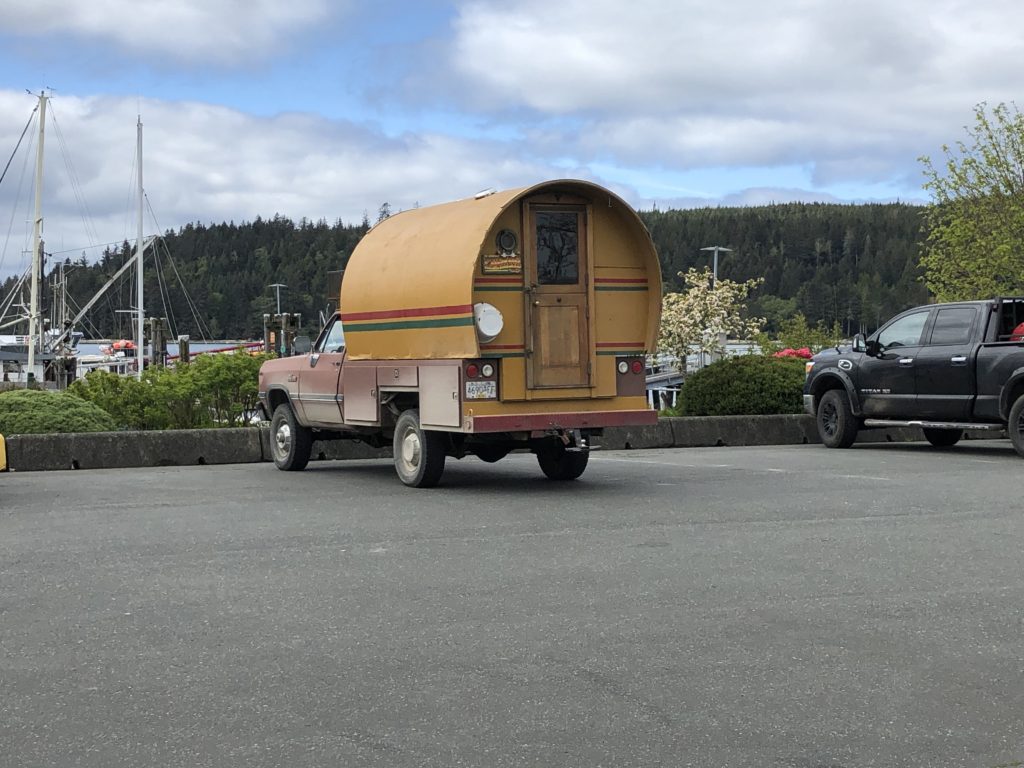
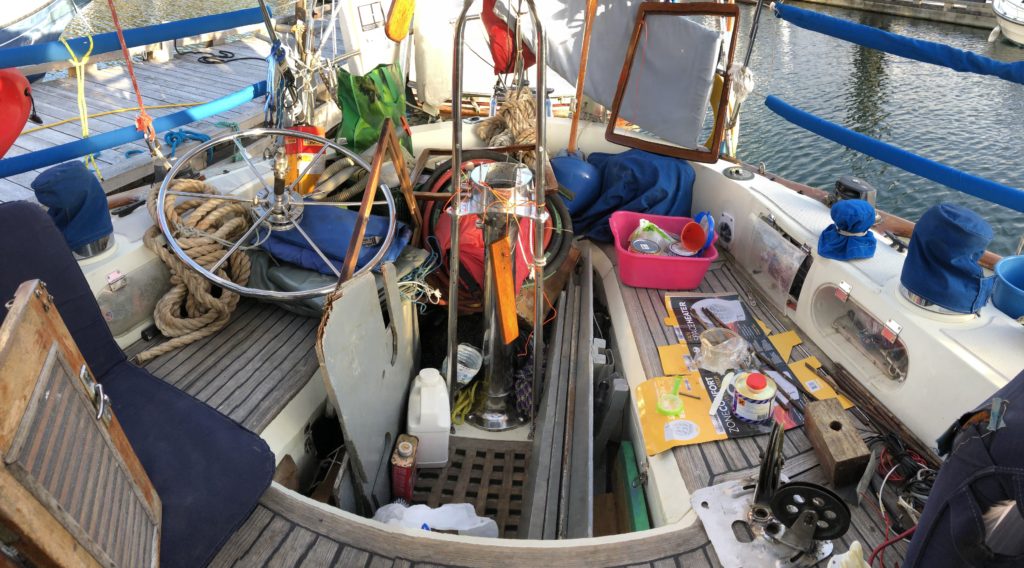
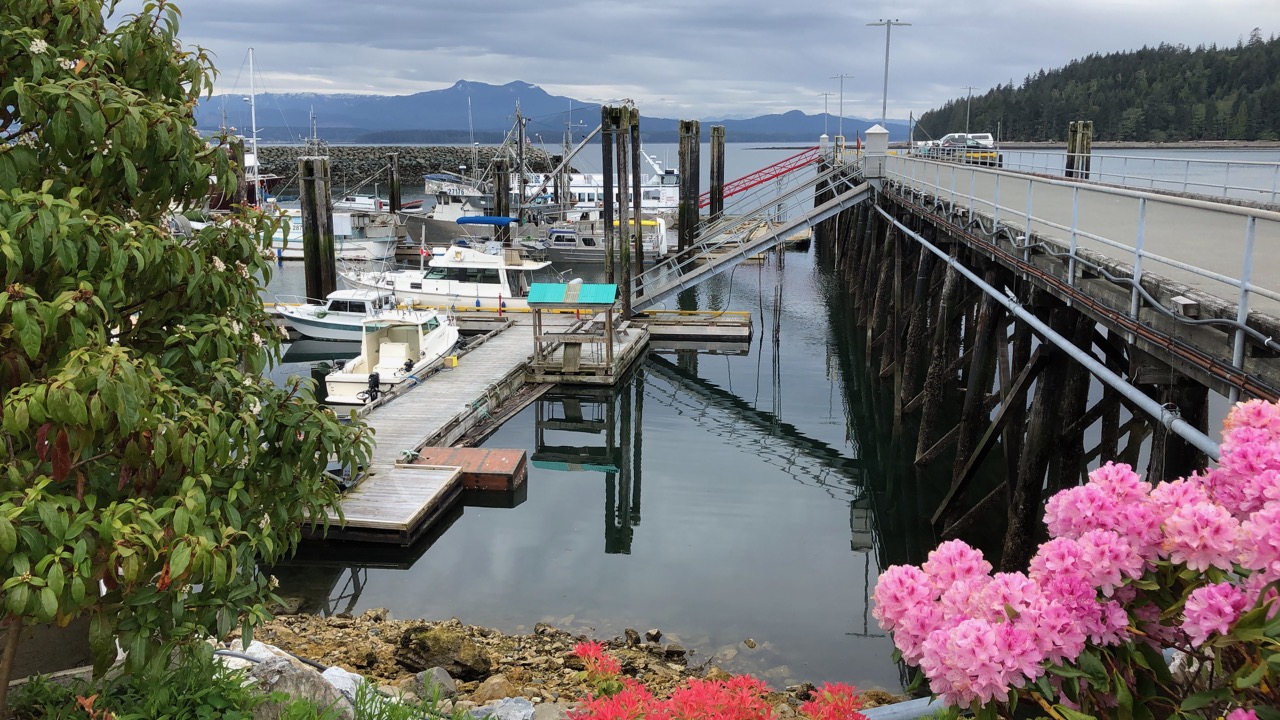
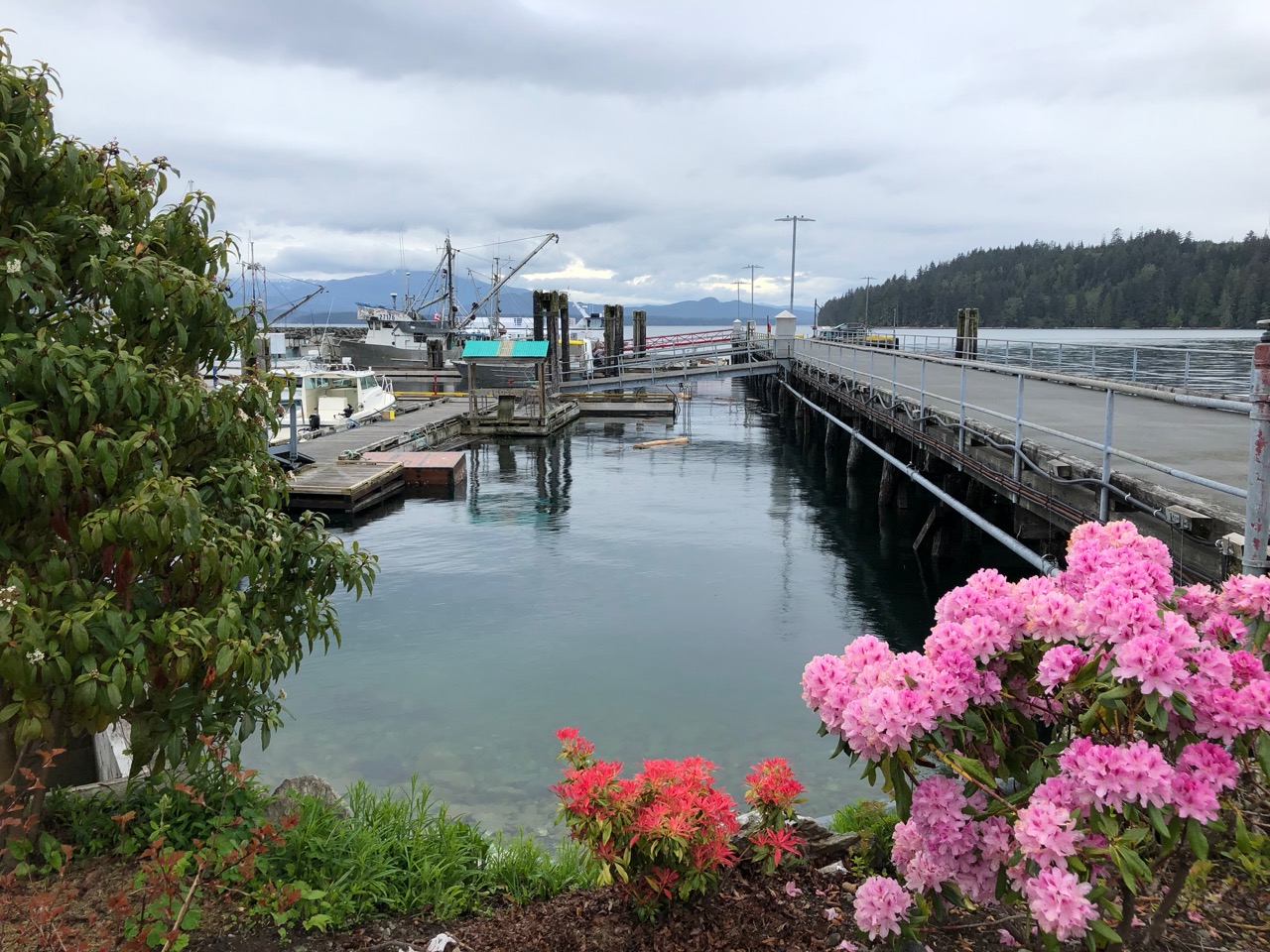
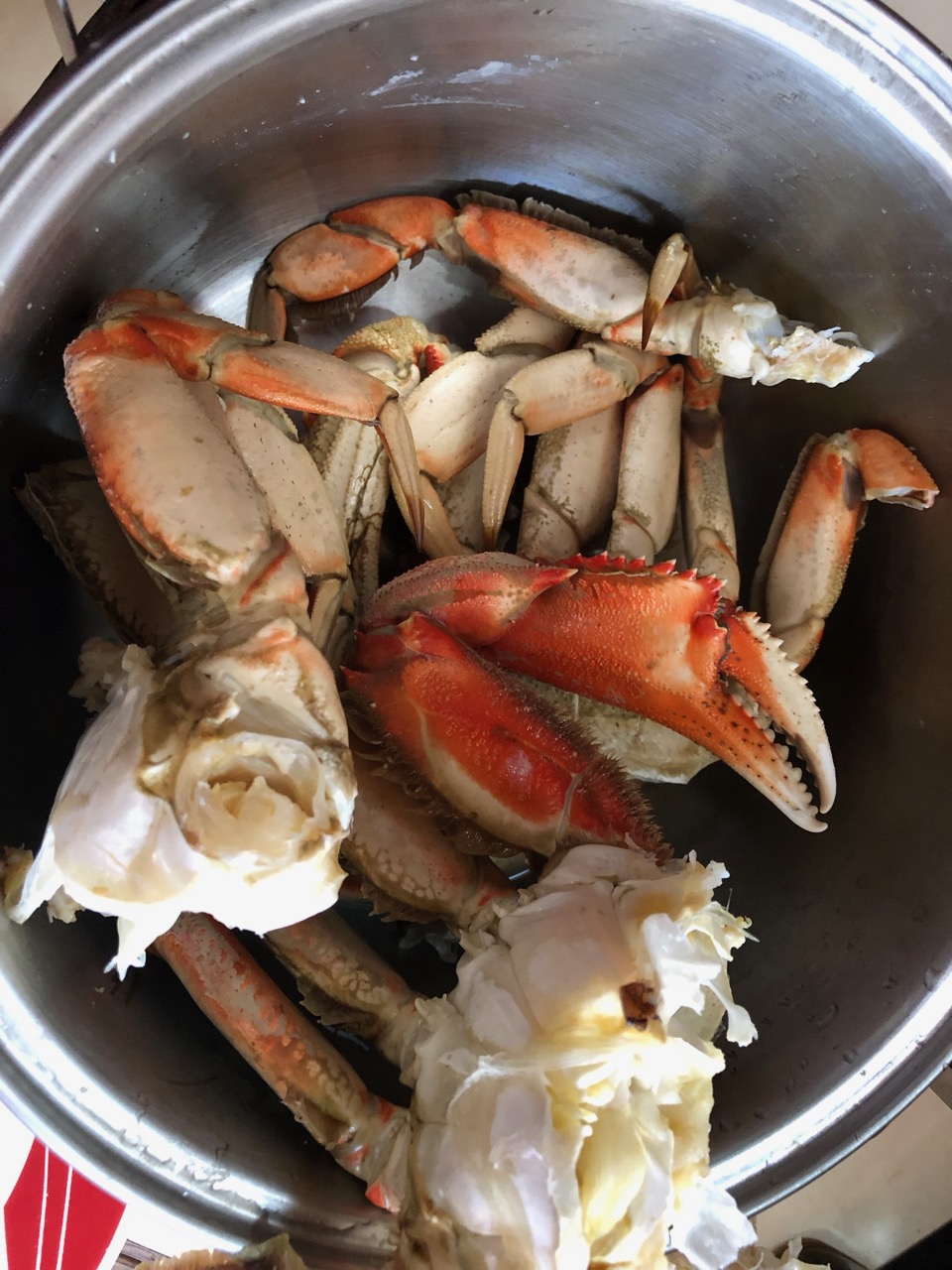
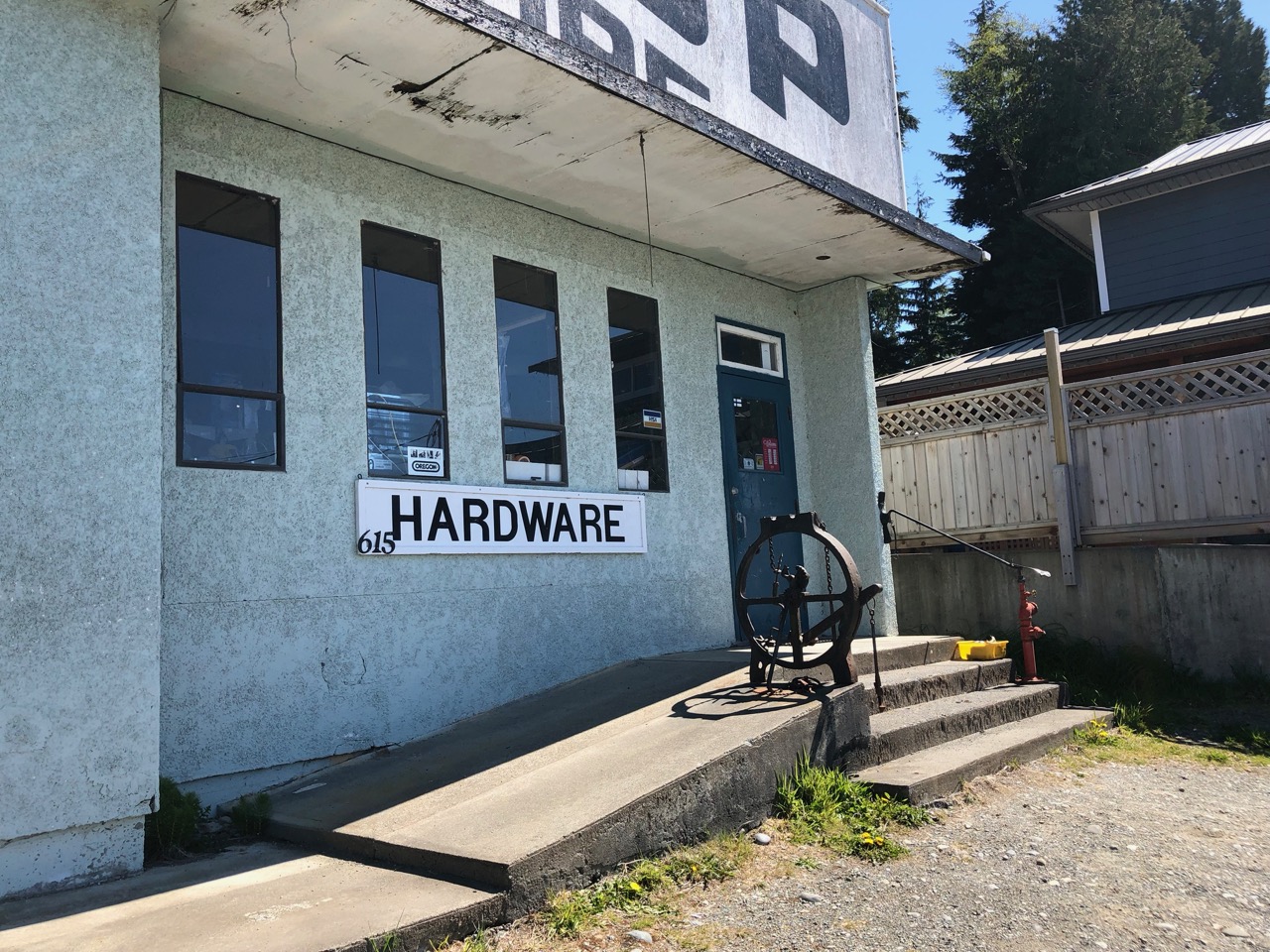
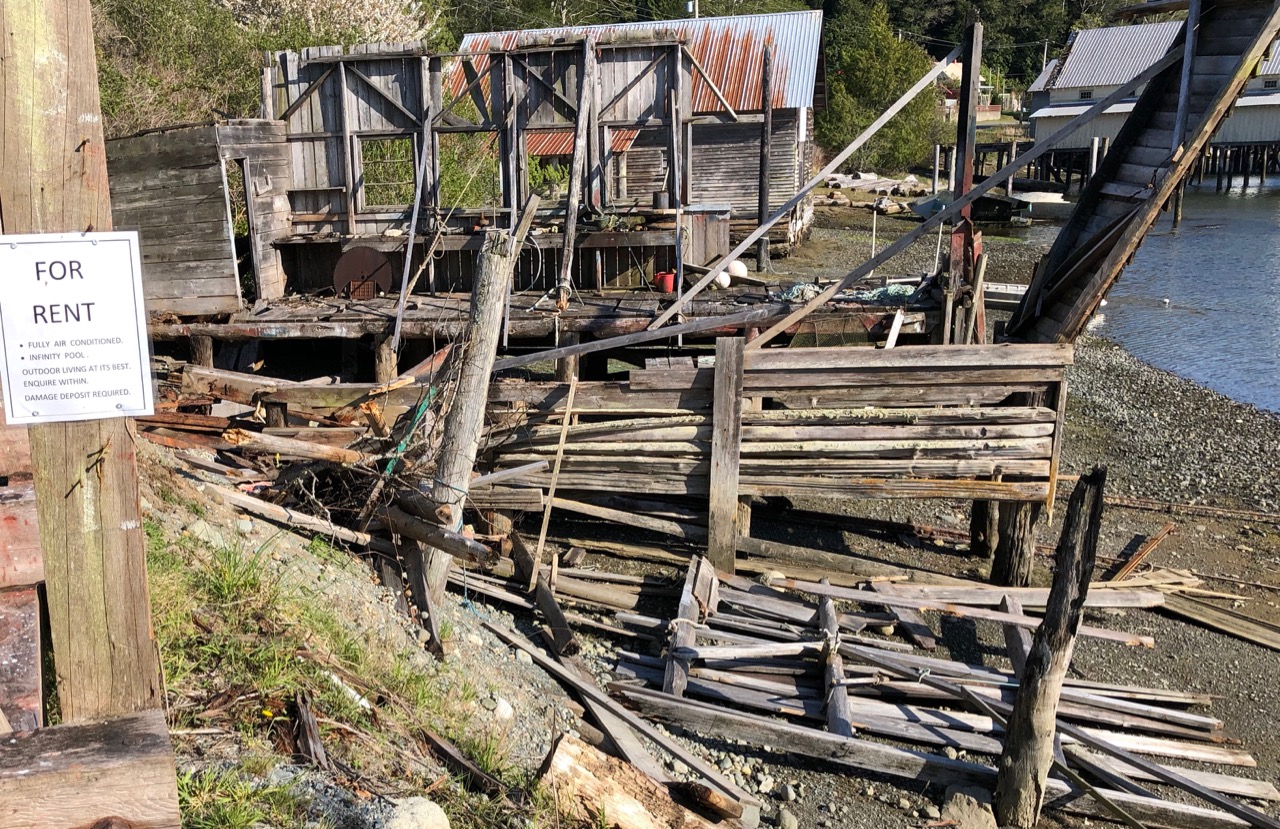
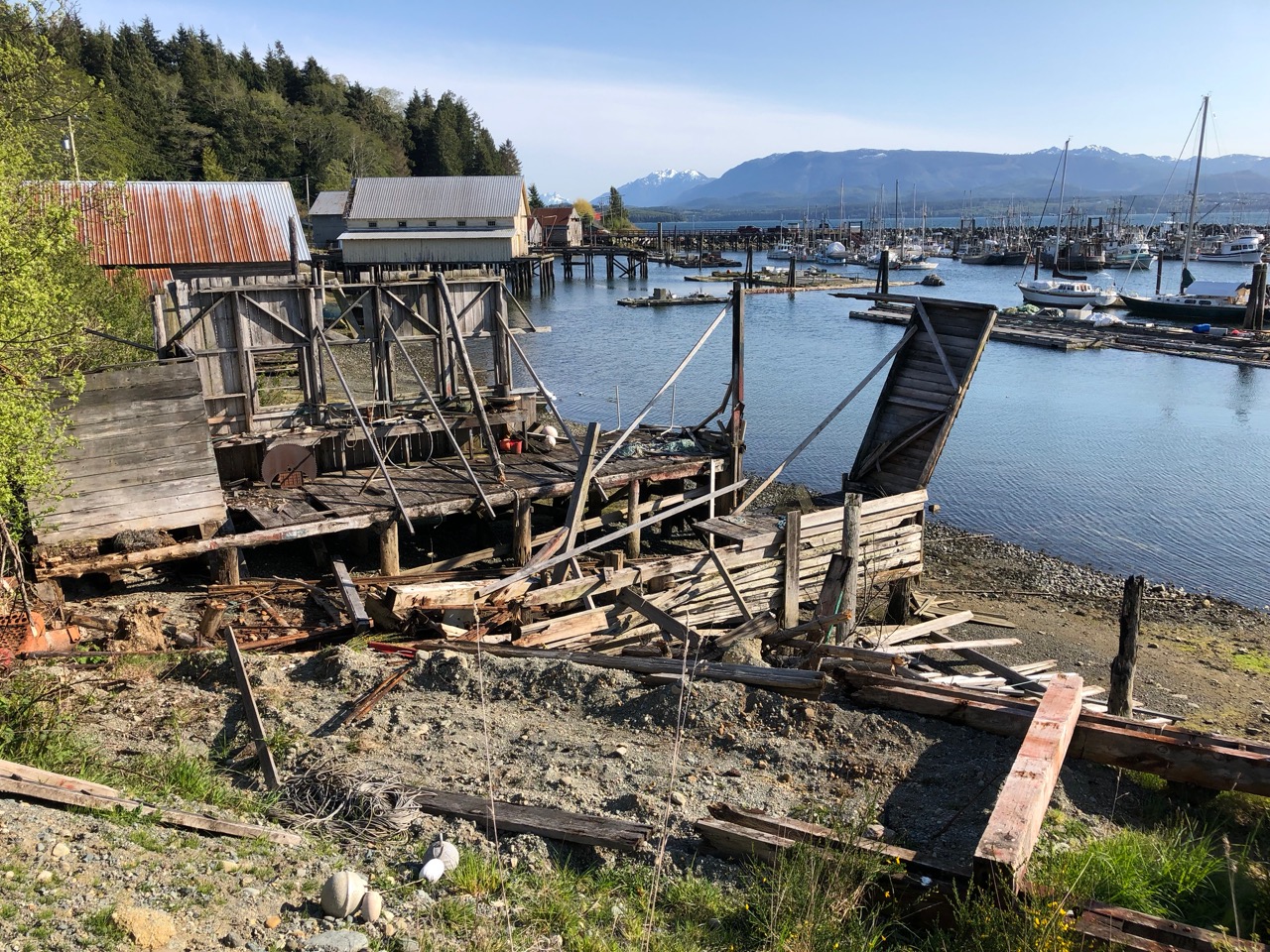
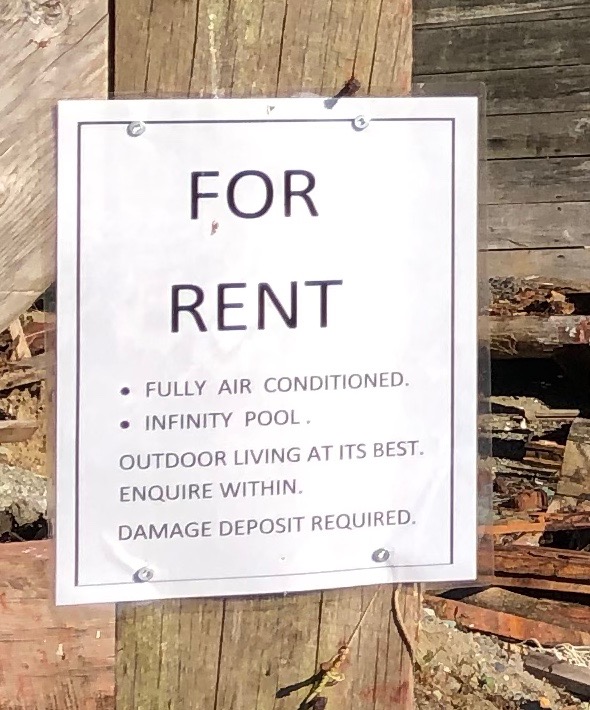
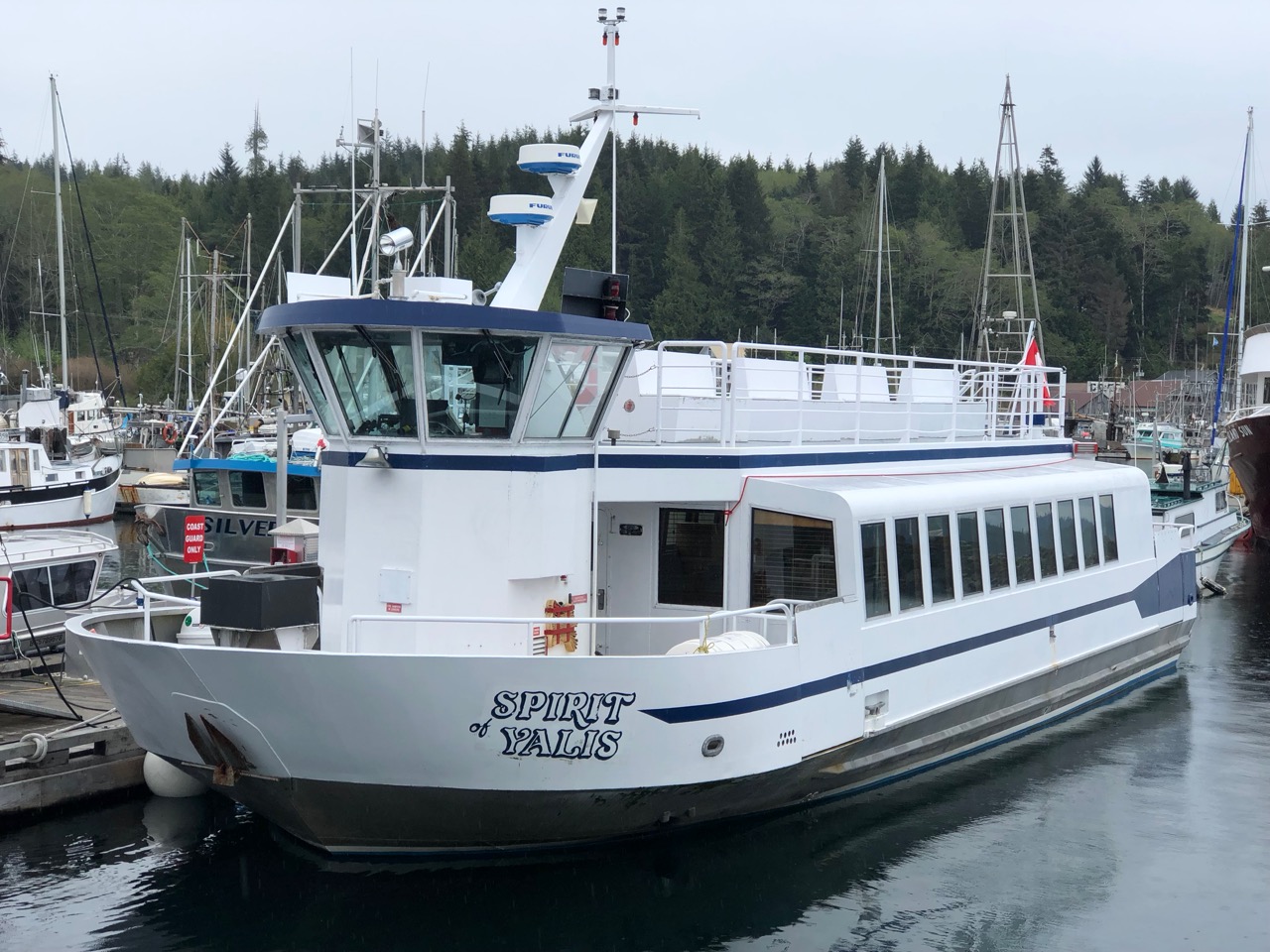
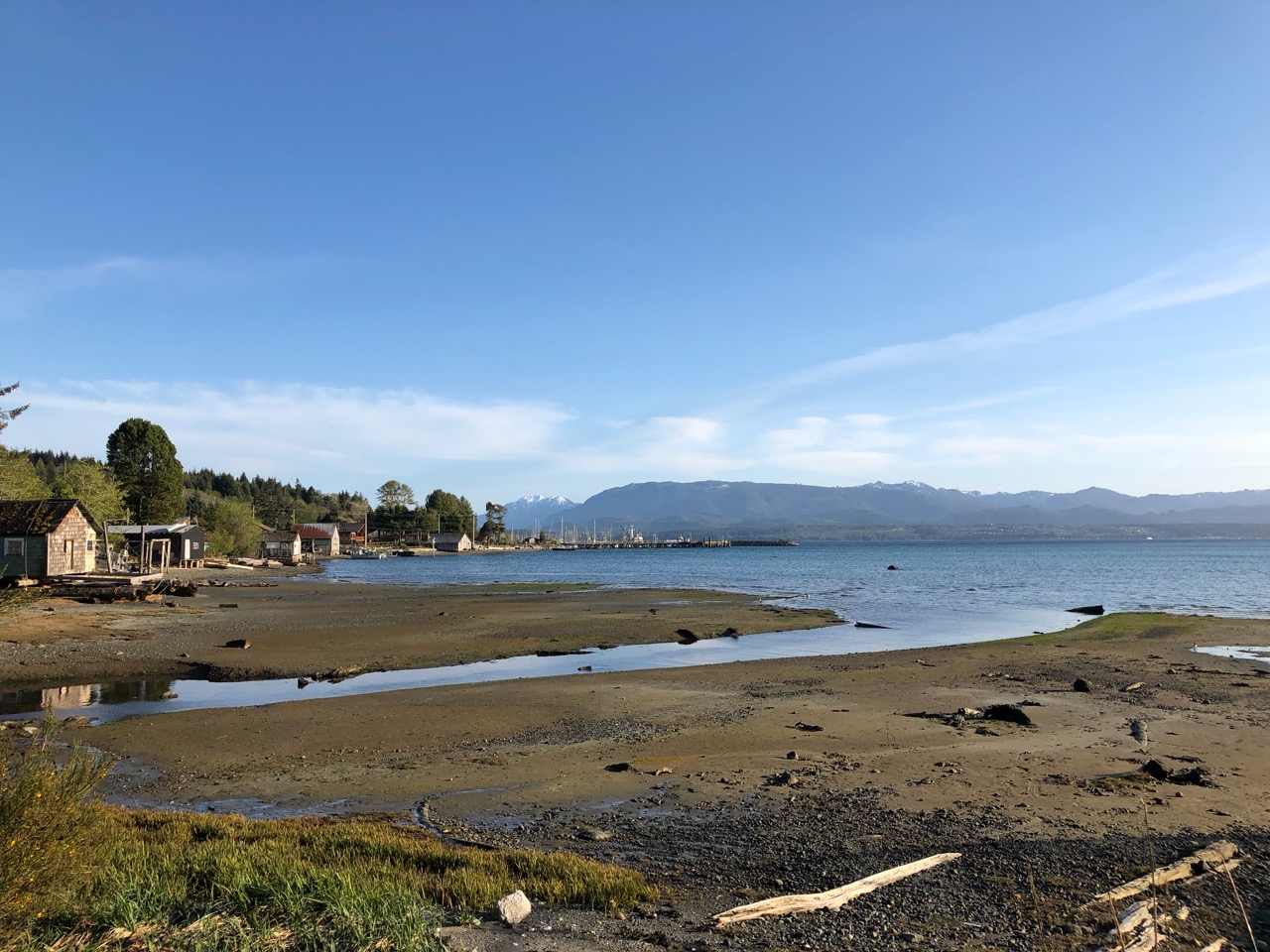
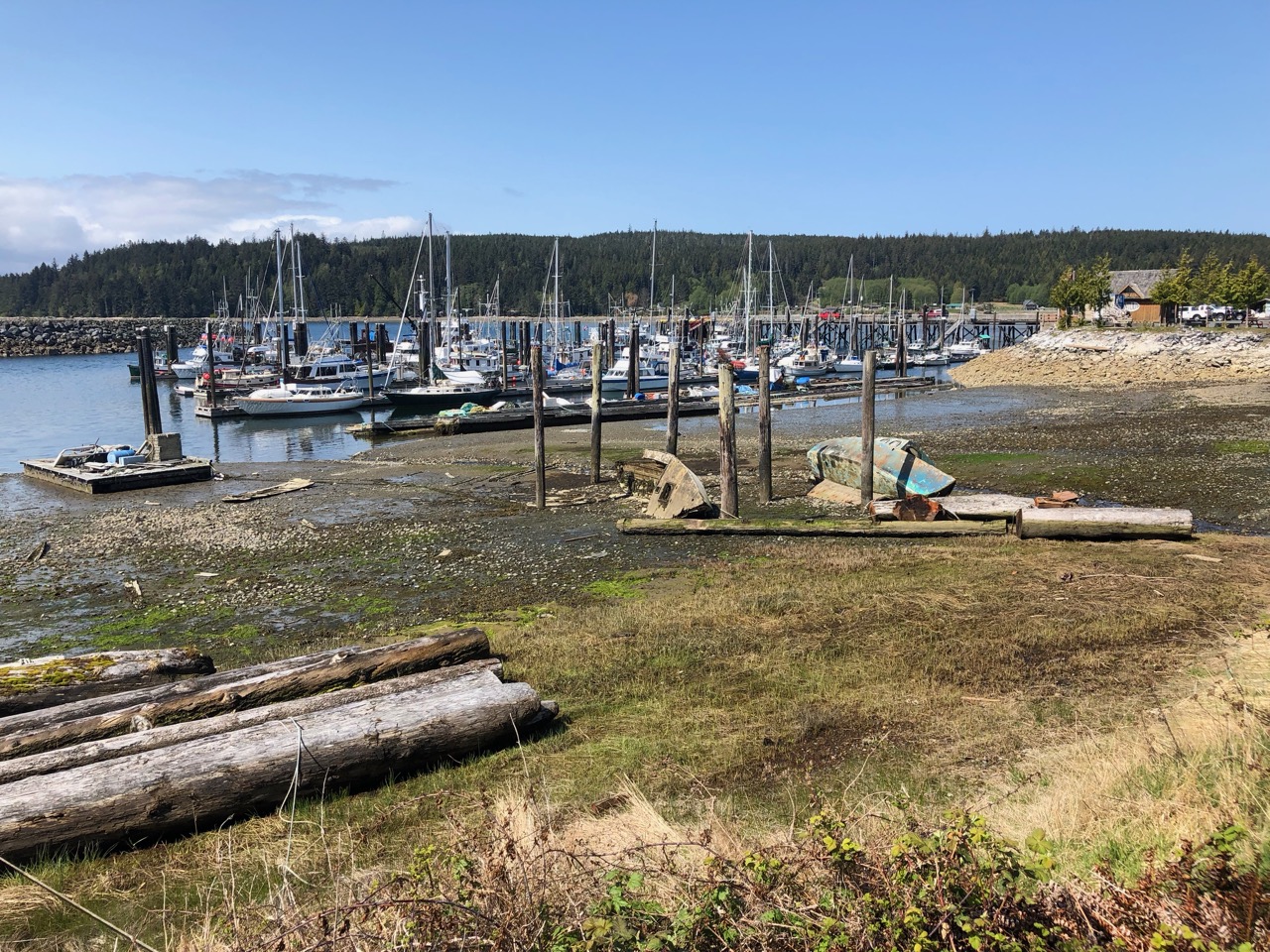

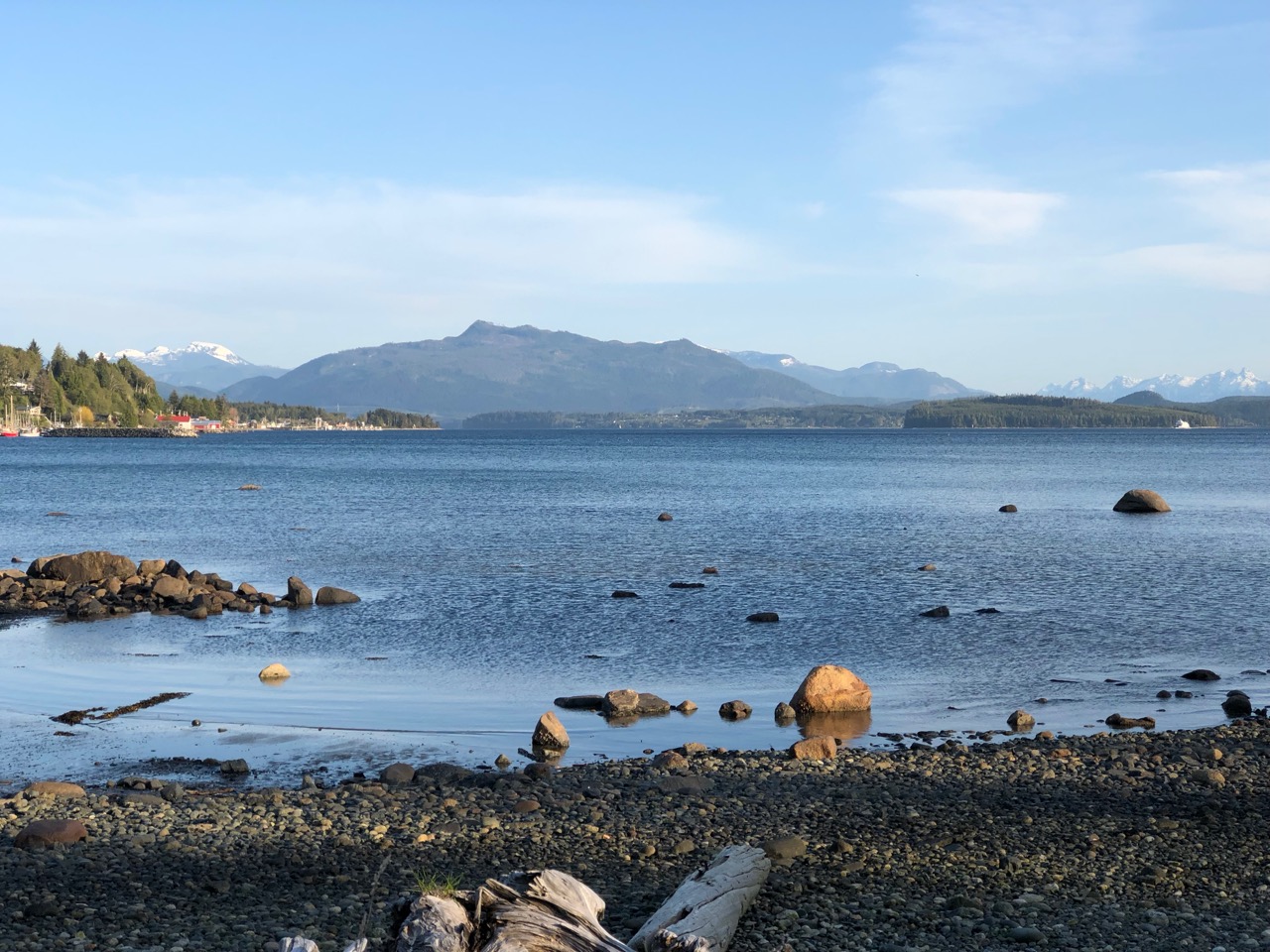
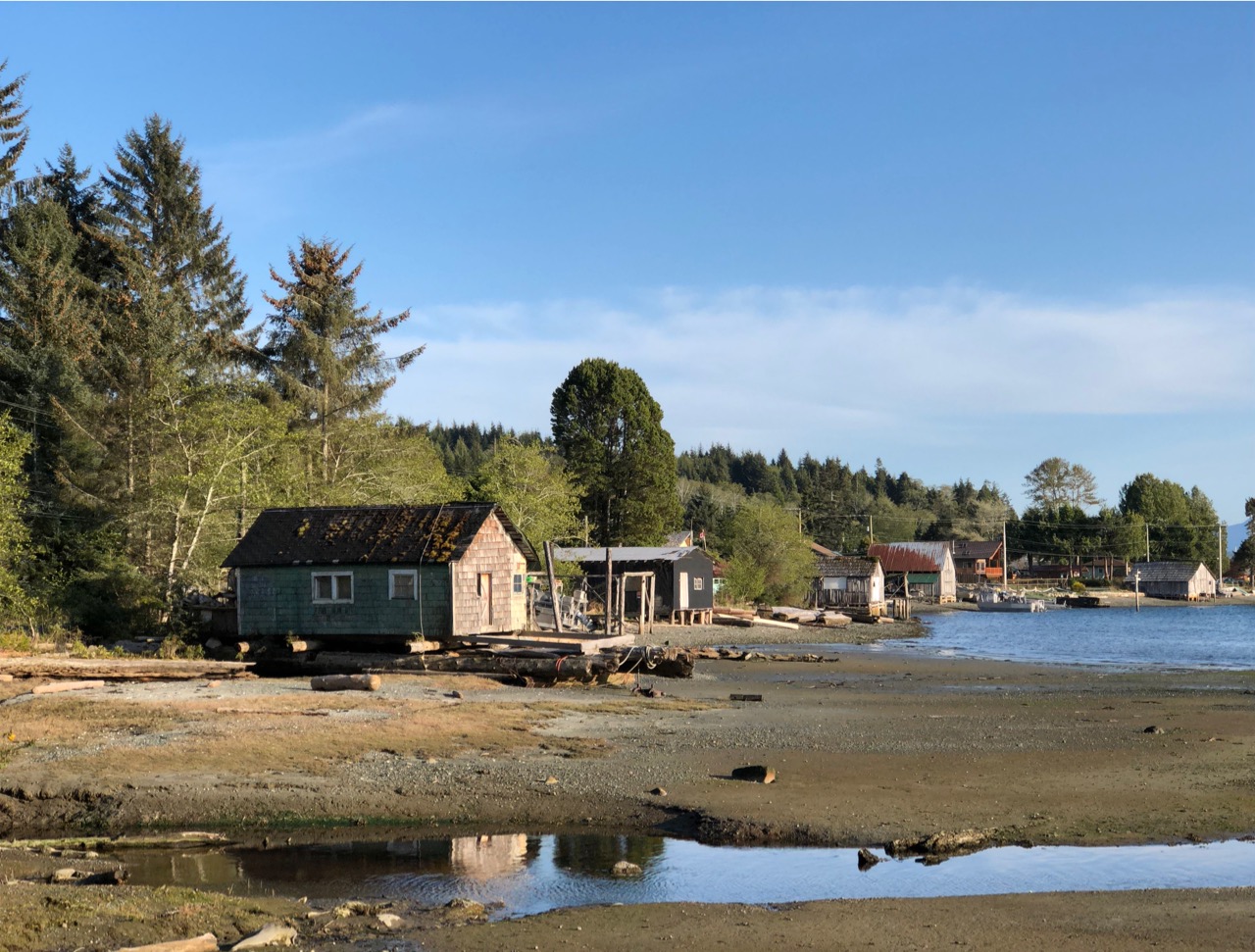



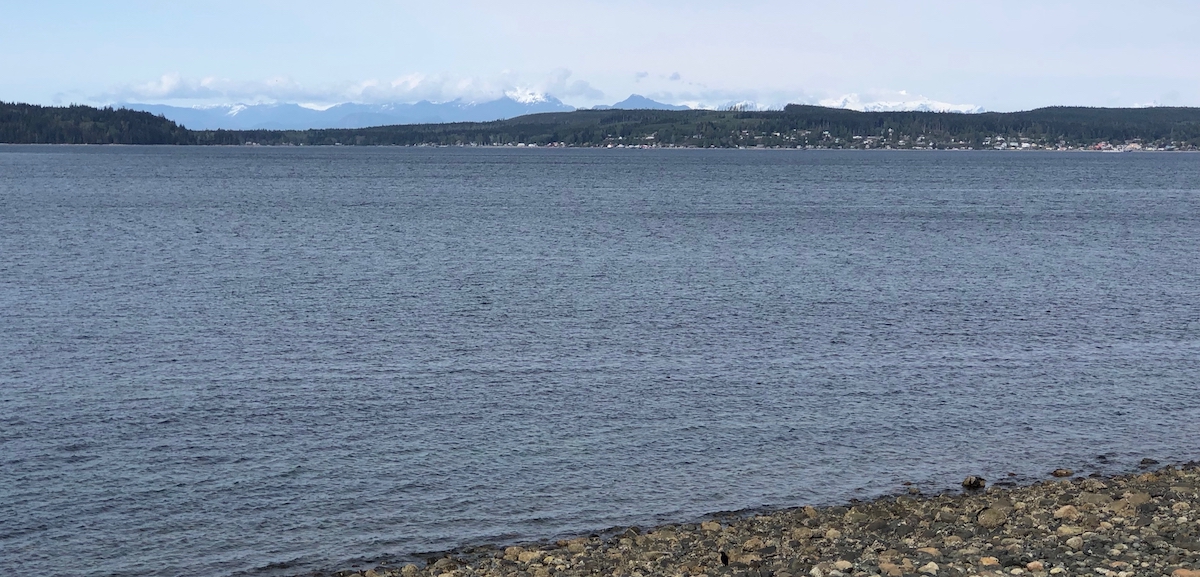

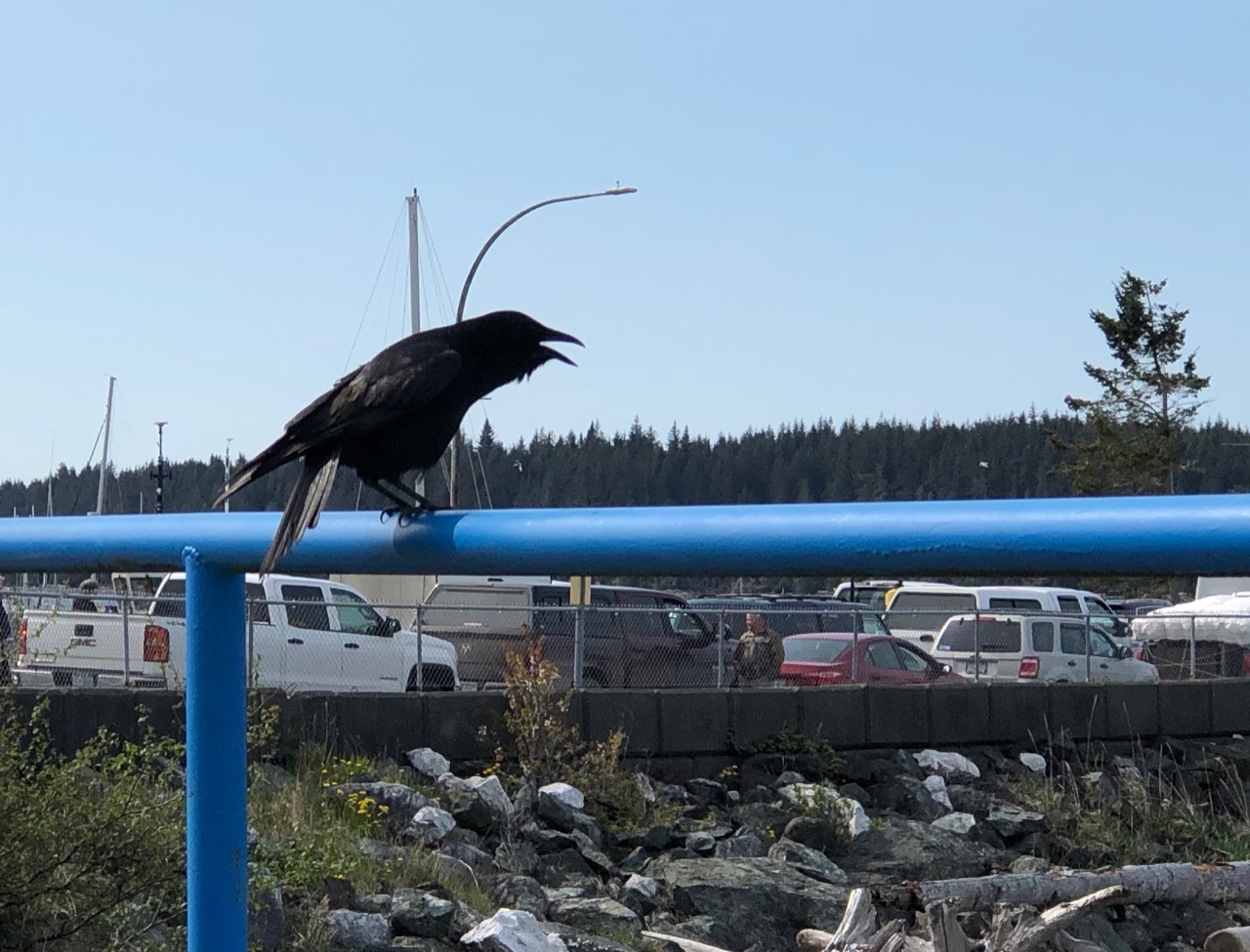
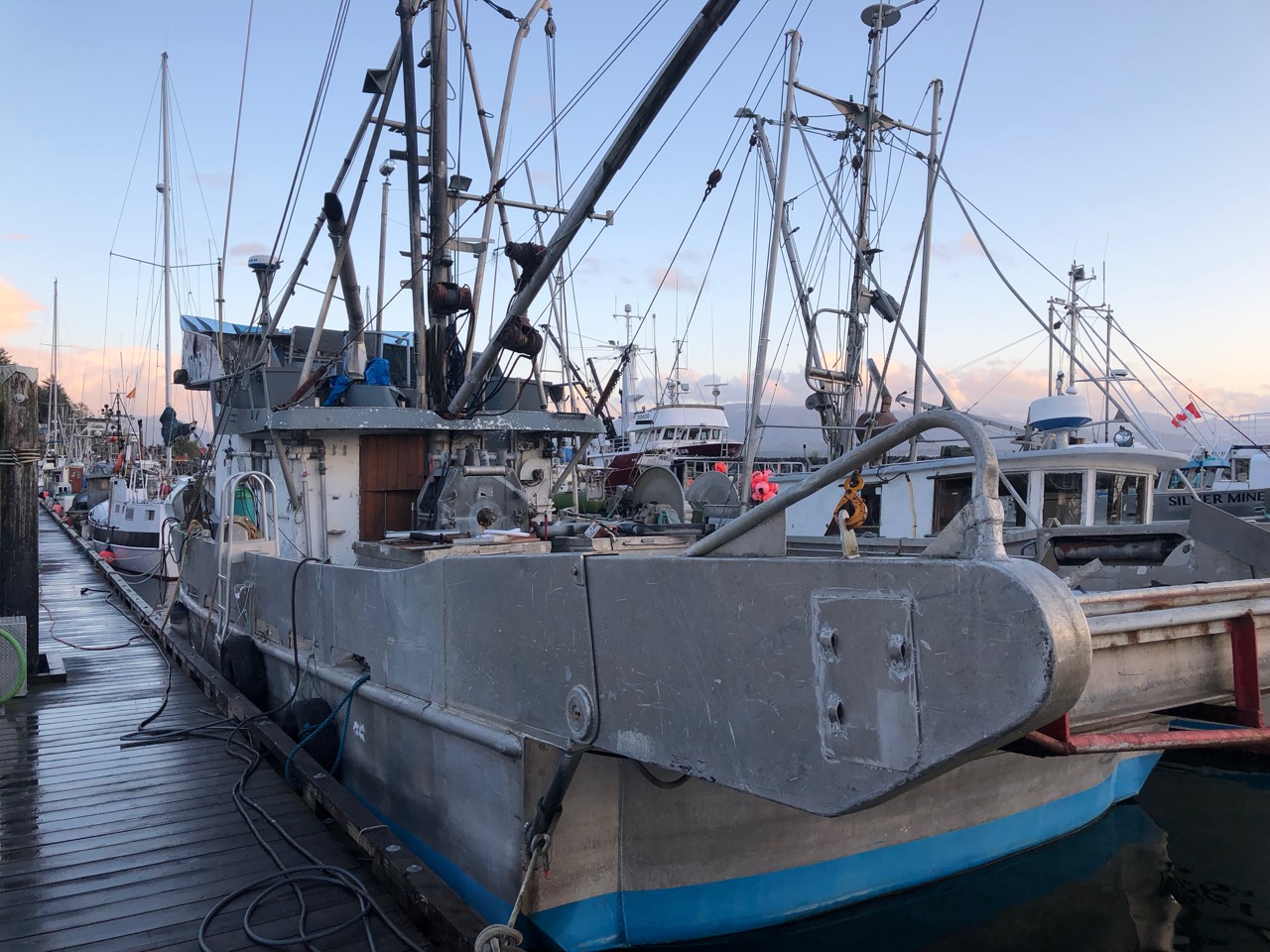
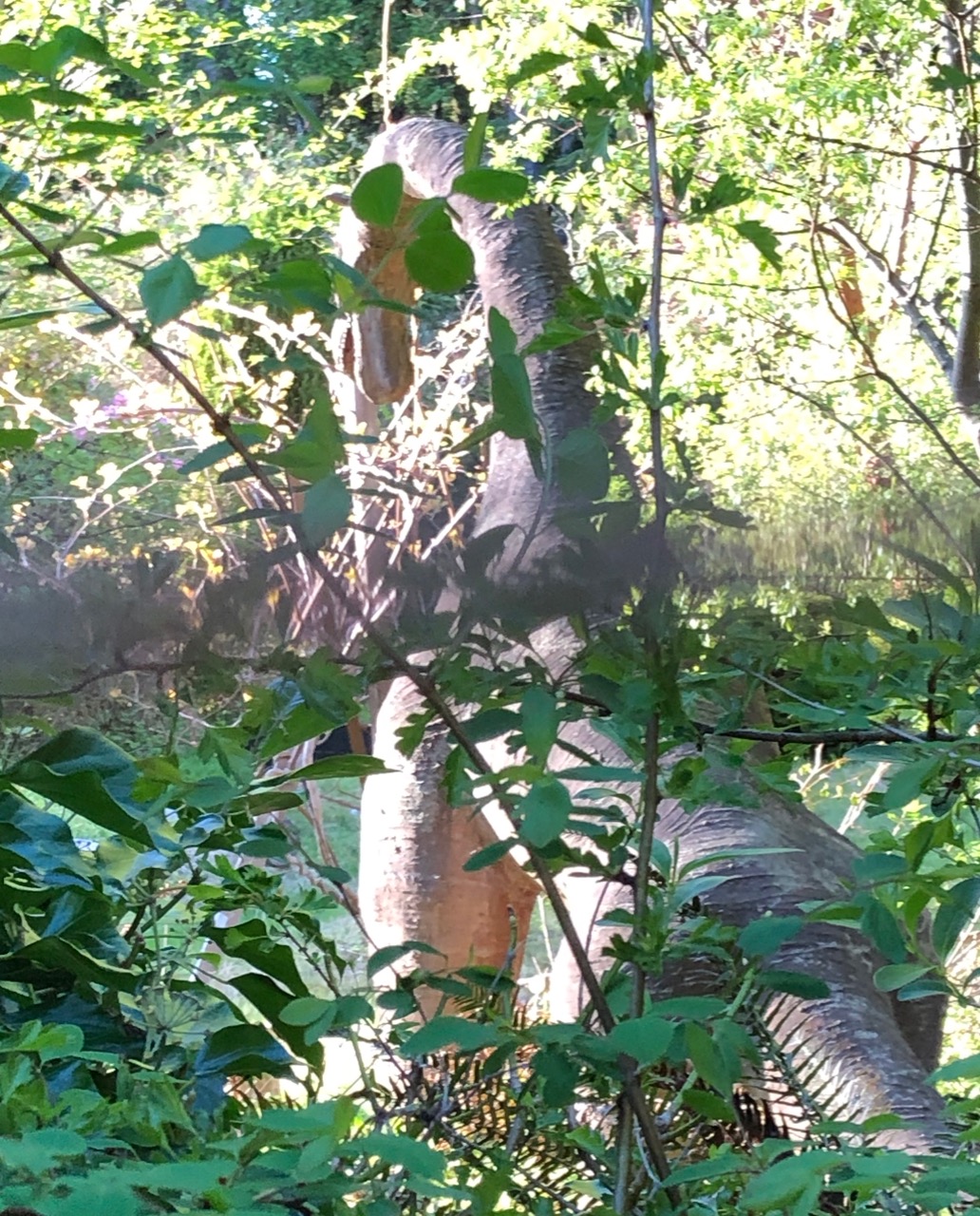
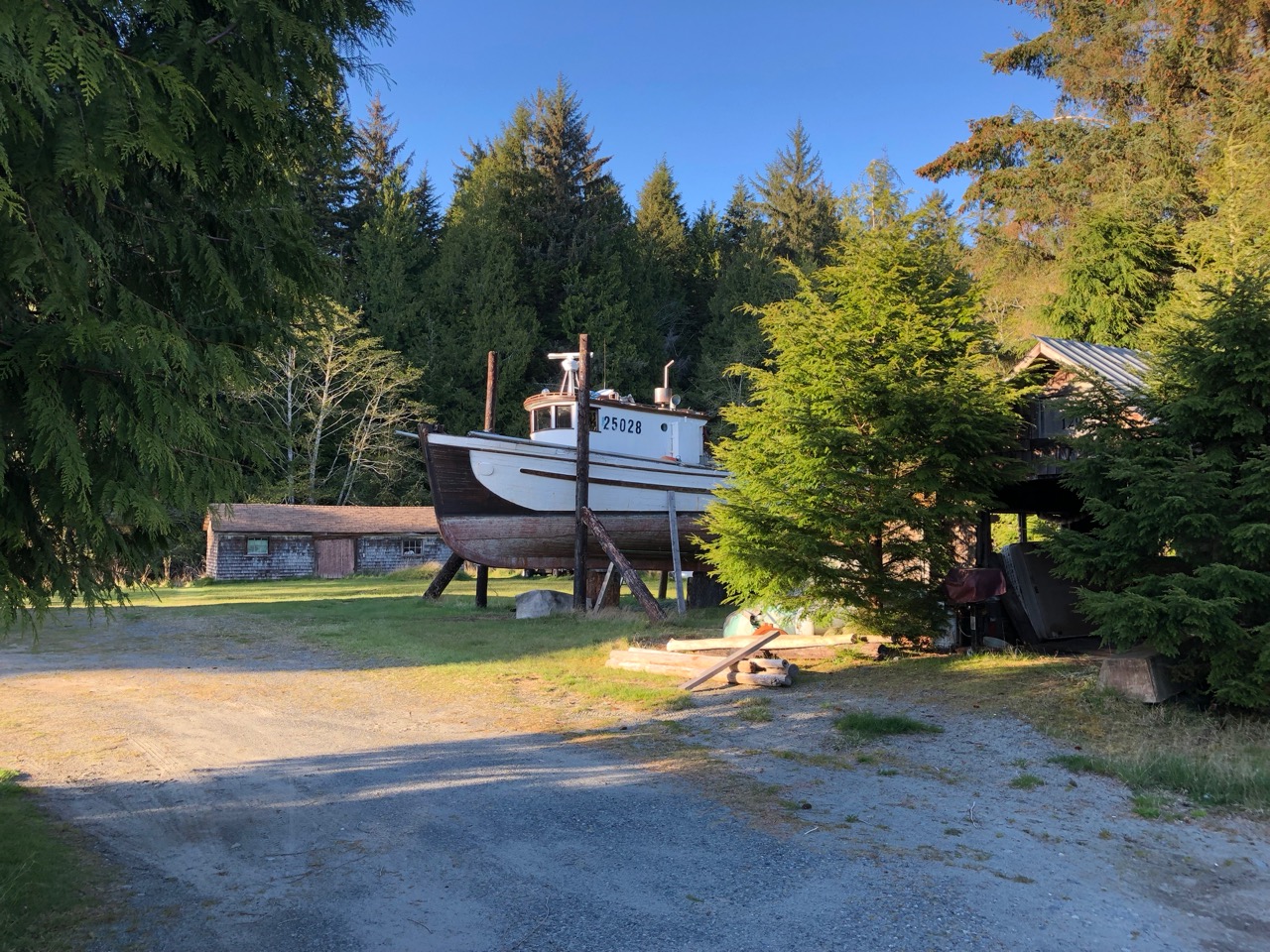

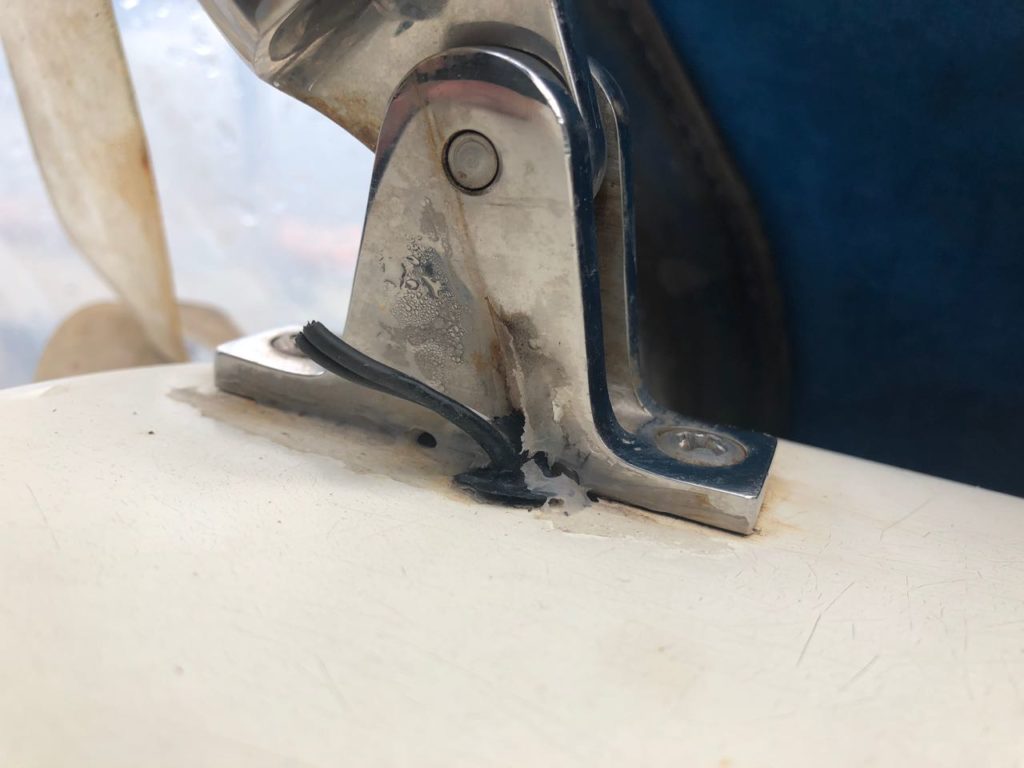
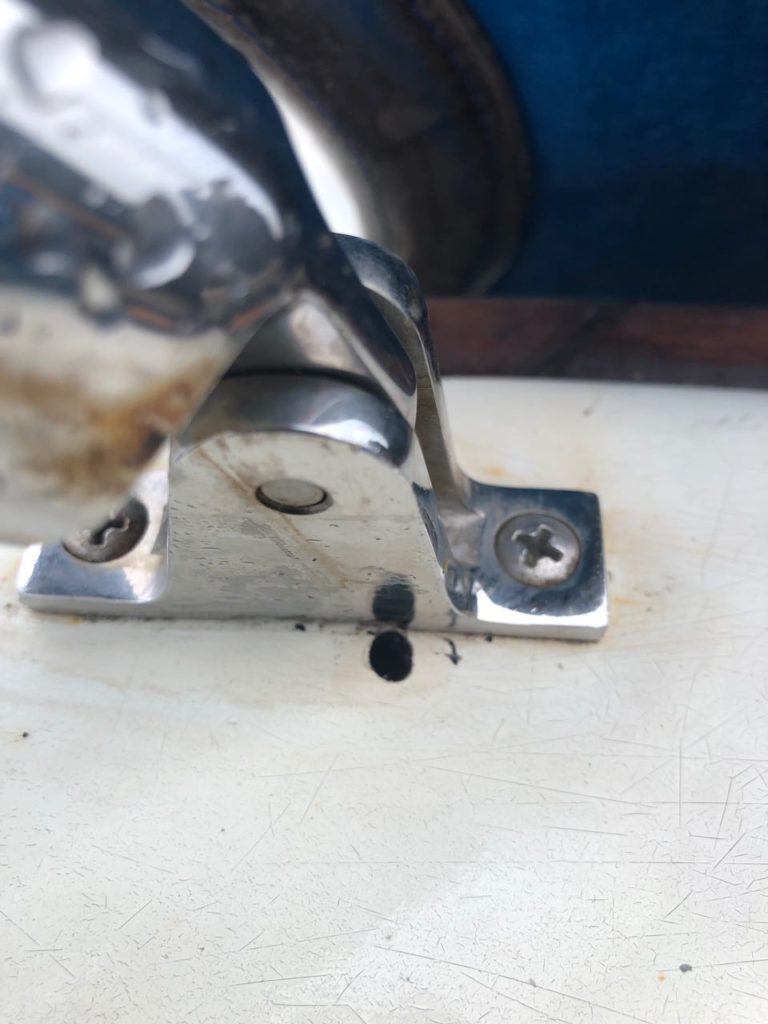

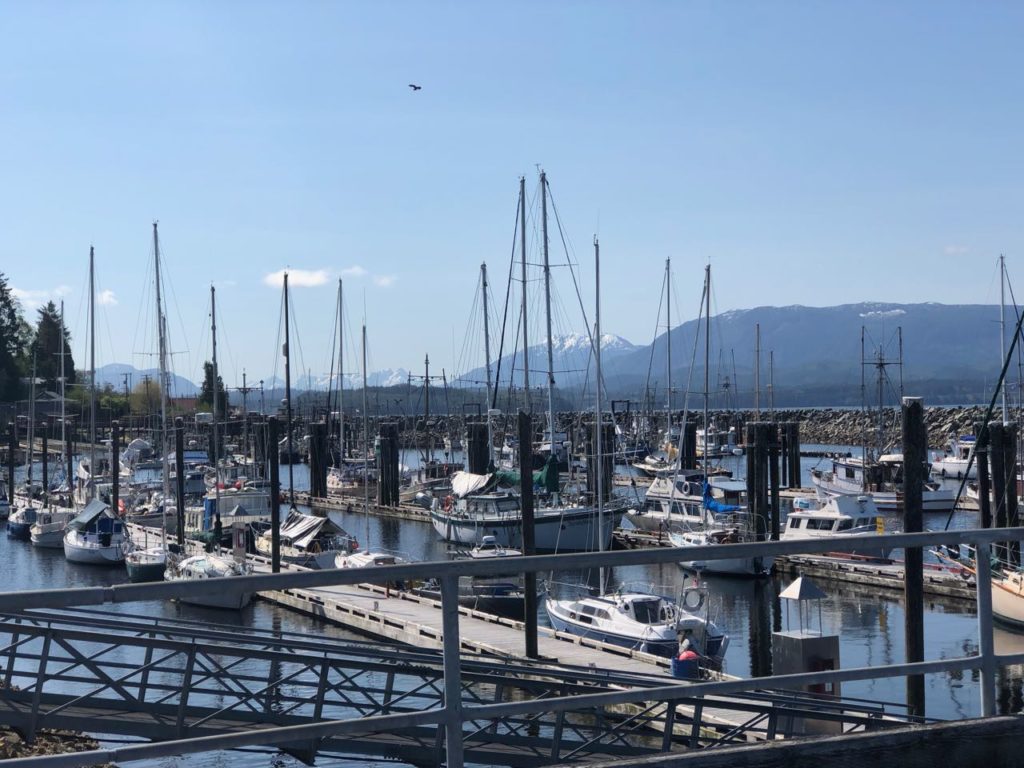
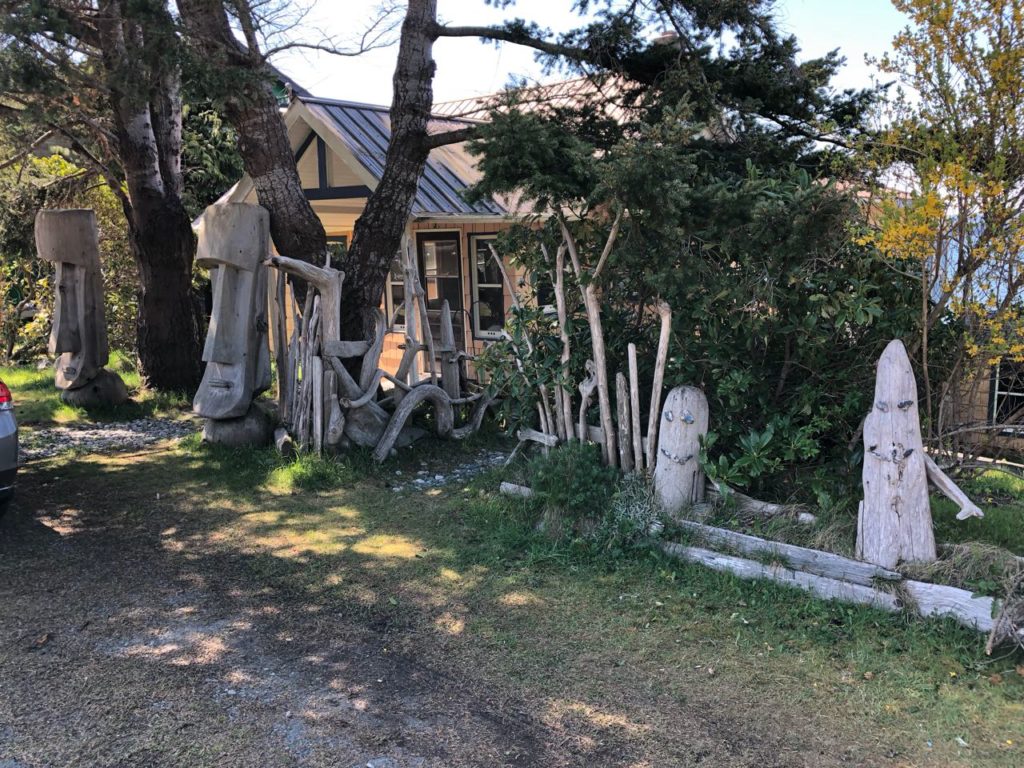
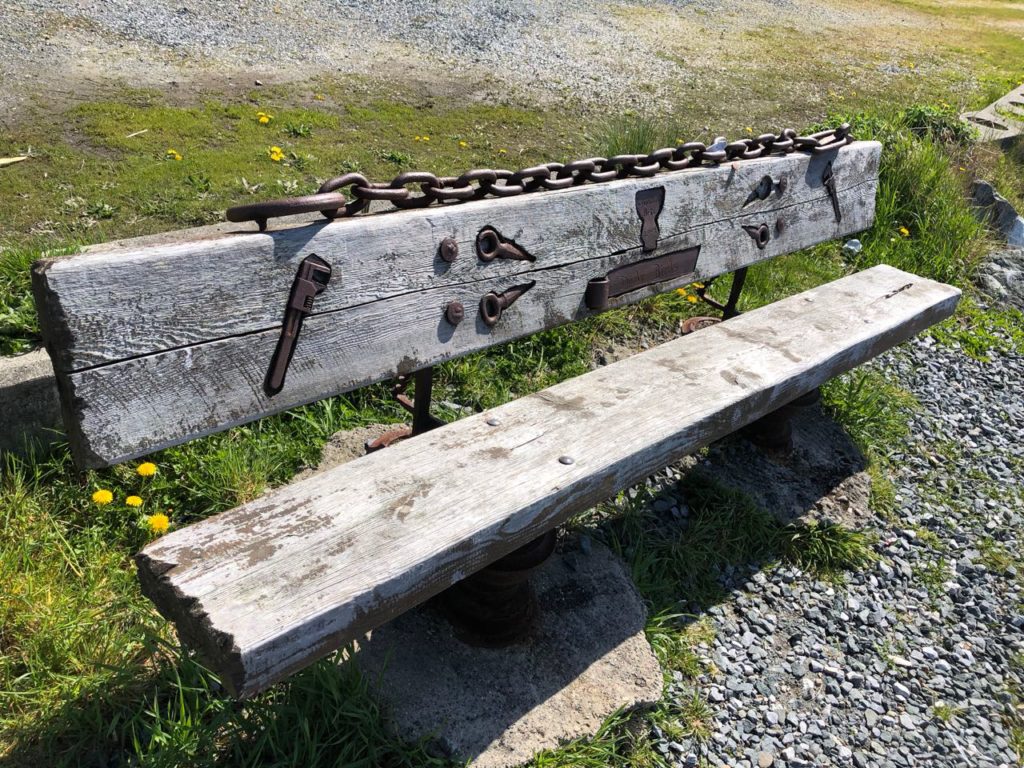
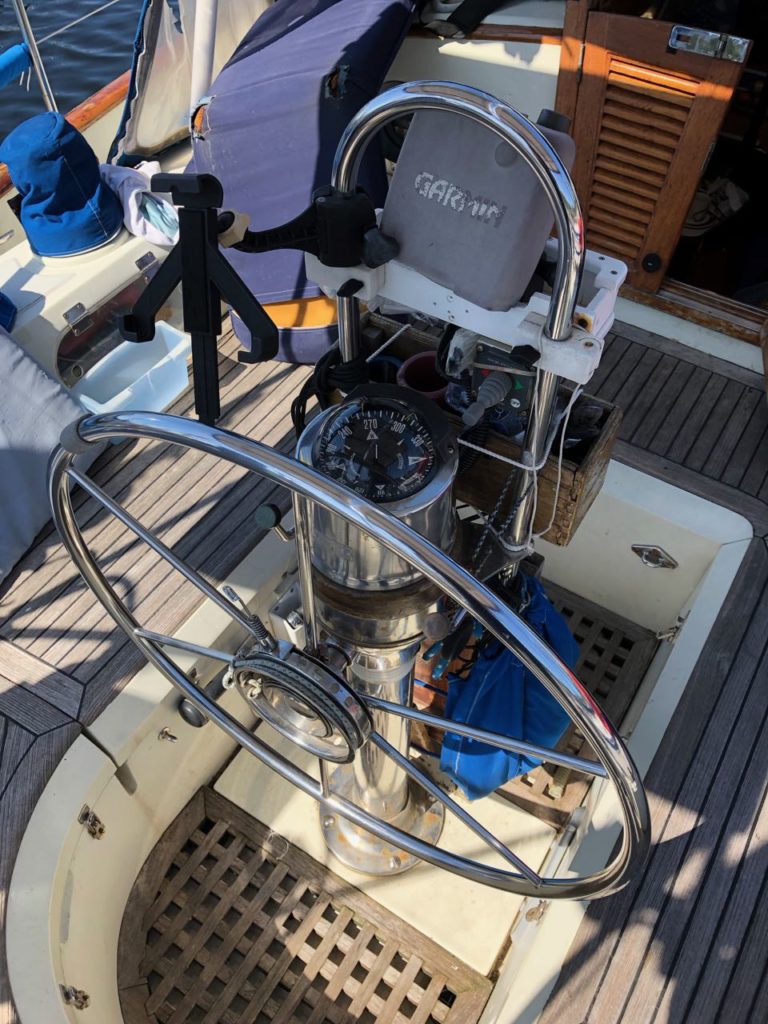
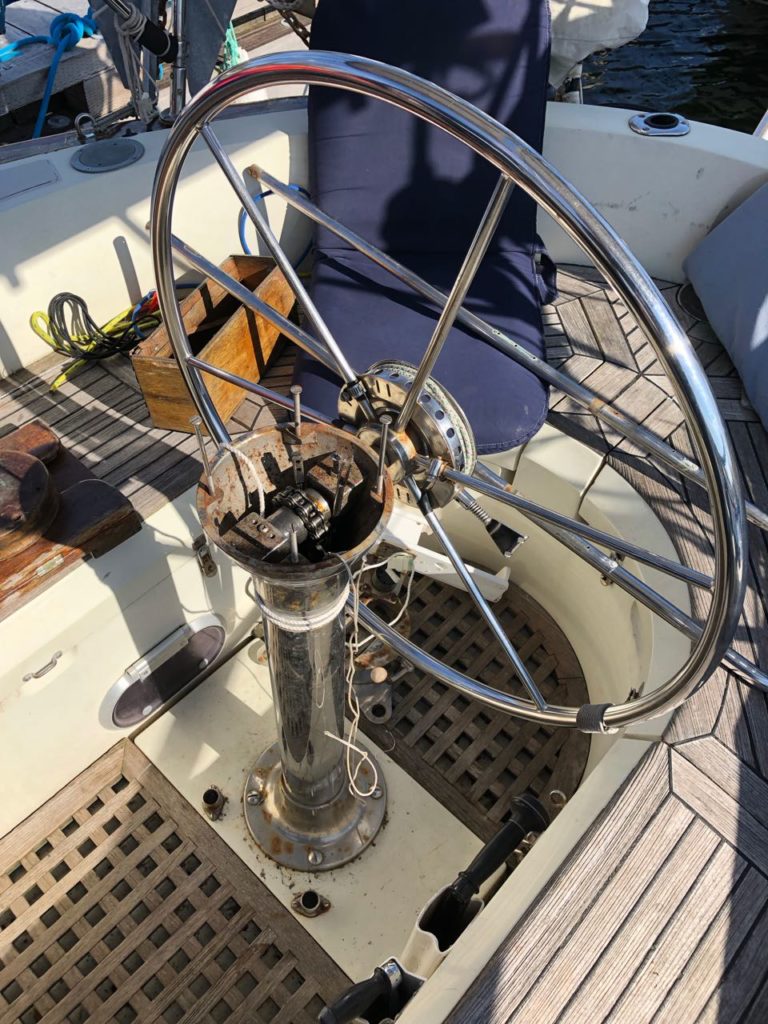
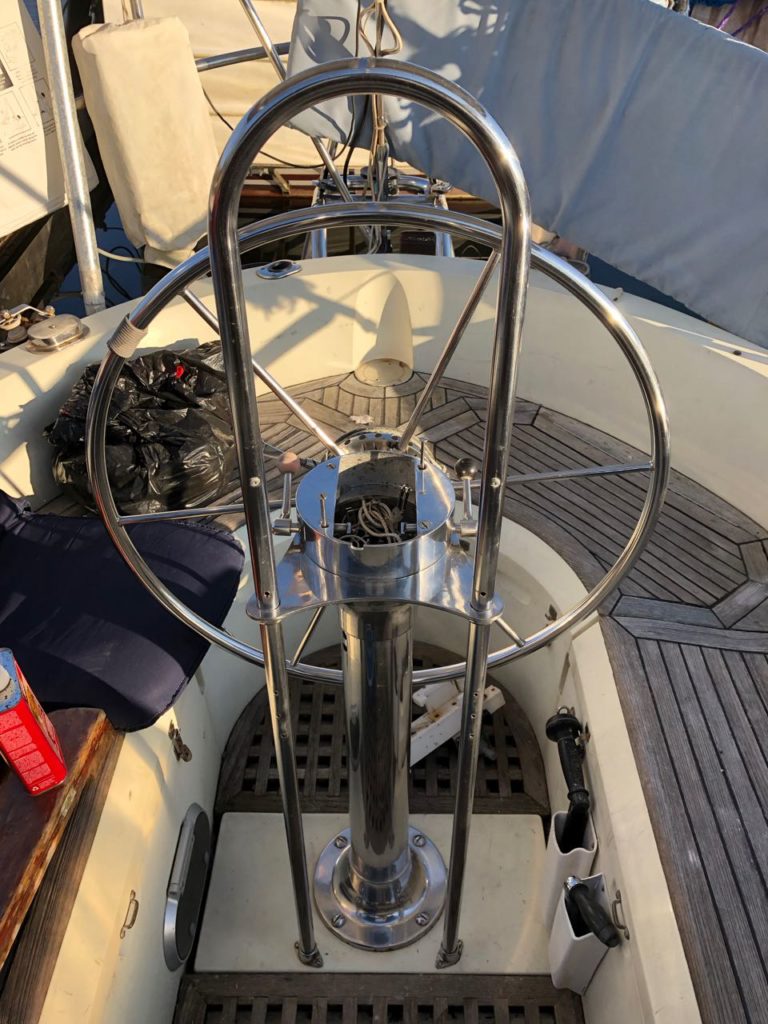
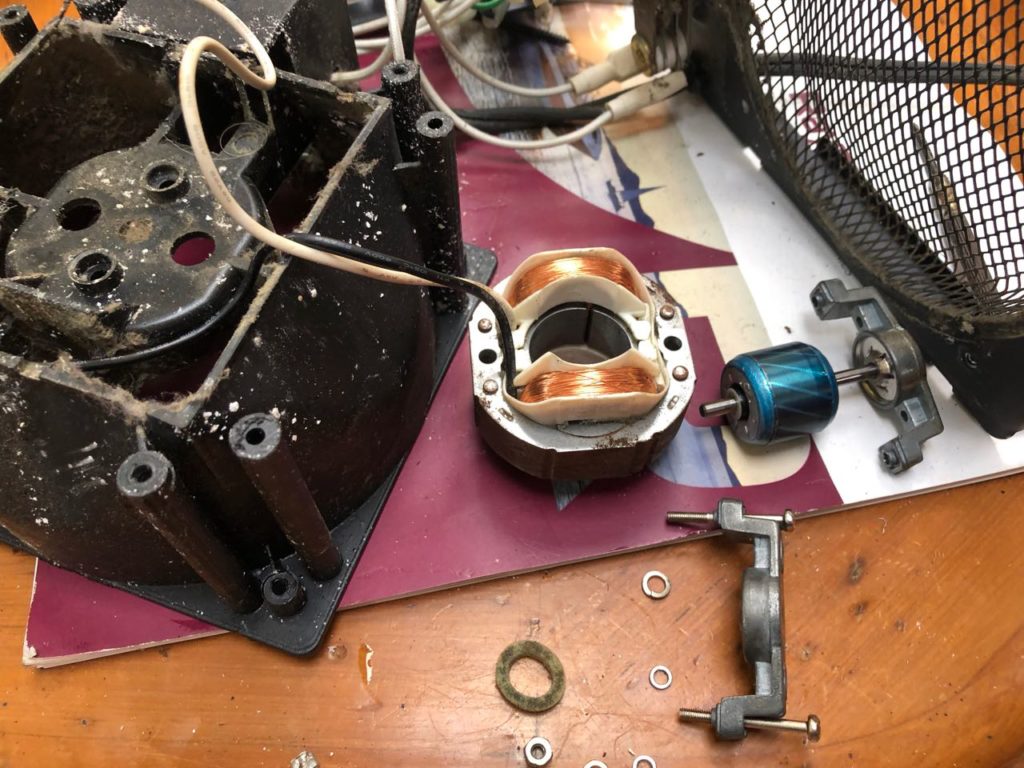
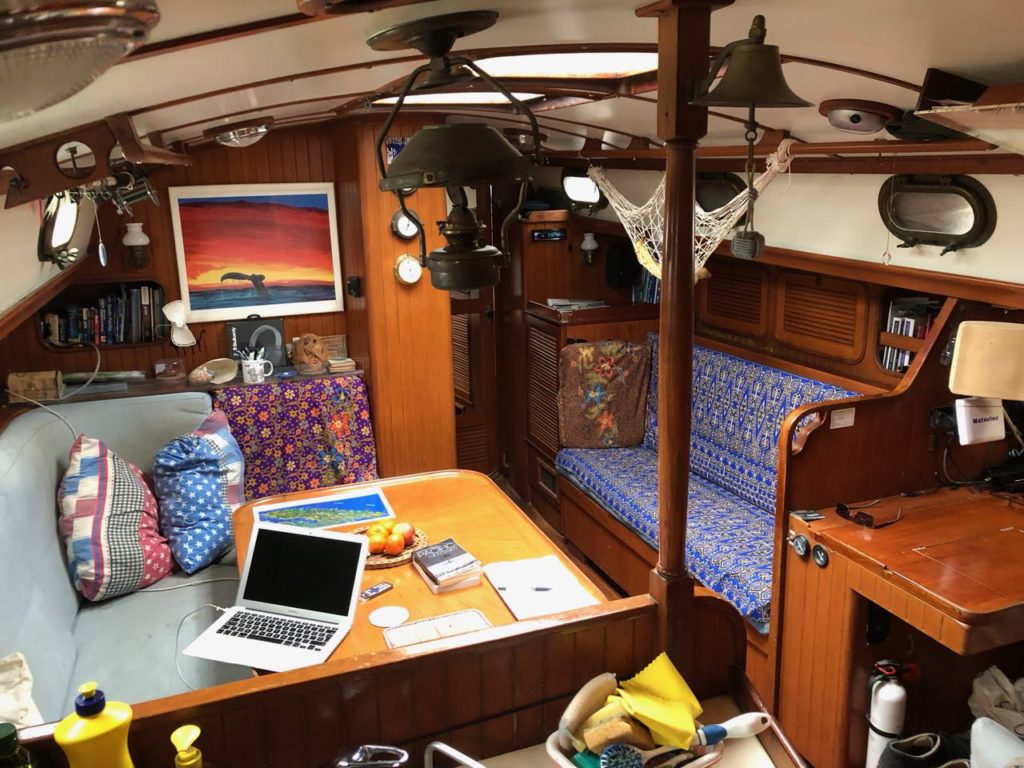
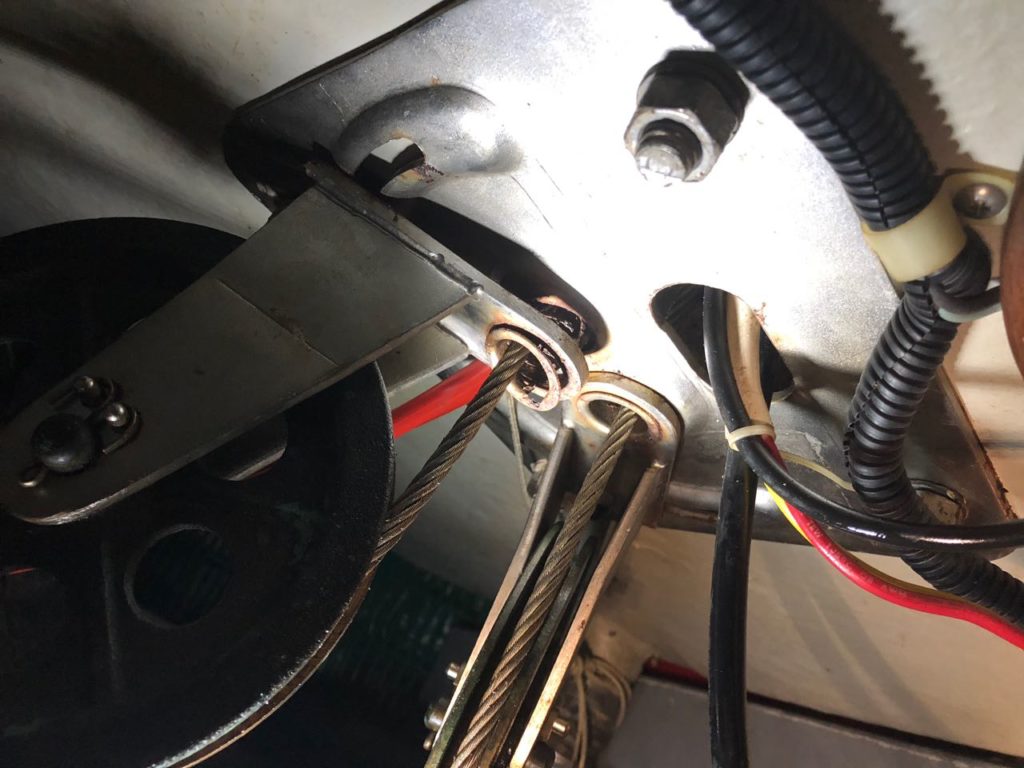
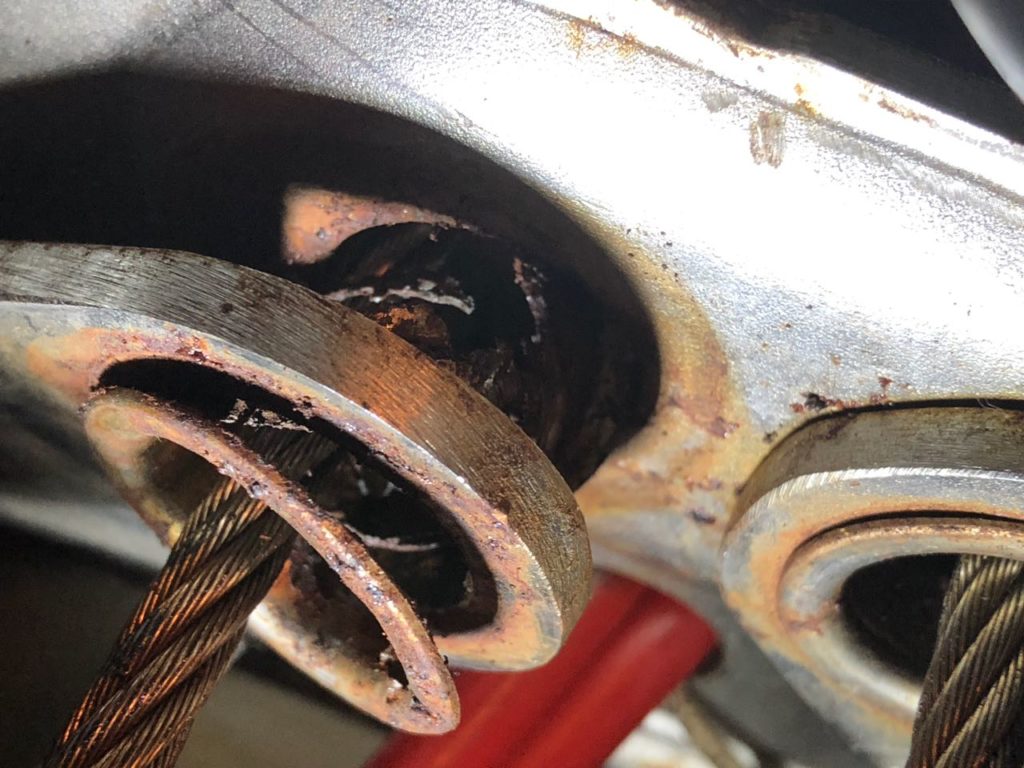
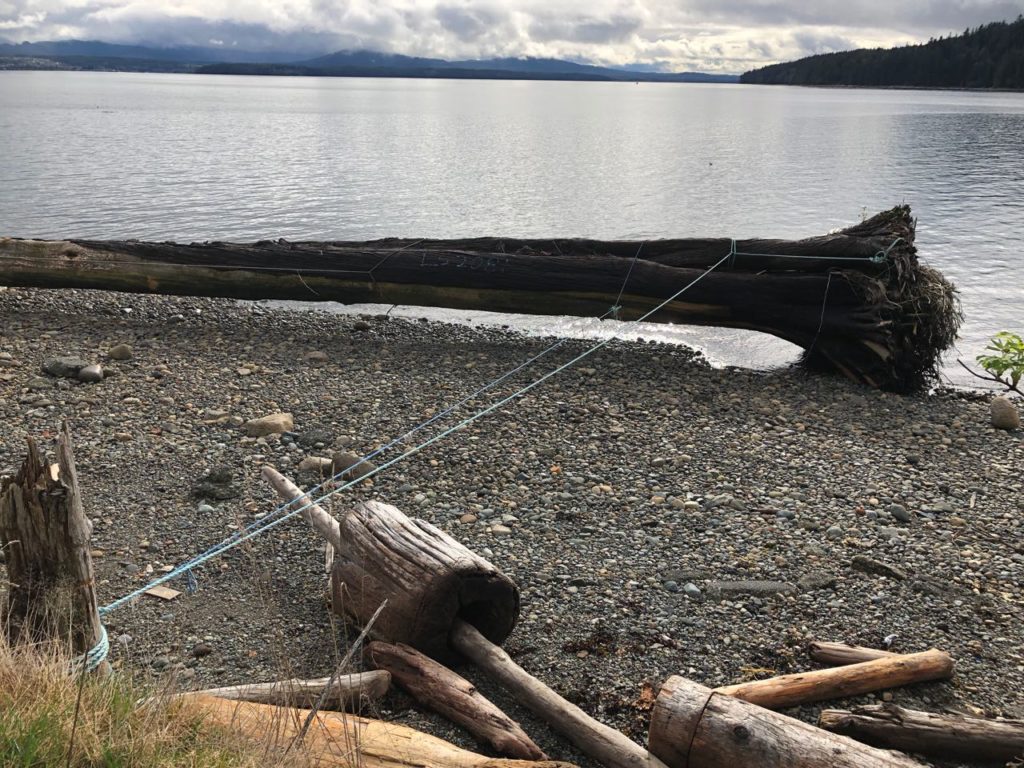

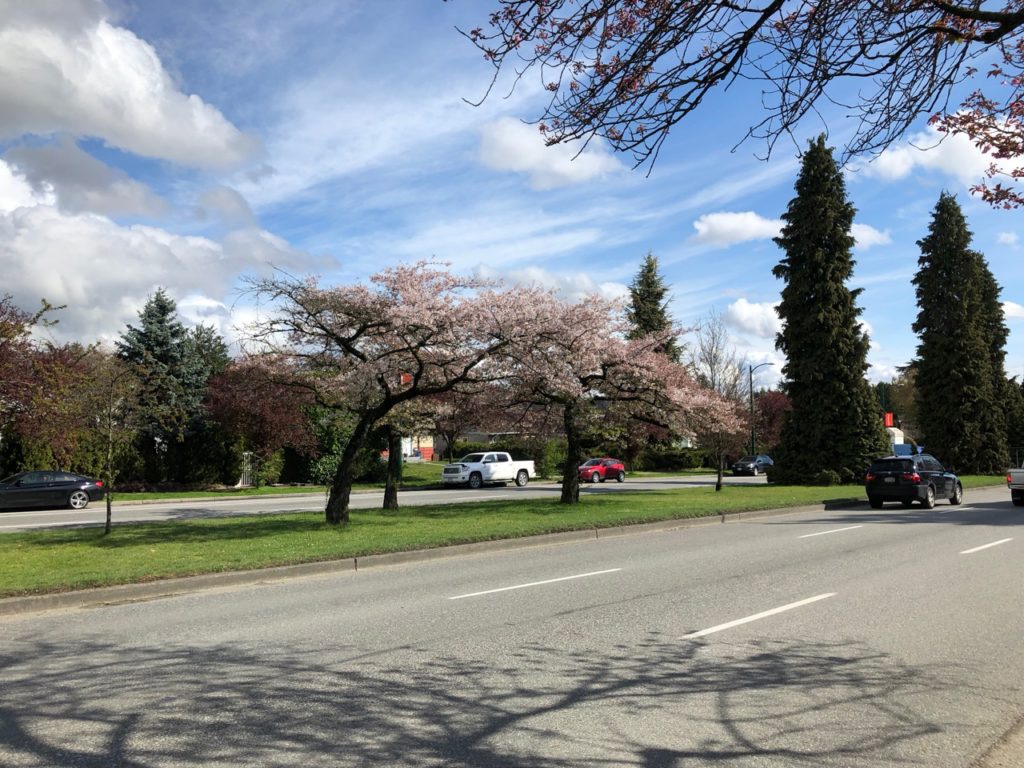
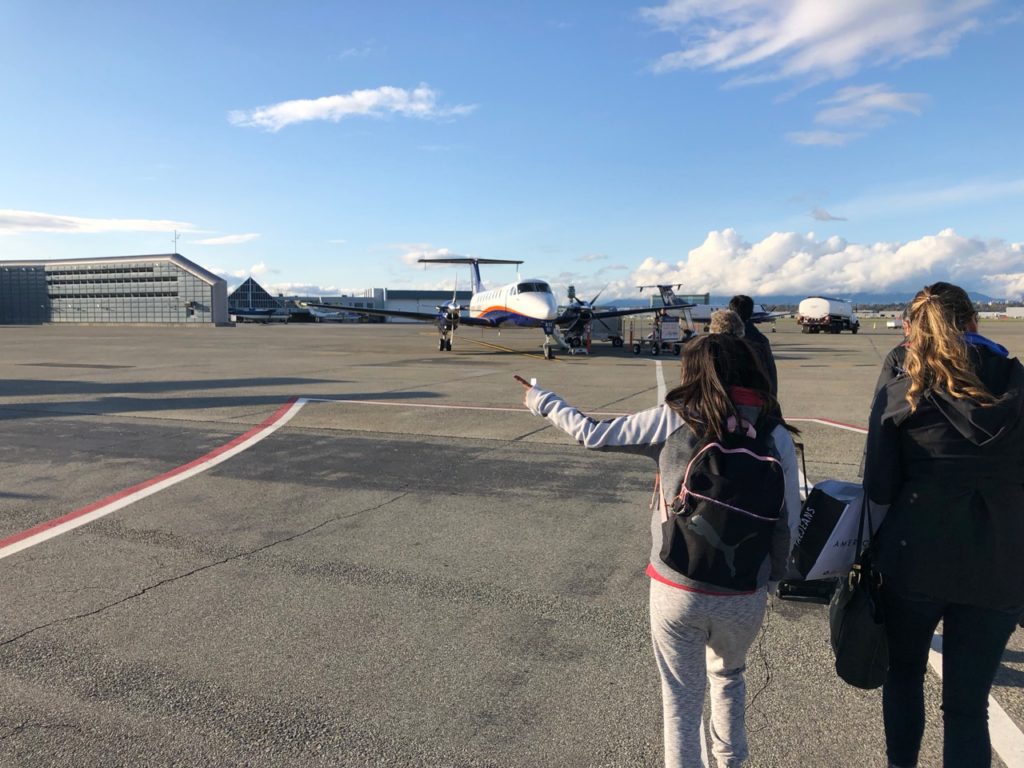
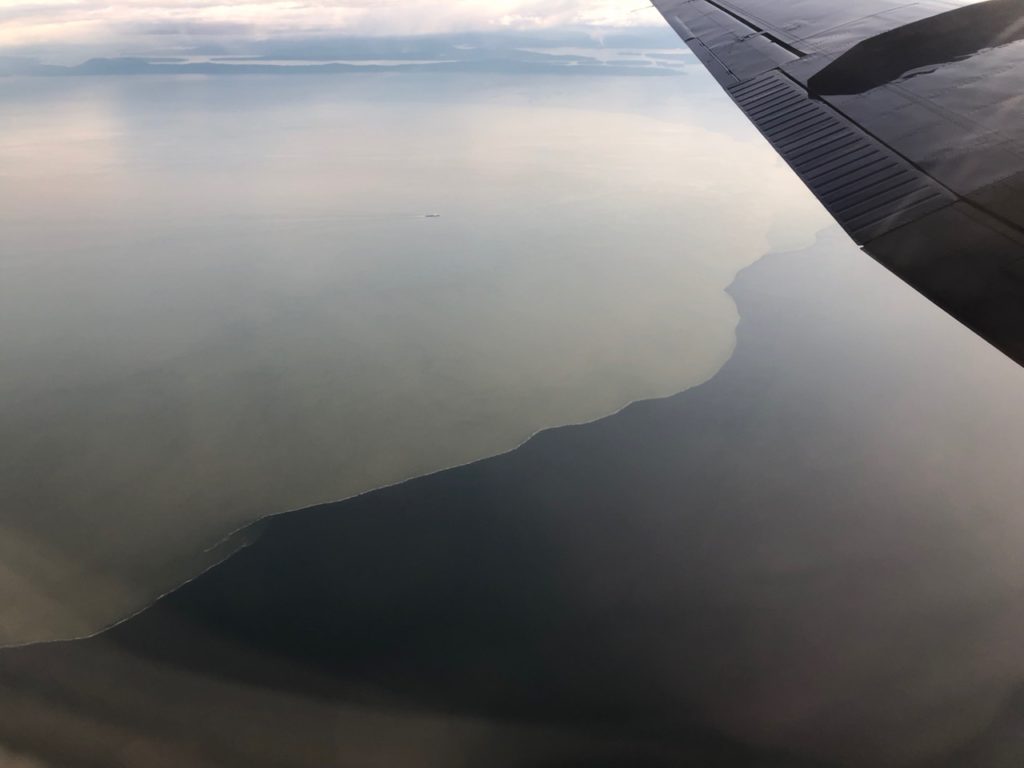
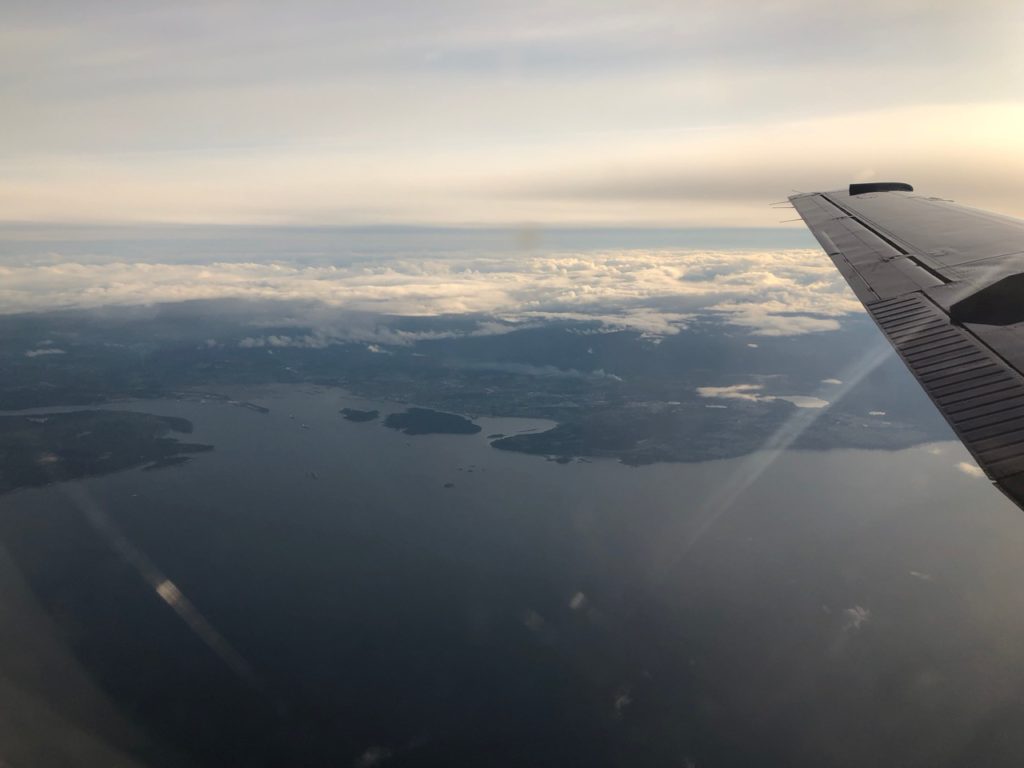
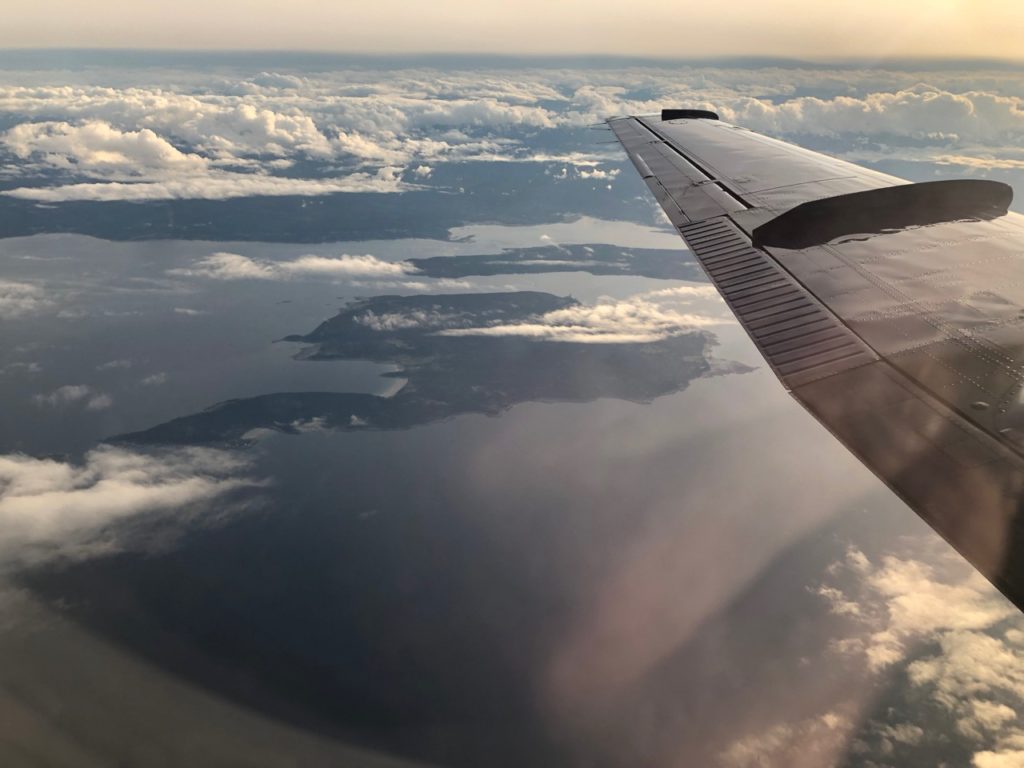
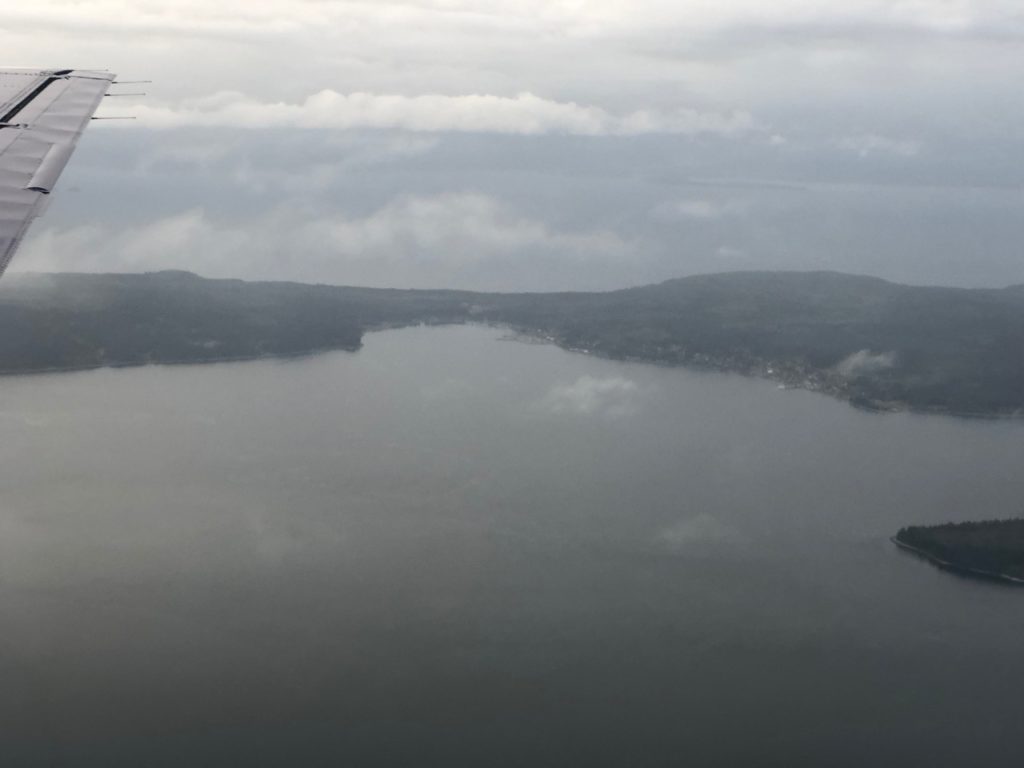
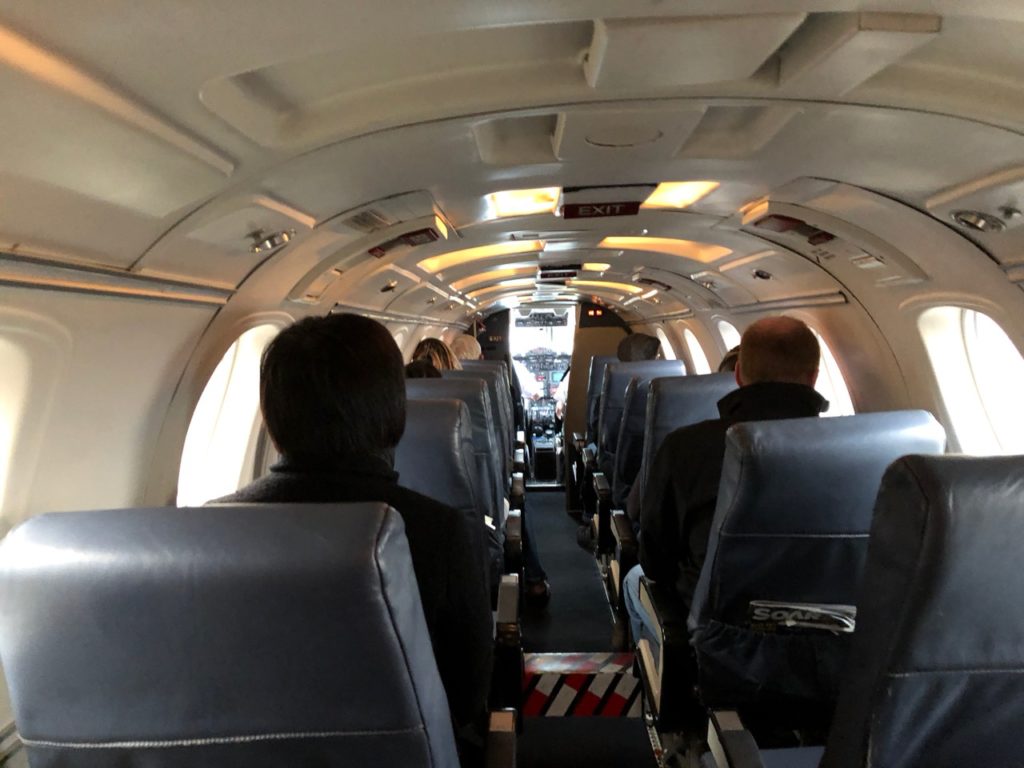
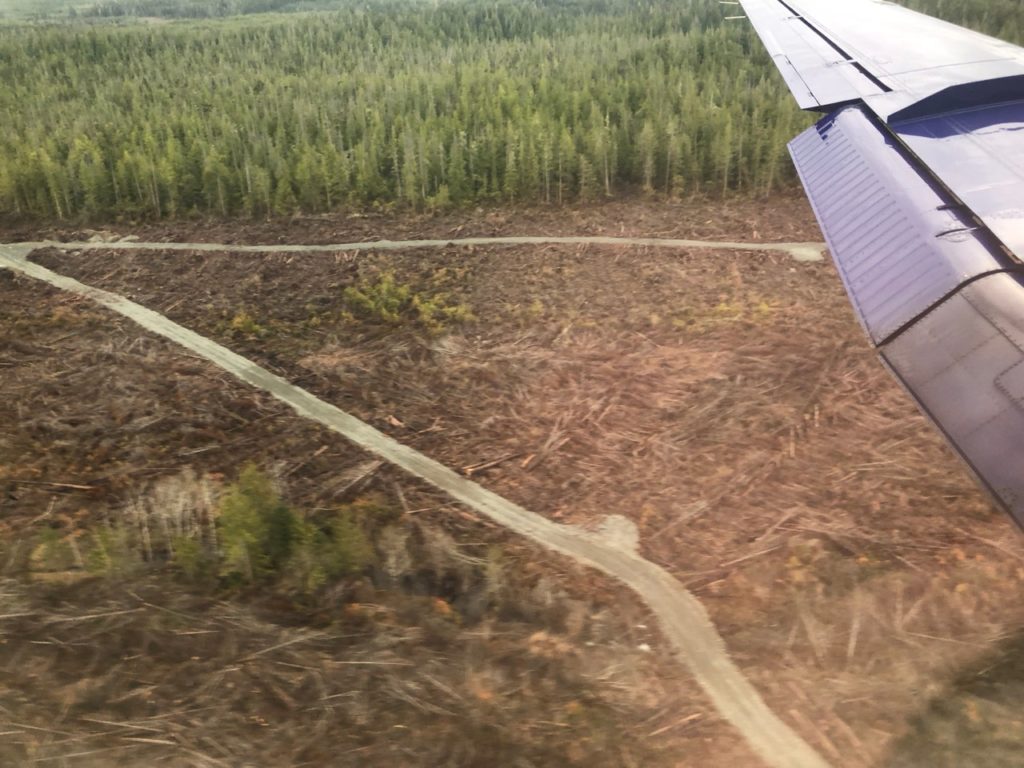
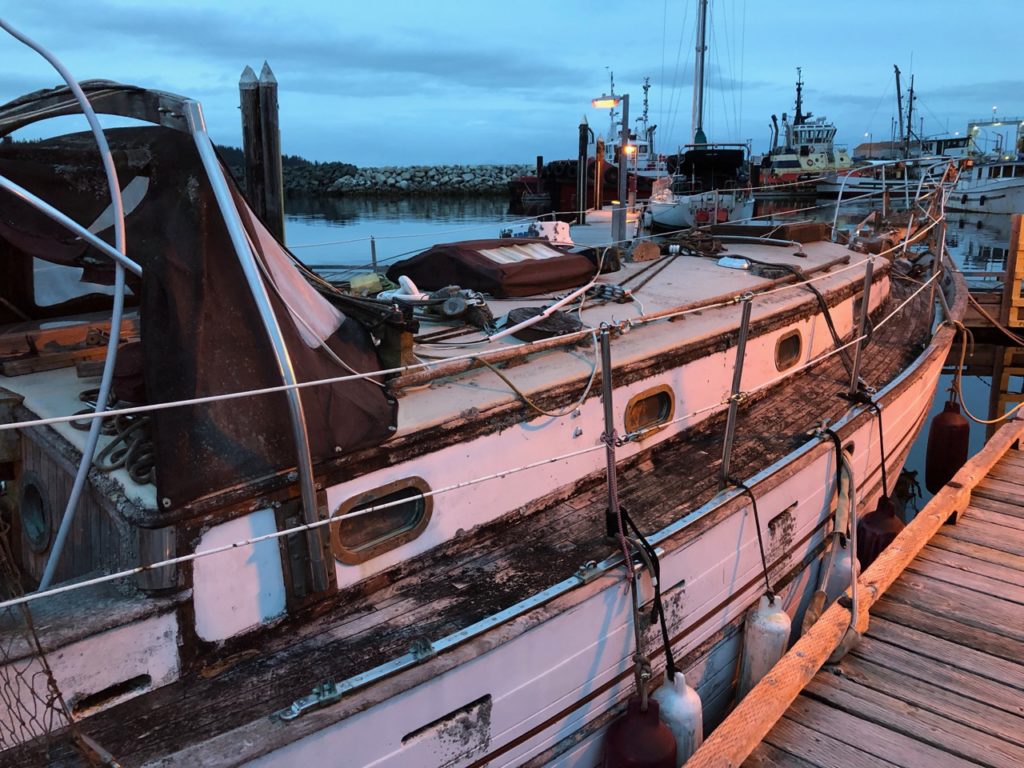
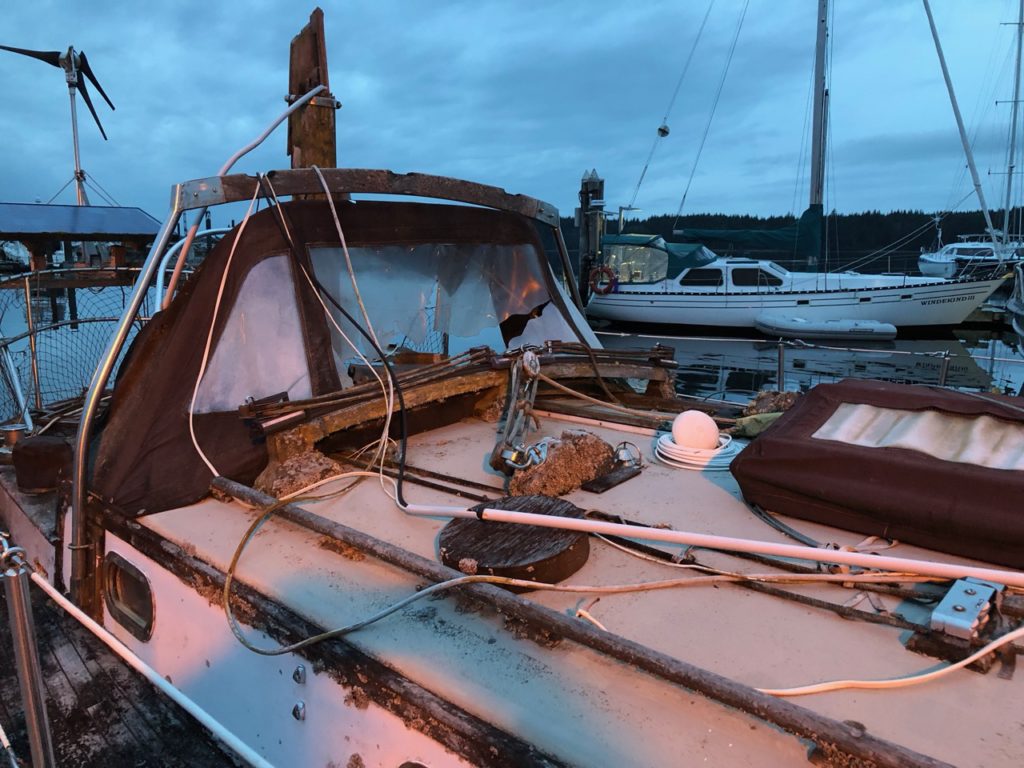
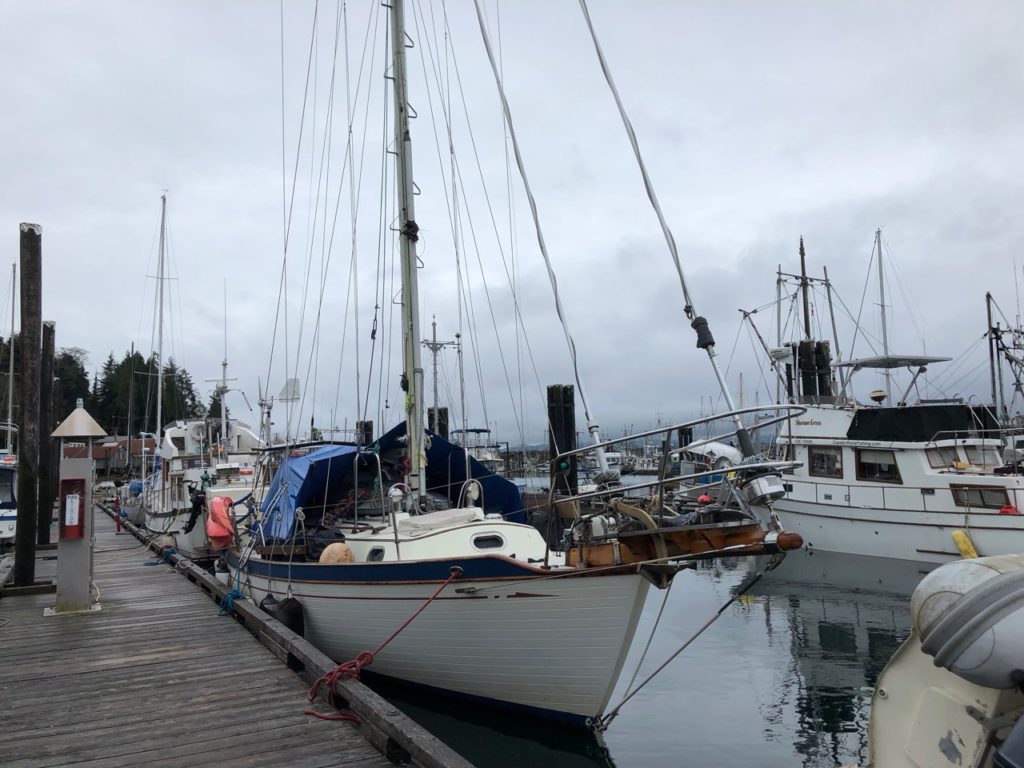
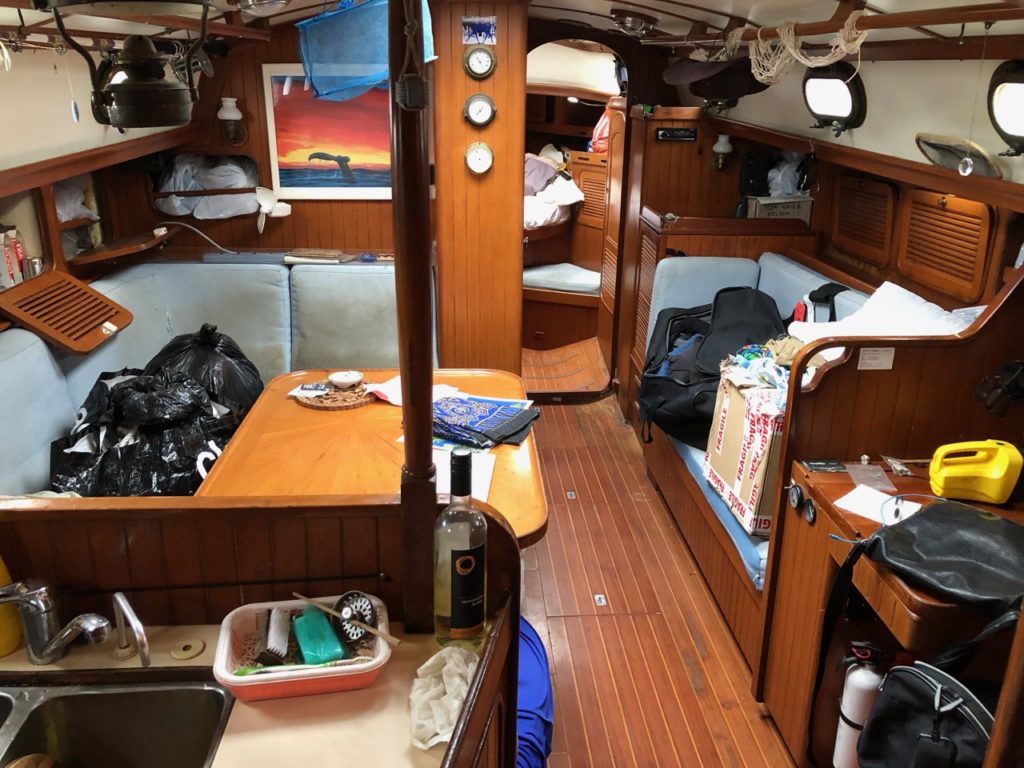
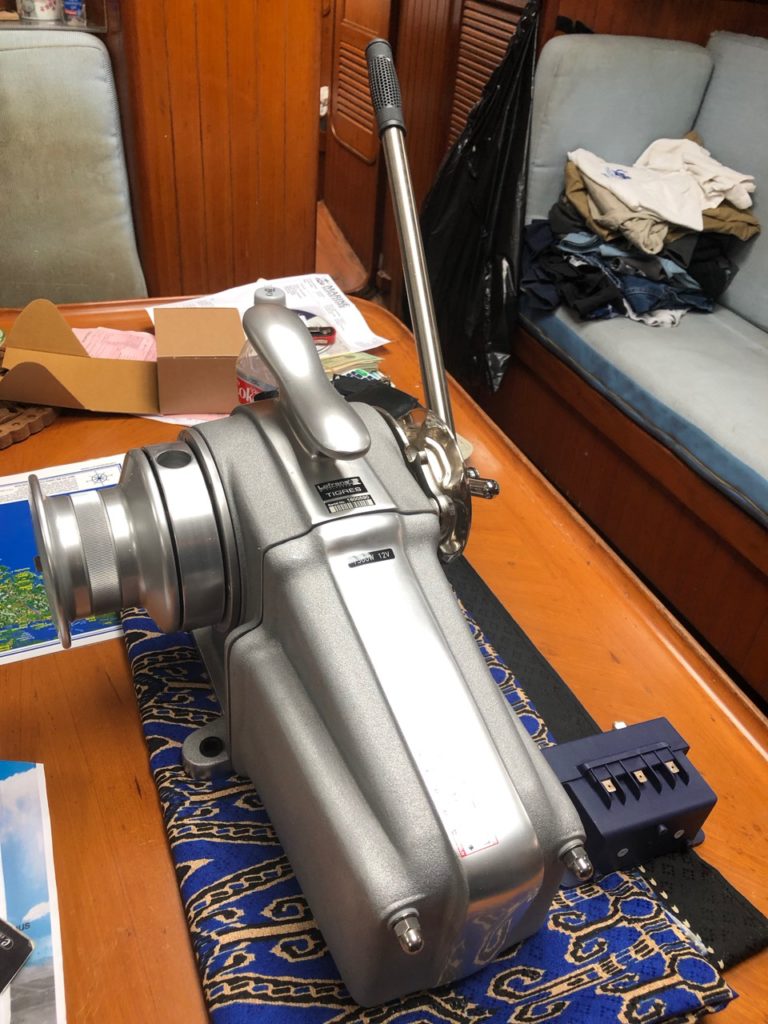
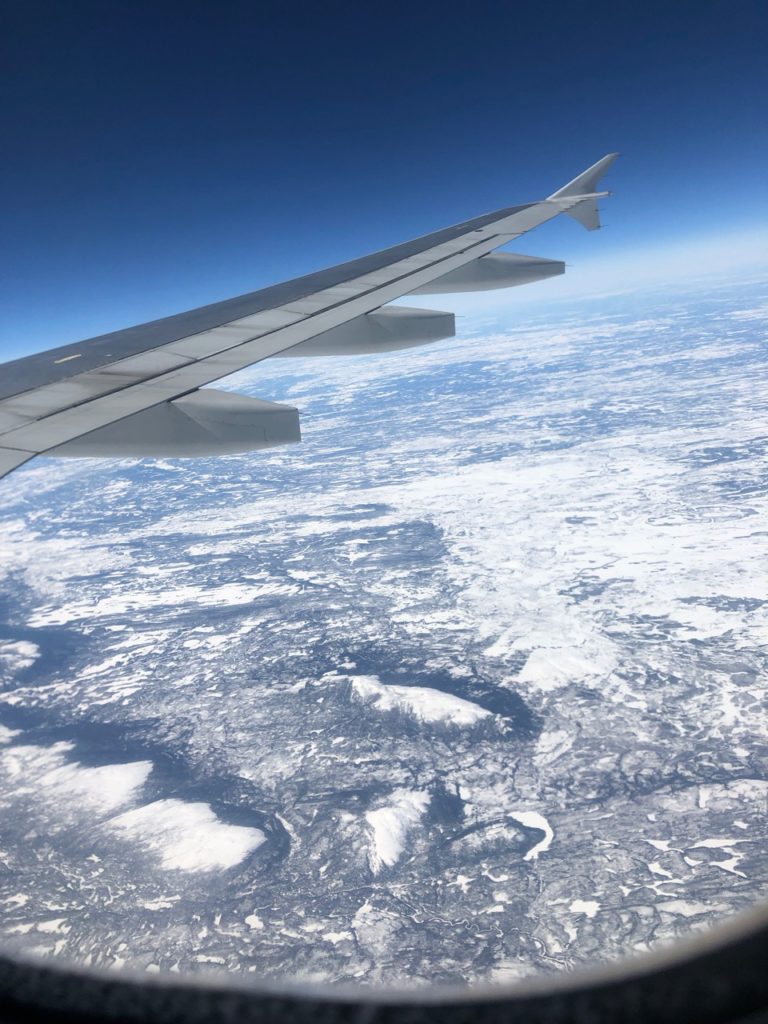




 This is the steam powered clock in the city’s Gas district on the waterfront.
This is the steam powered clock in the city’s Gas district on the waterfront.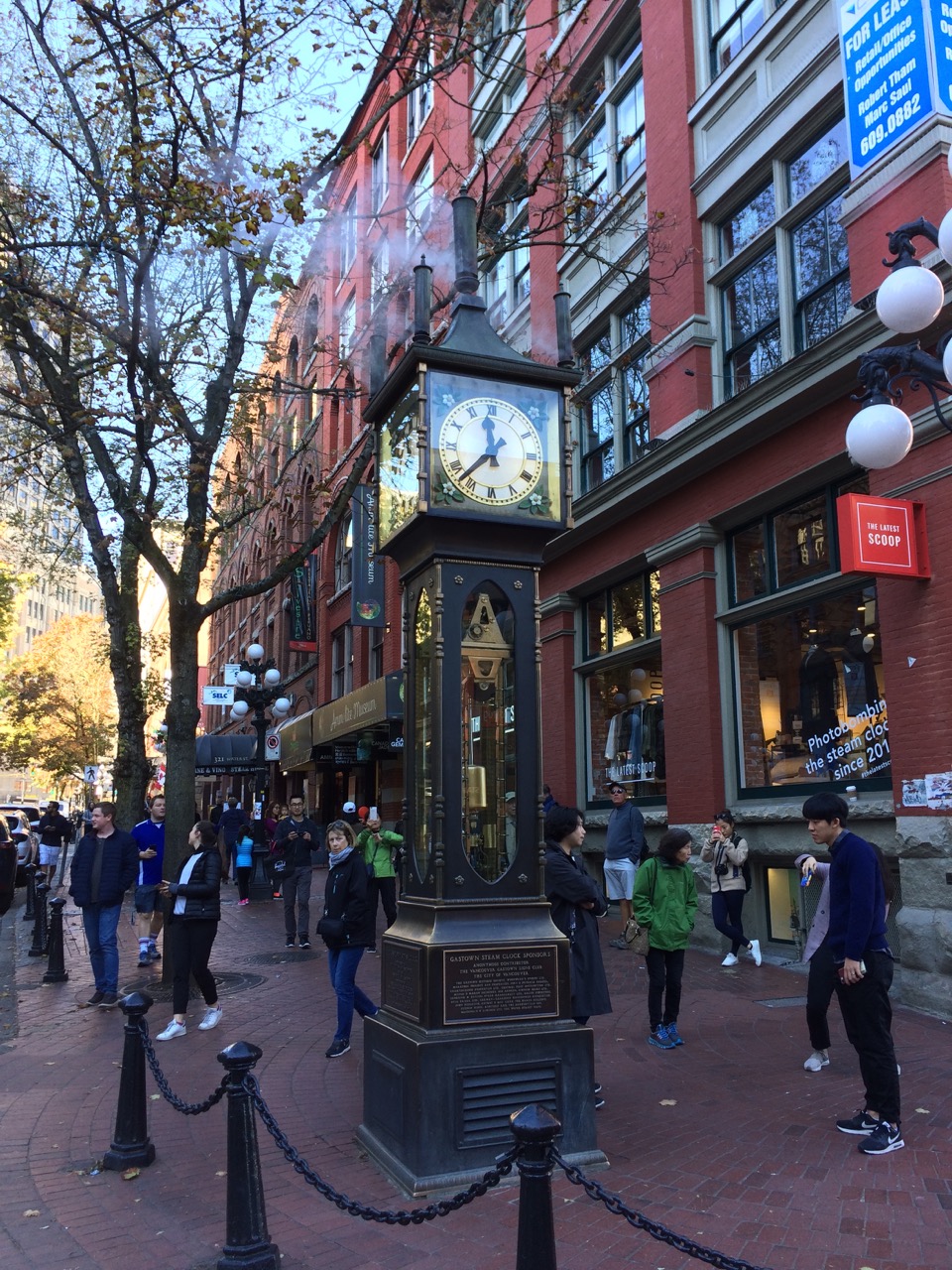 And these guys must make most Canadians groan in the way I do whenever an American film on the UK has the obligatory red bus/ telephone box and beat bobby. There’s no shortages of tourist gift stores in this area, much like every city we have ever visited. However a lot of the gifts were high quality and if I was richer, everyone might have got Vancouver branded clothing for christmas.
And these guys must make most Canadians groan in the way I do whenever an American film on the UK has the obligatory red bus/ telephone box and beat bobby. There’s no shortages of tourist gift stores in this area, much like every city we have ever visited. However a lot of the gifts were high quality and if I was richer, everyone might have got Vancouver branded clothing for christmas. So we had a pleasant dinner in a grand railway station building at the Waterfront station then headed off to the airport where we got a budget flight home on Air Transat. The 9 hour flight went quite quickly and we were soon back in dreary Manchester on the train home to Liverpool.
So we had a pleasant dinner in a grand railway station building at the Waterfront station then headed off to the airport where we got a budget flight home on Air Transat. The 9 hour flight went quite quickly and we were soon back in dreary Manchester on the train home to Liverpool.